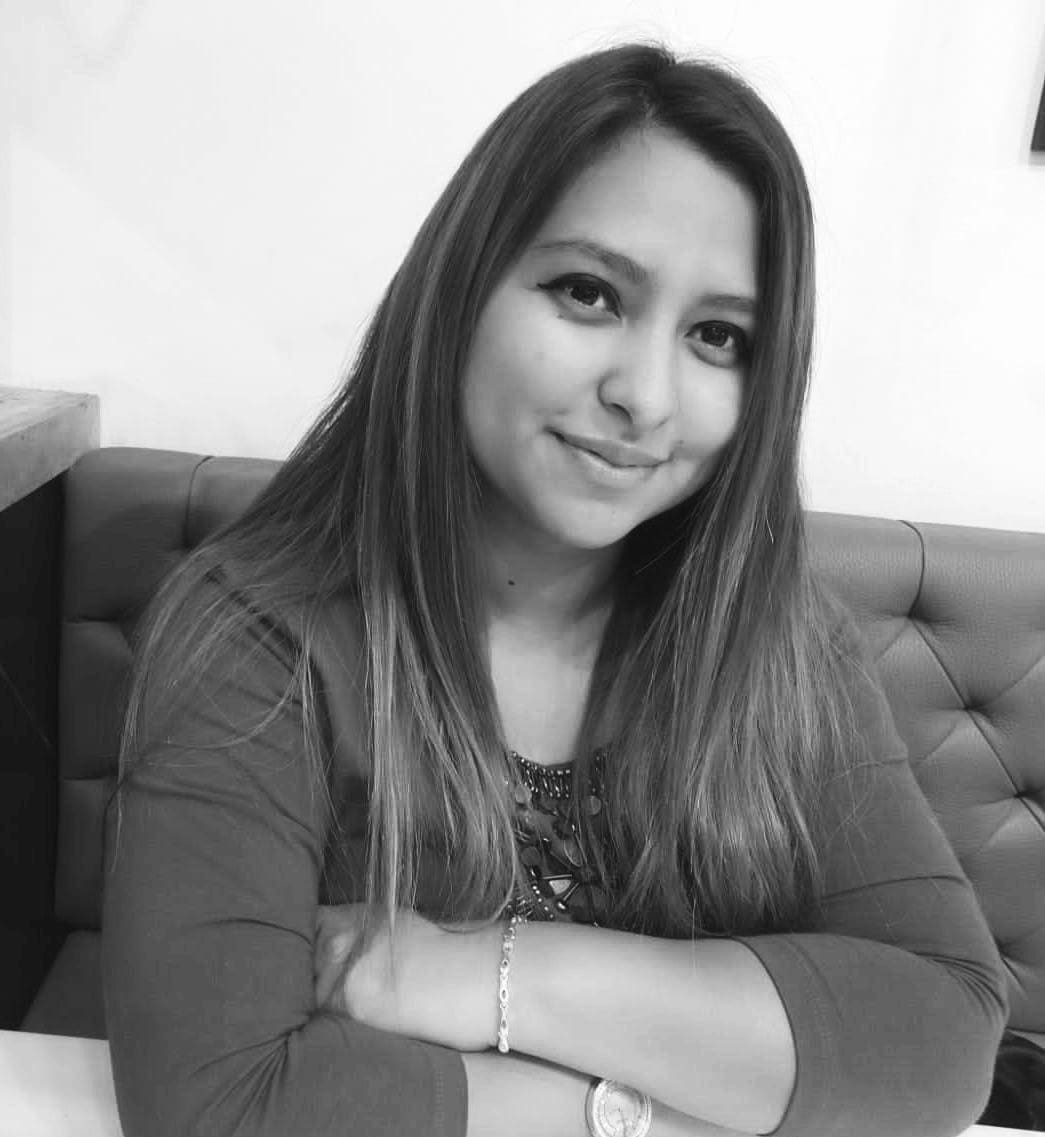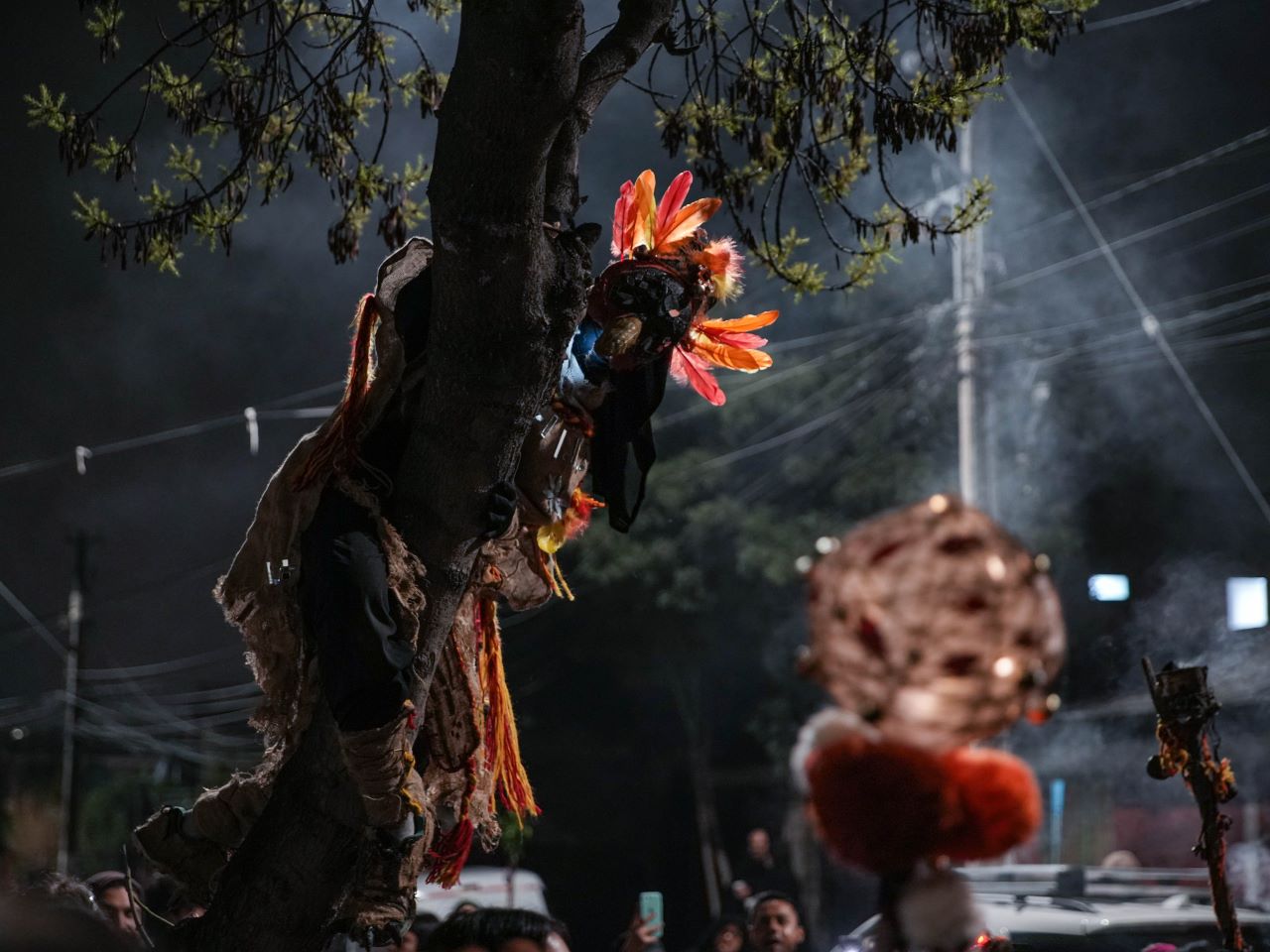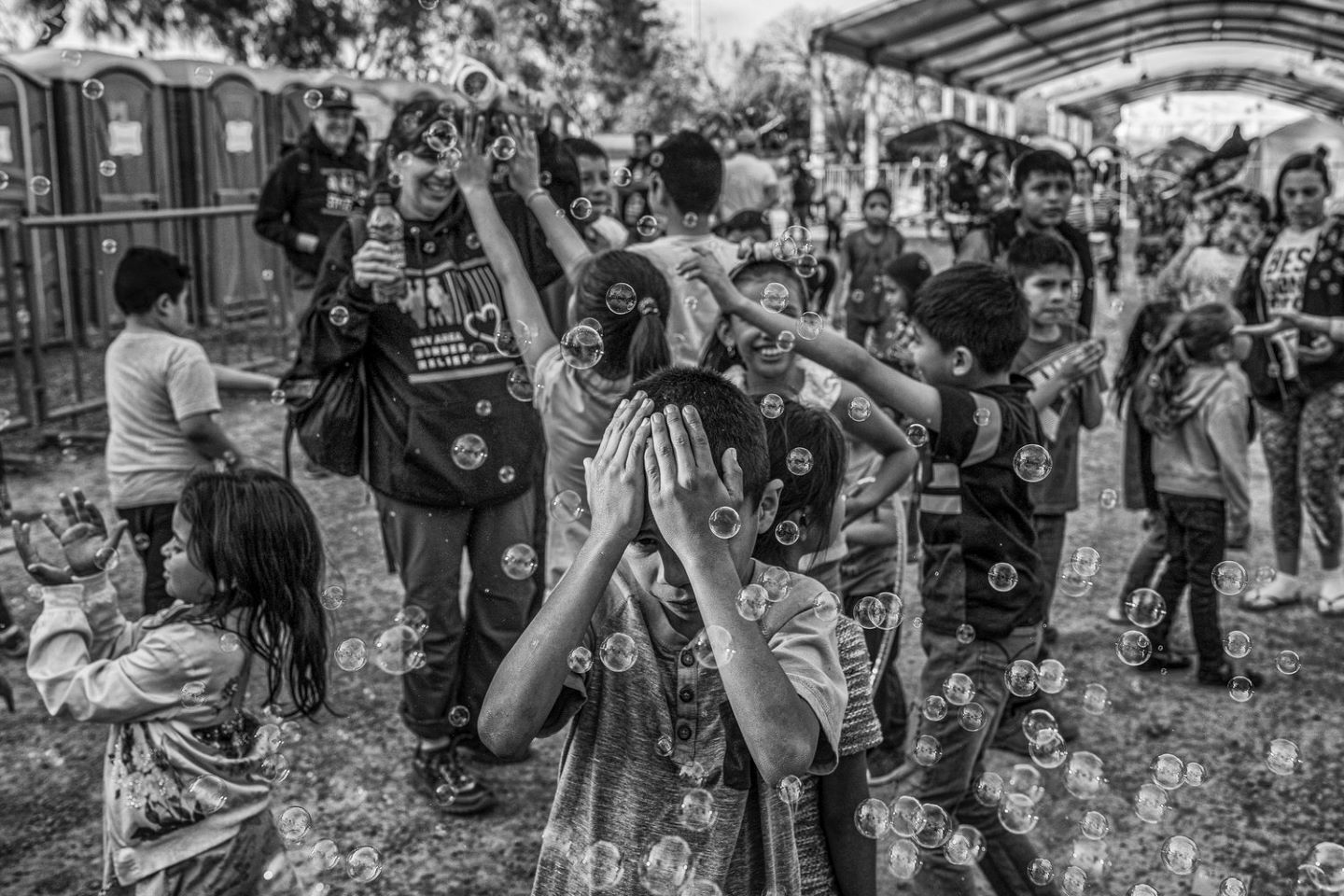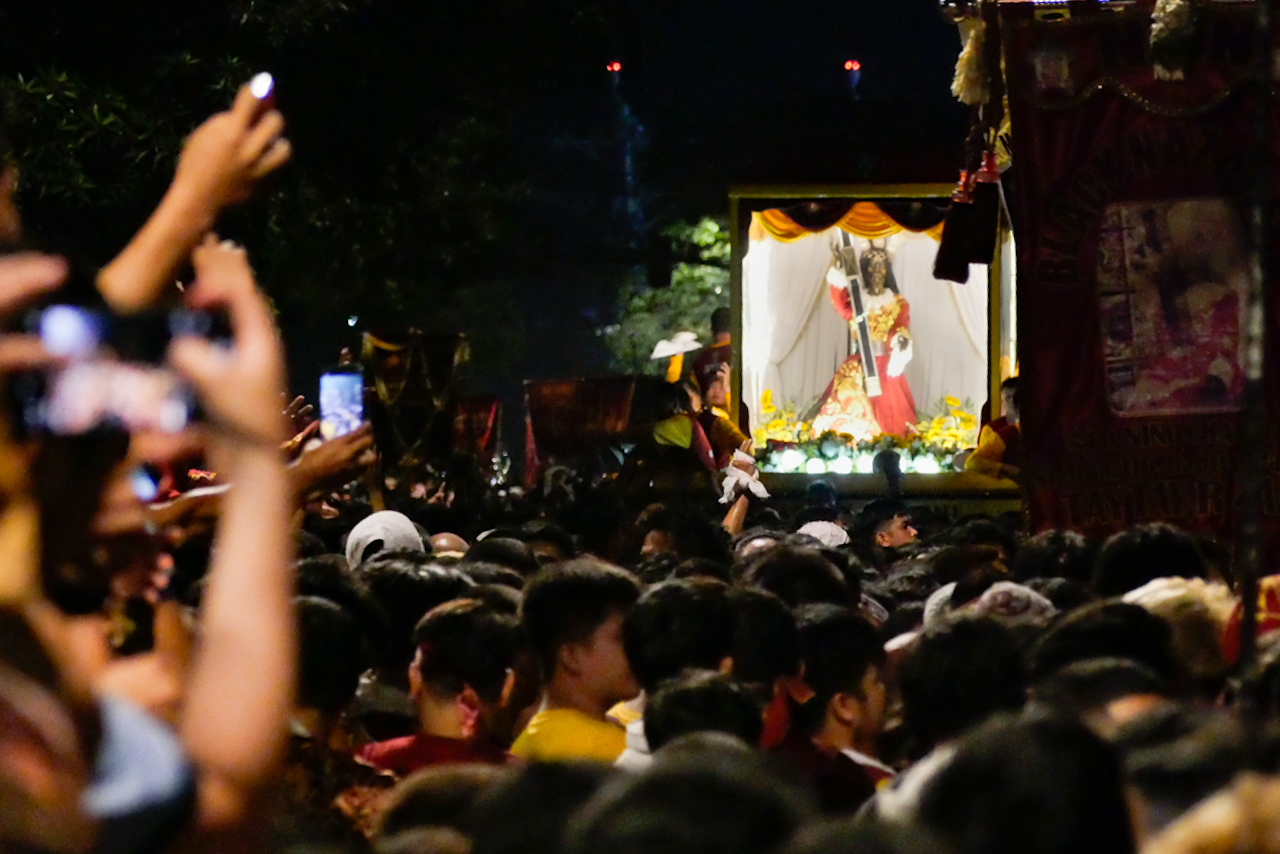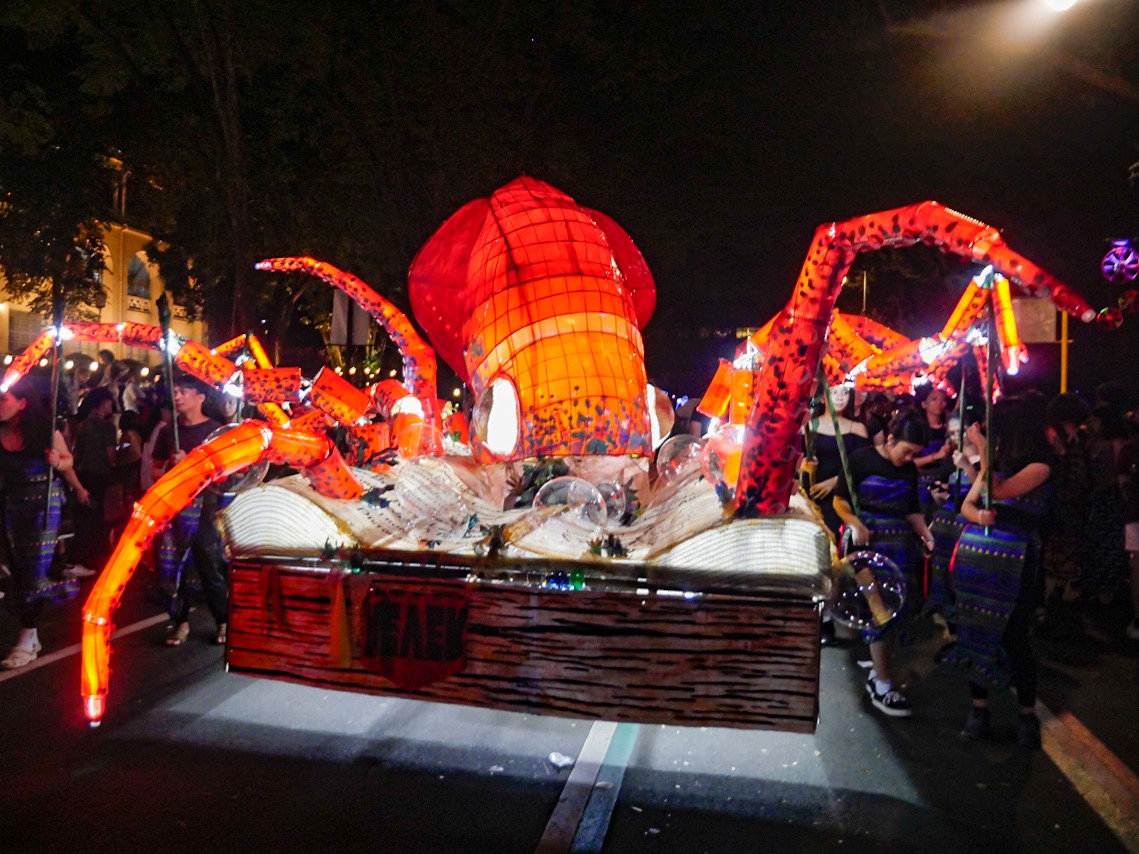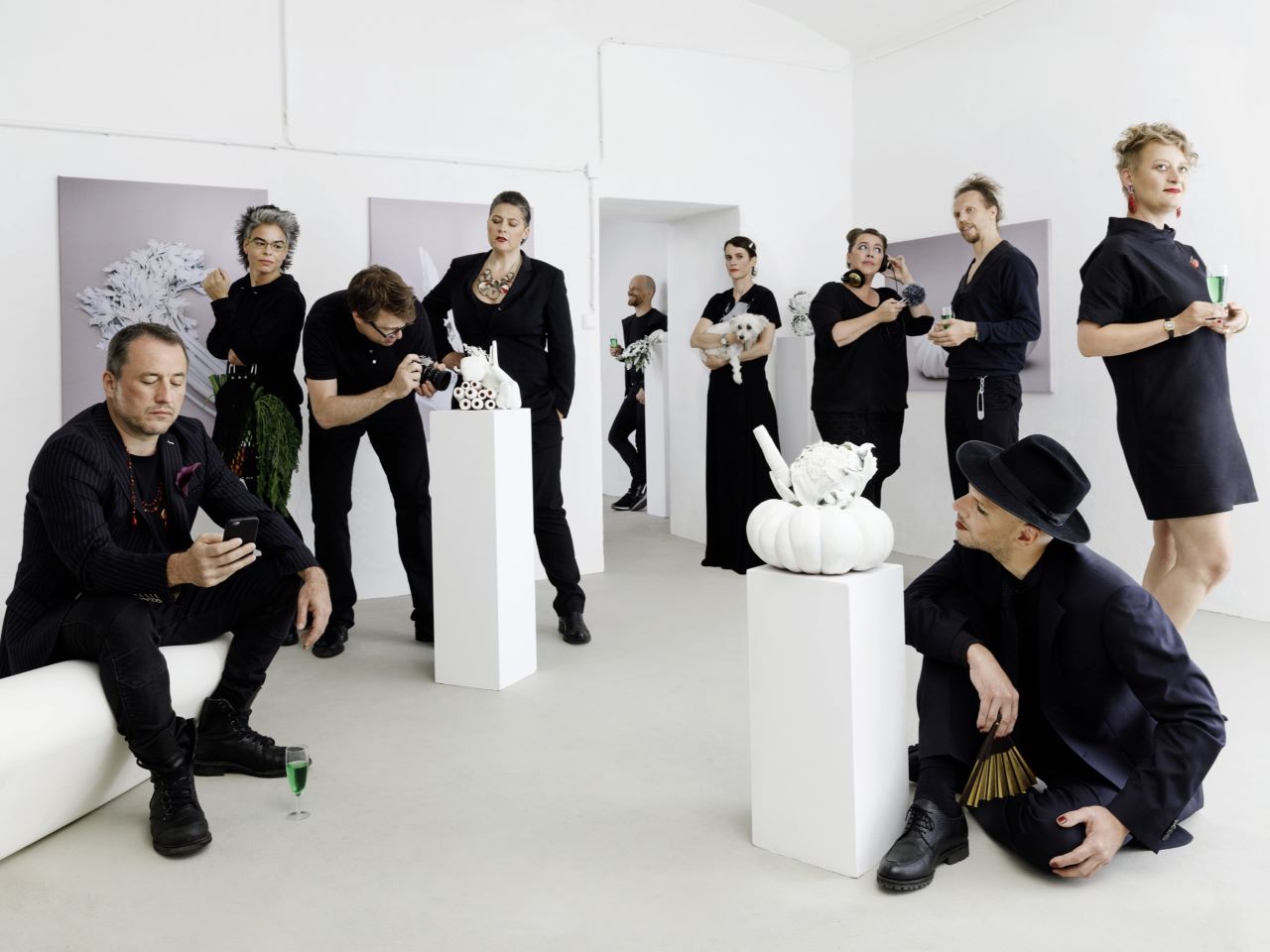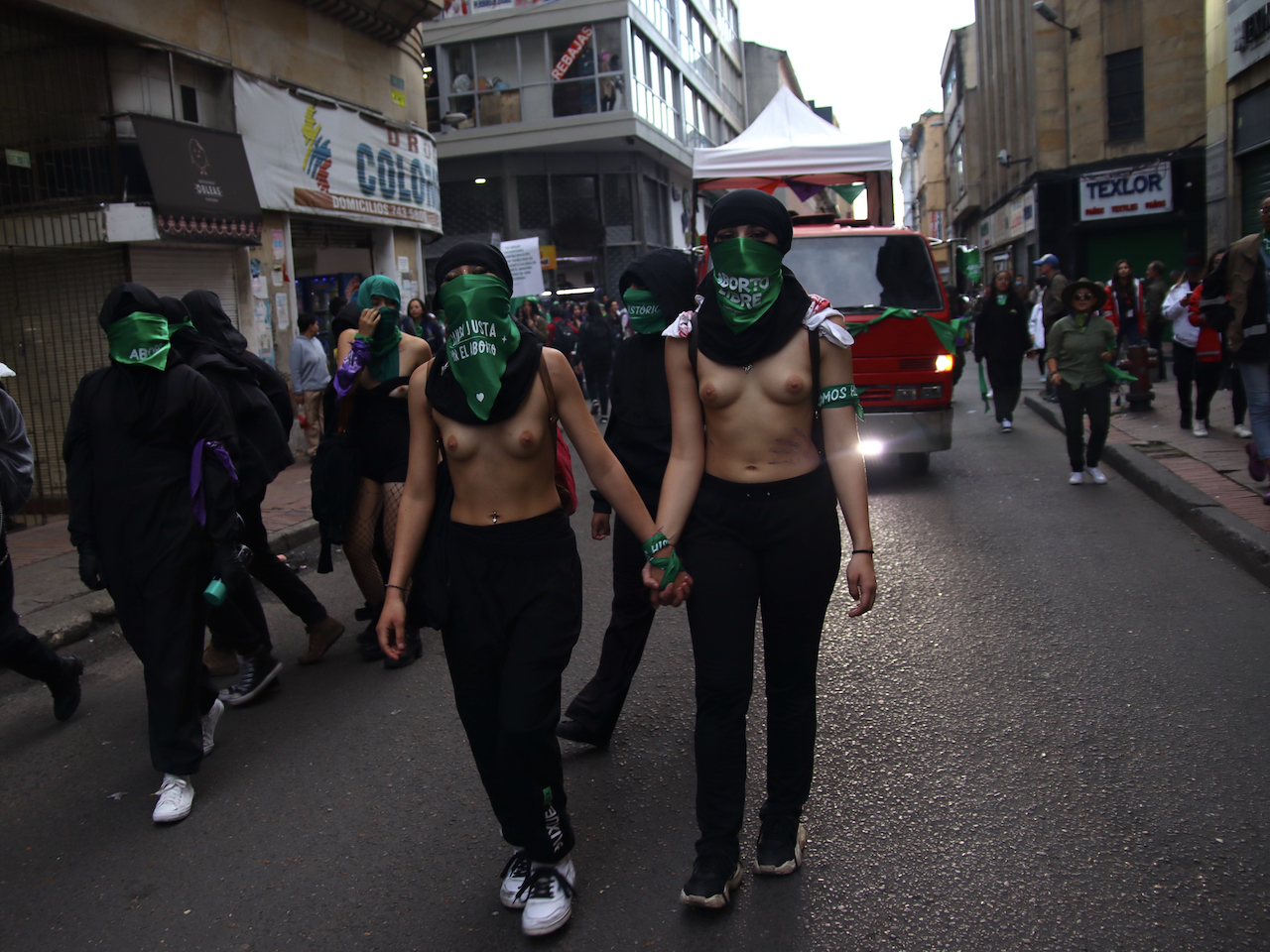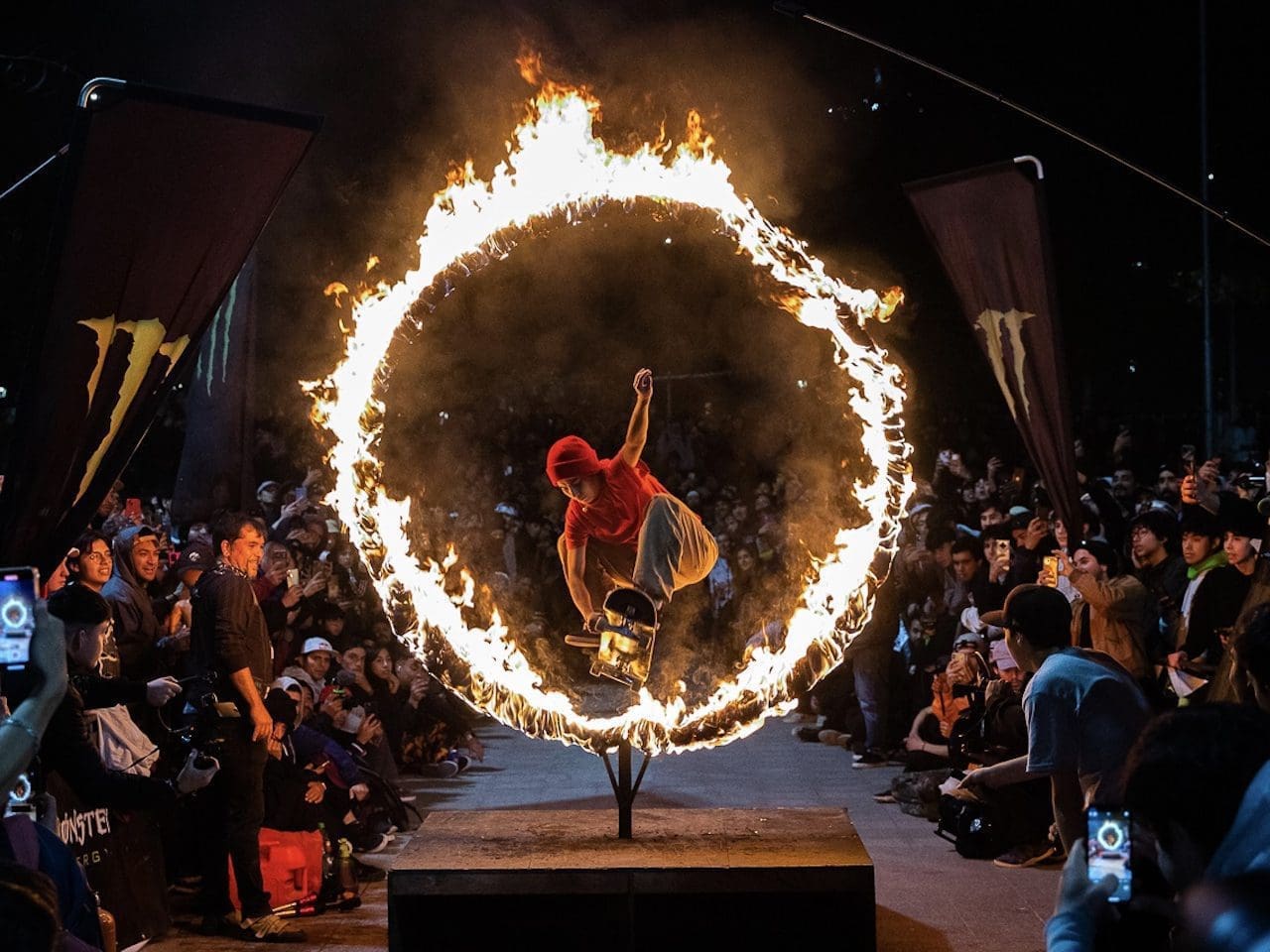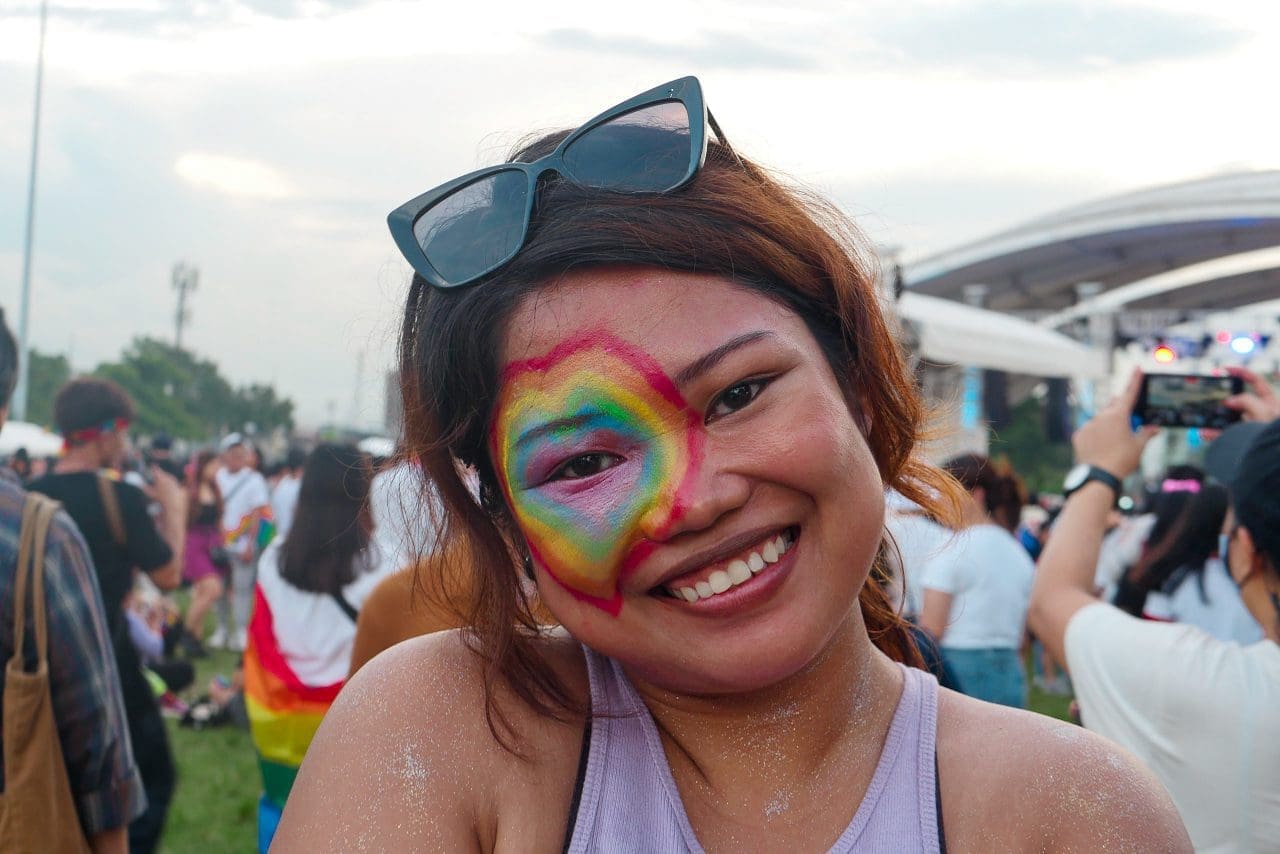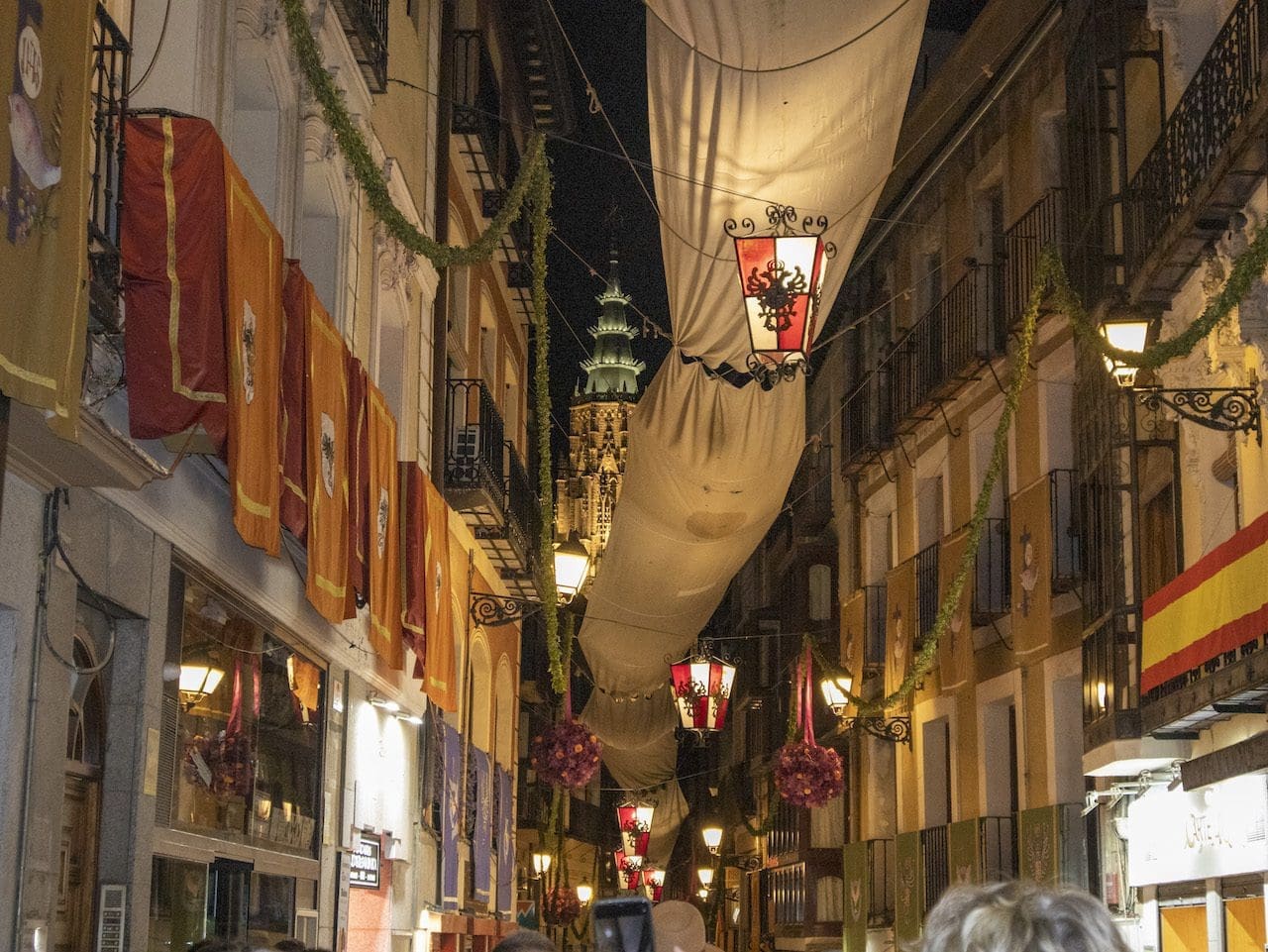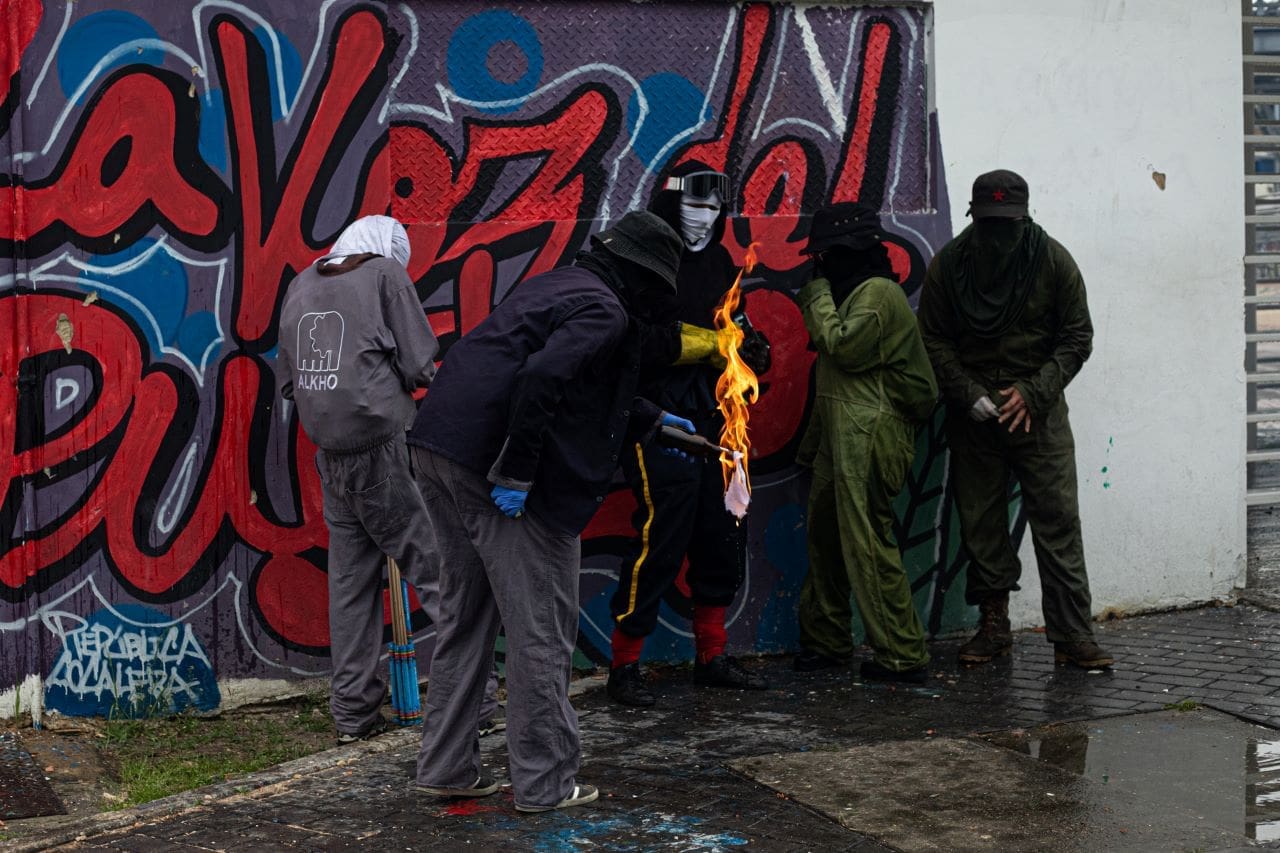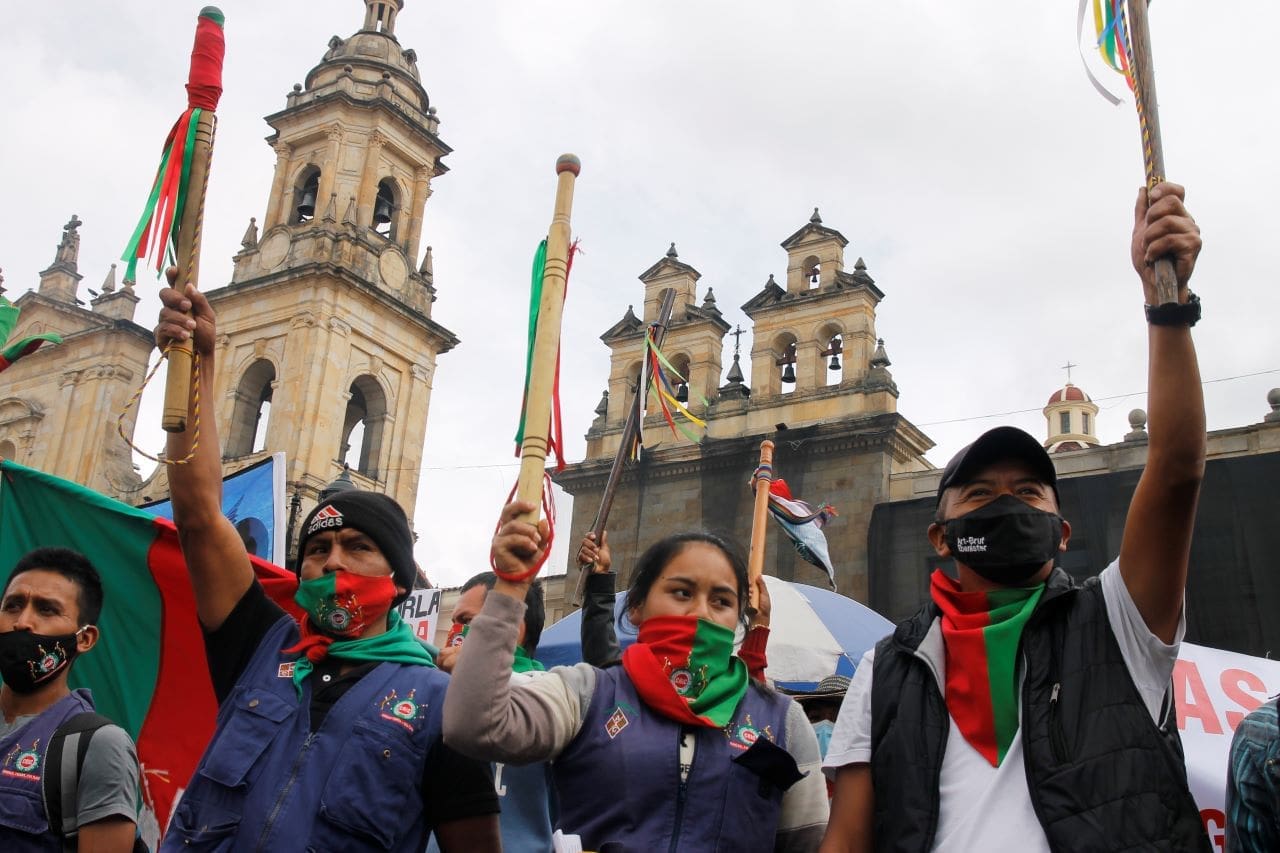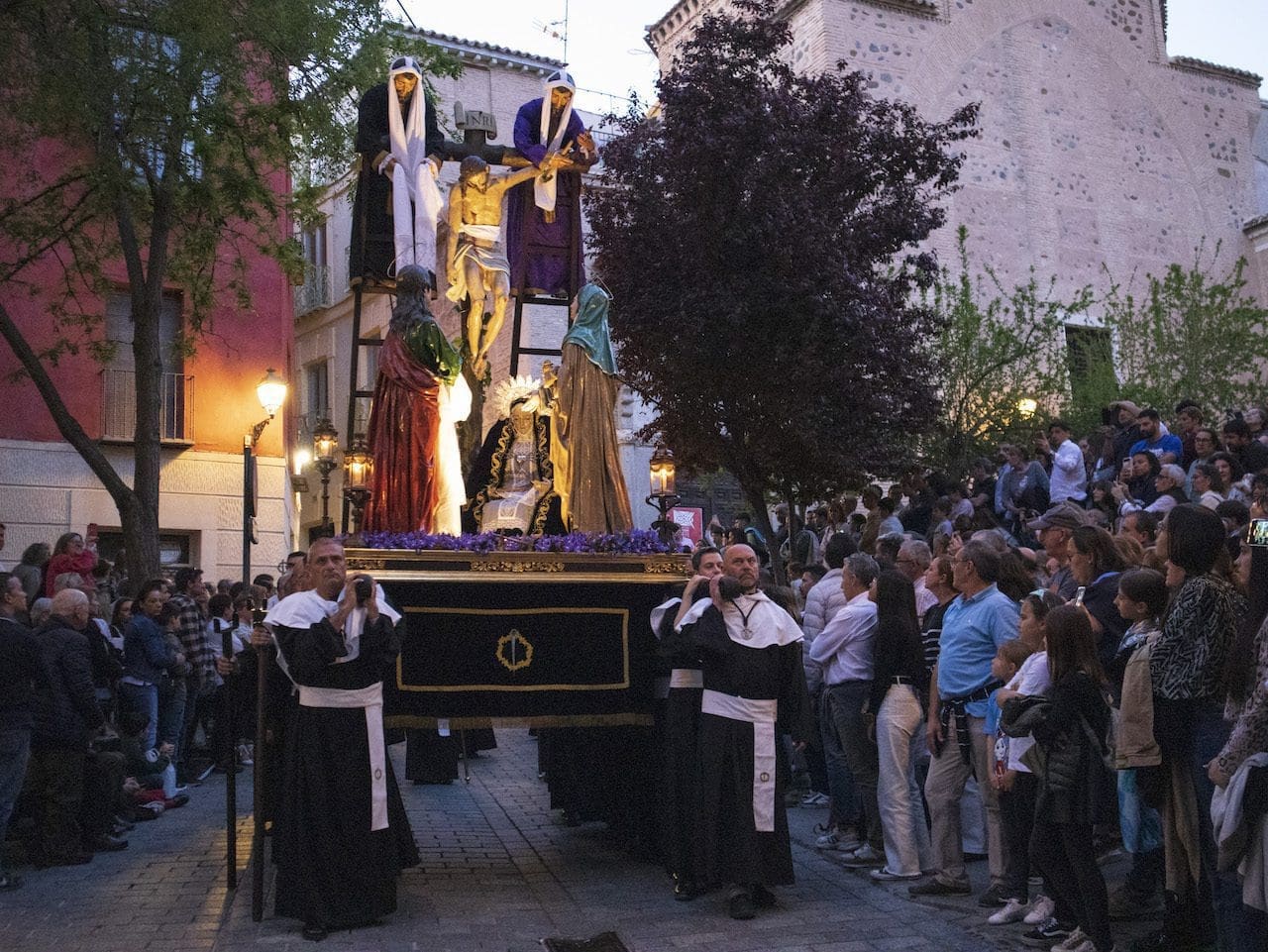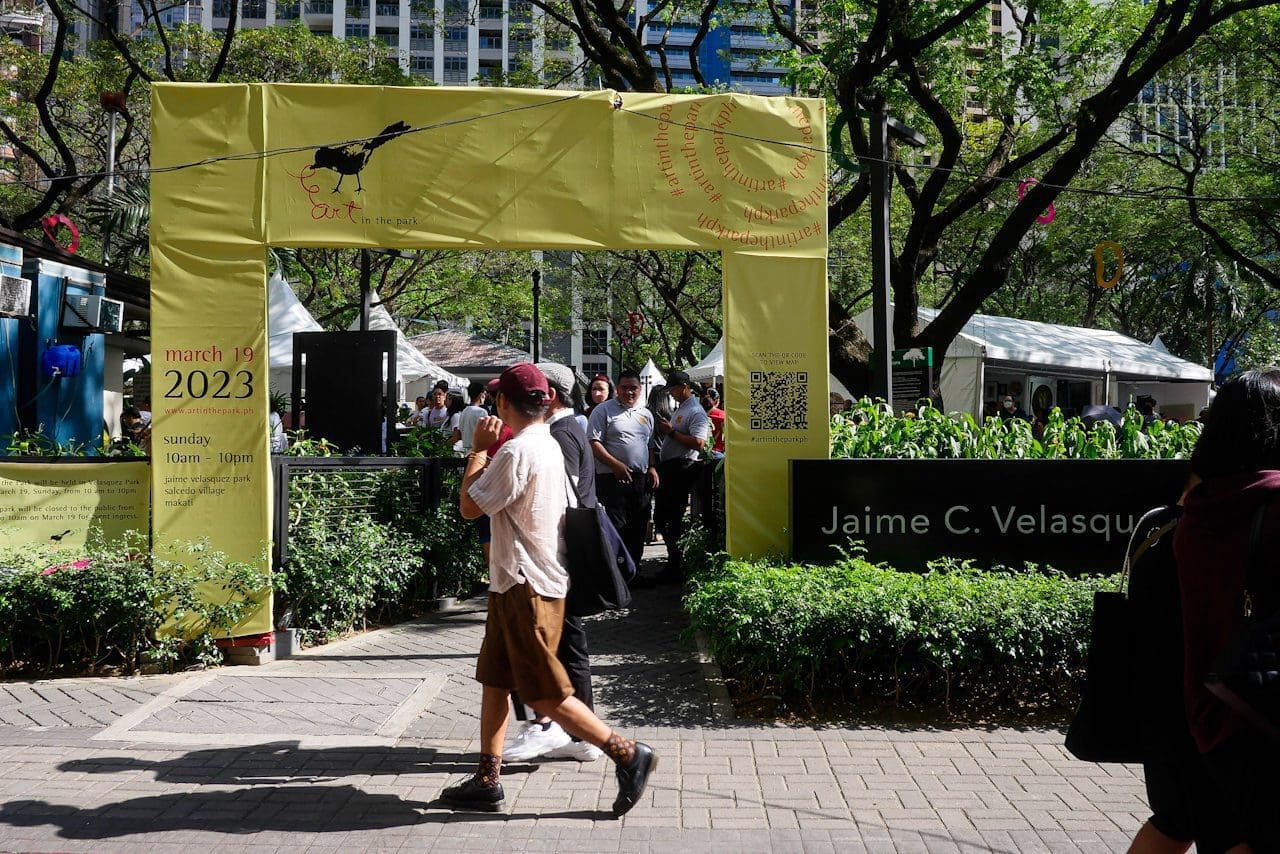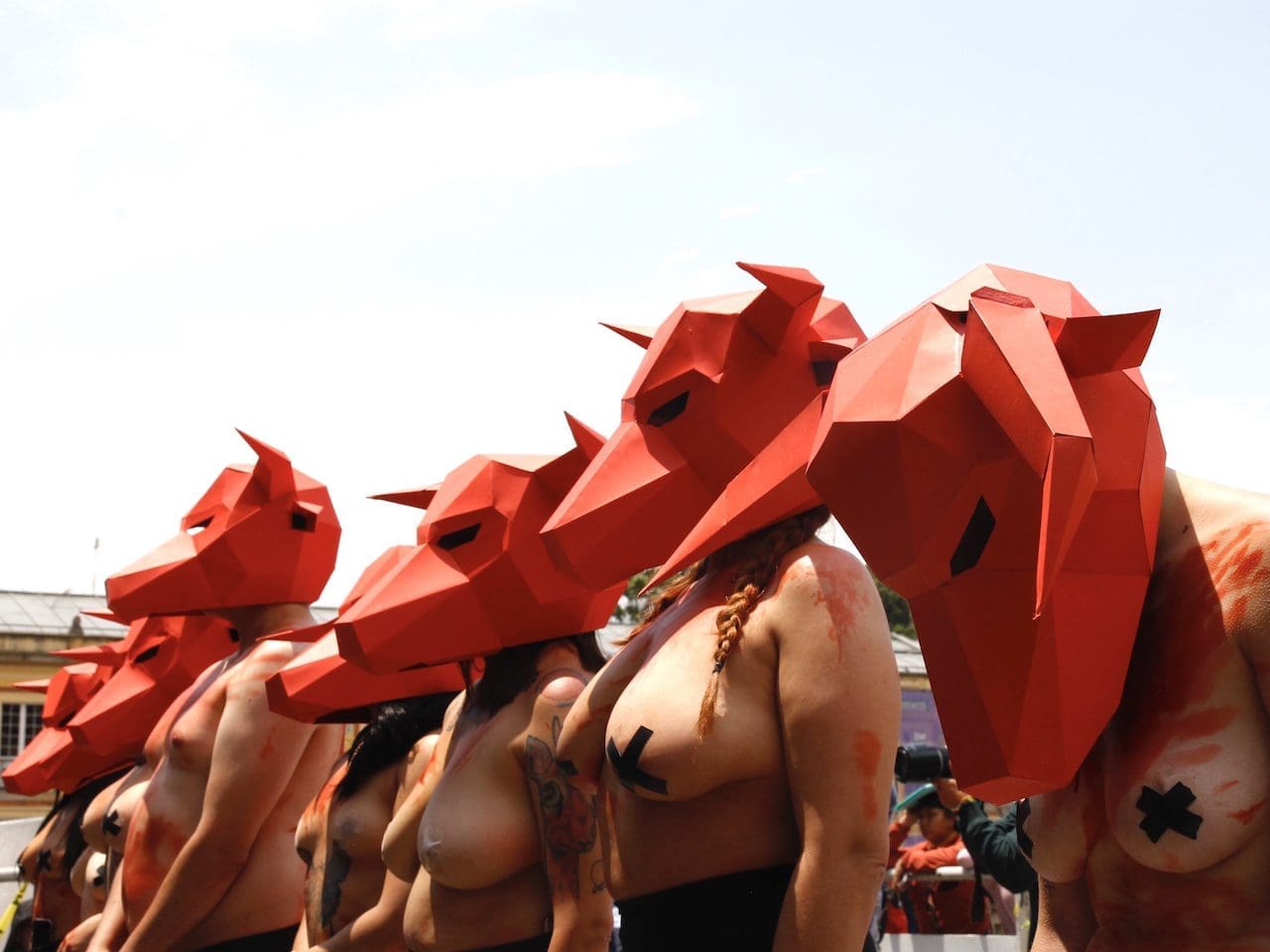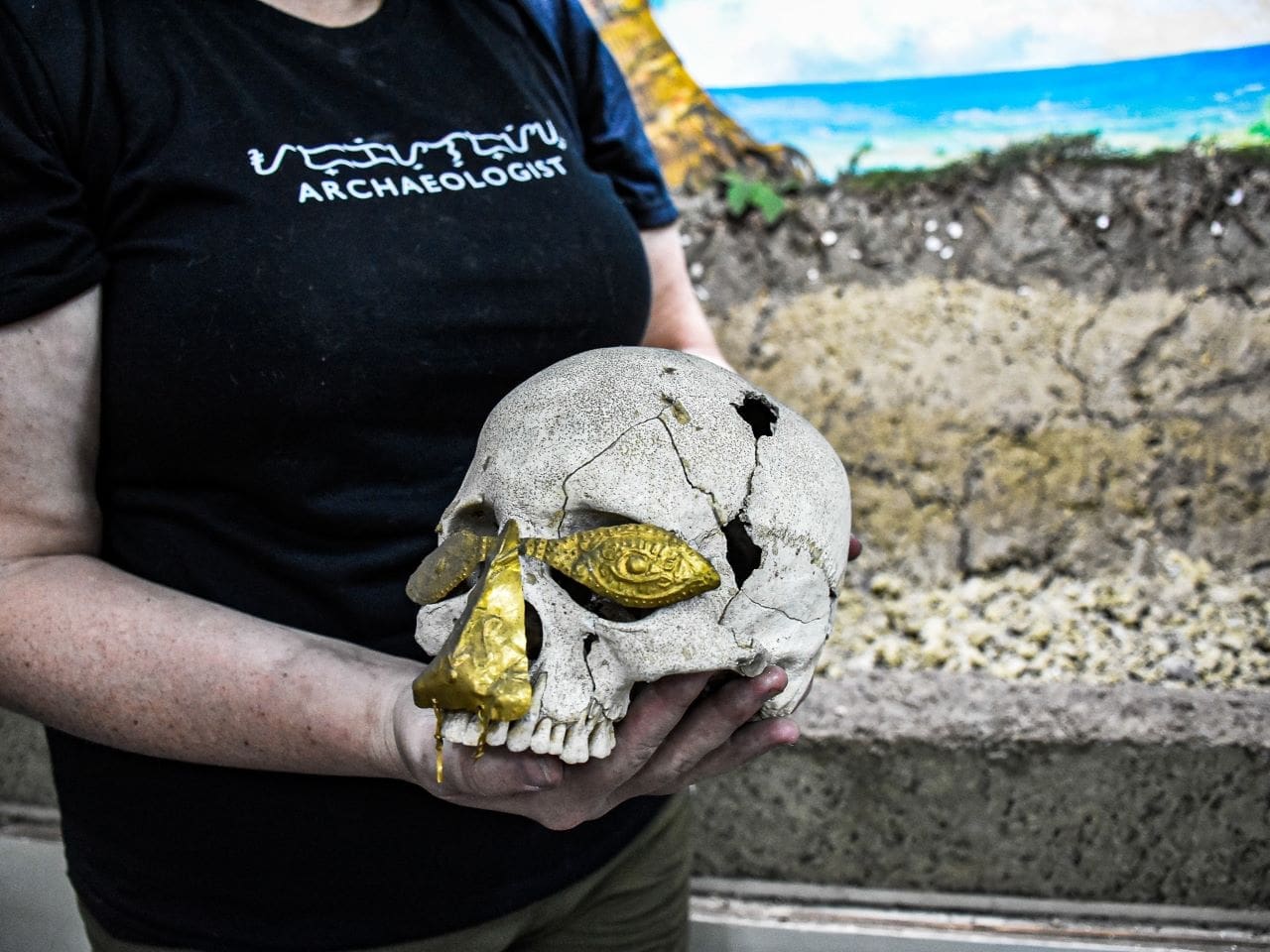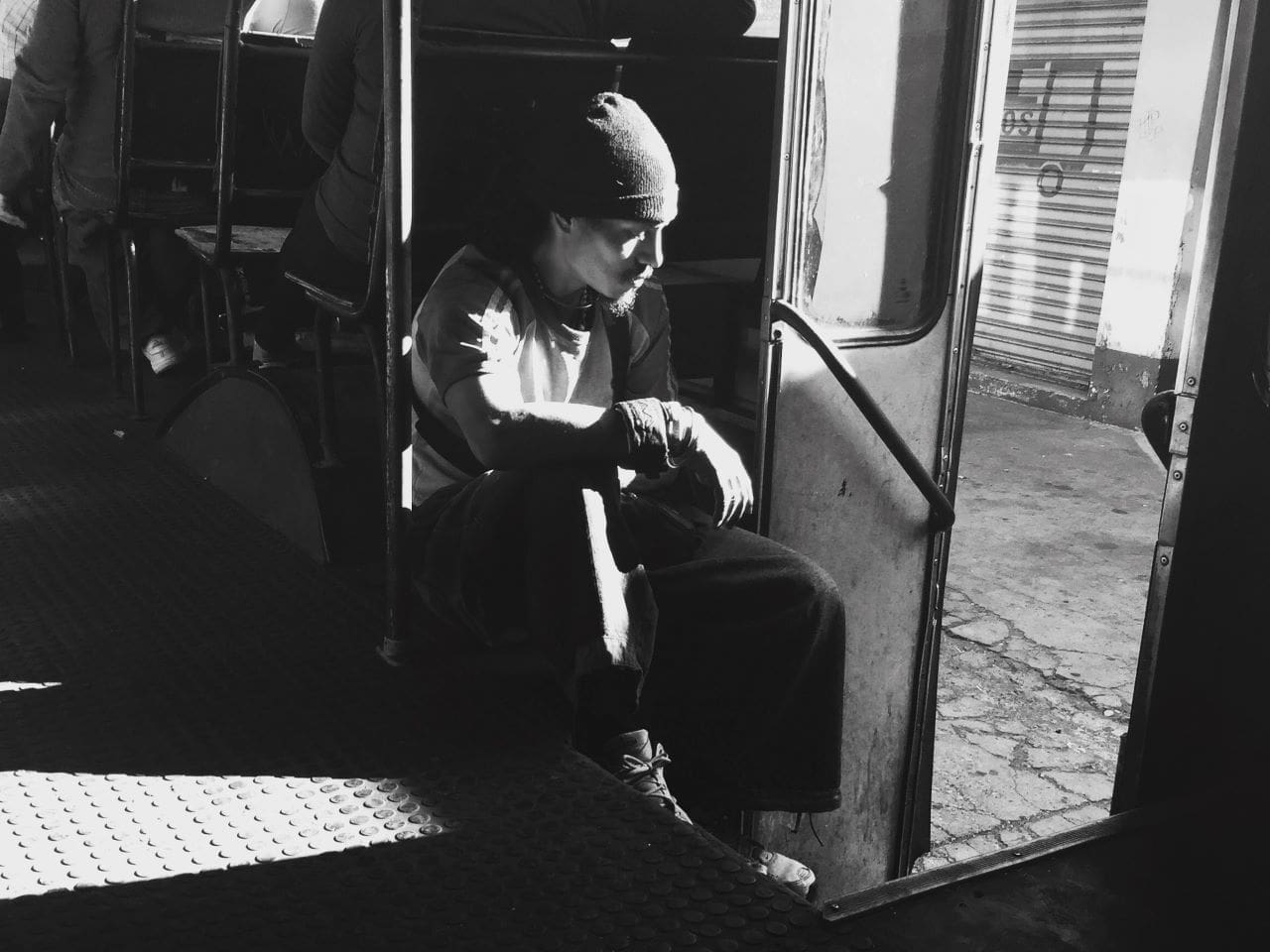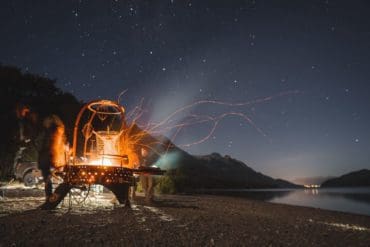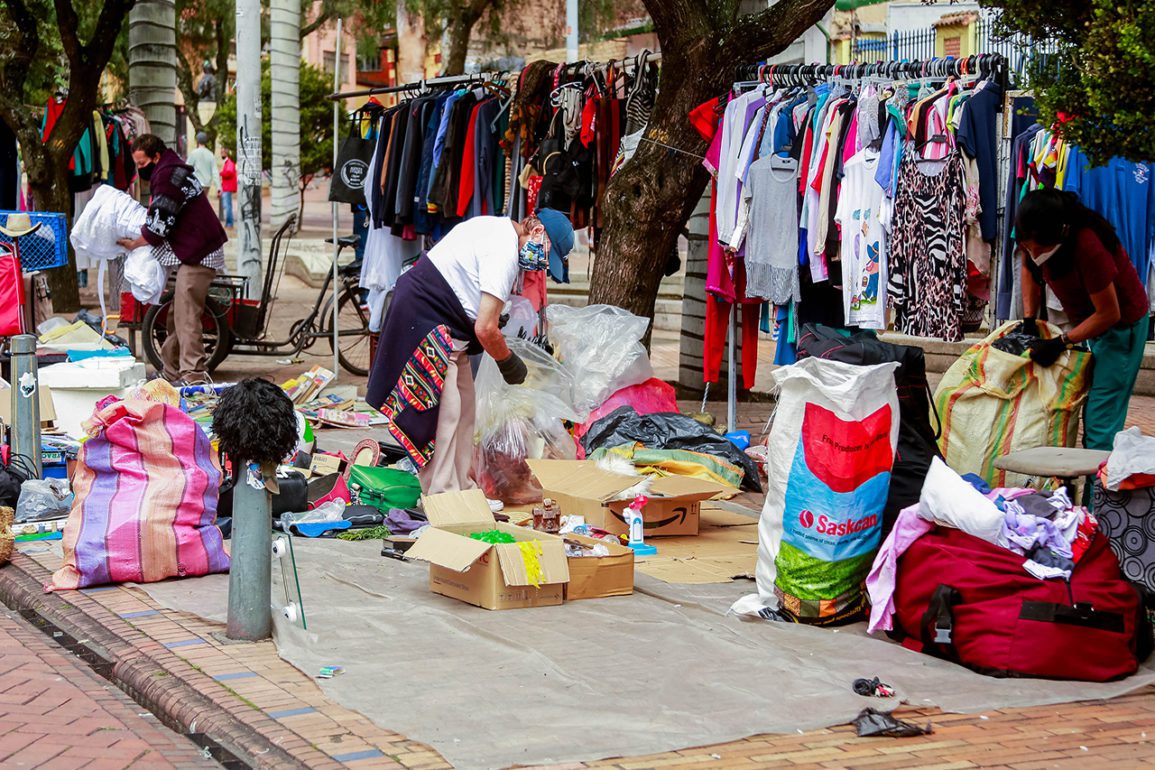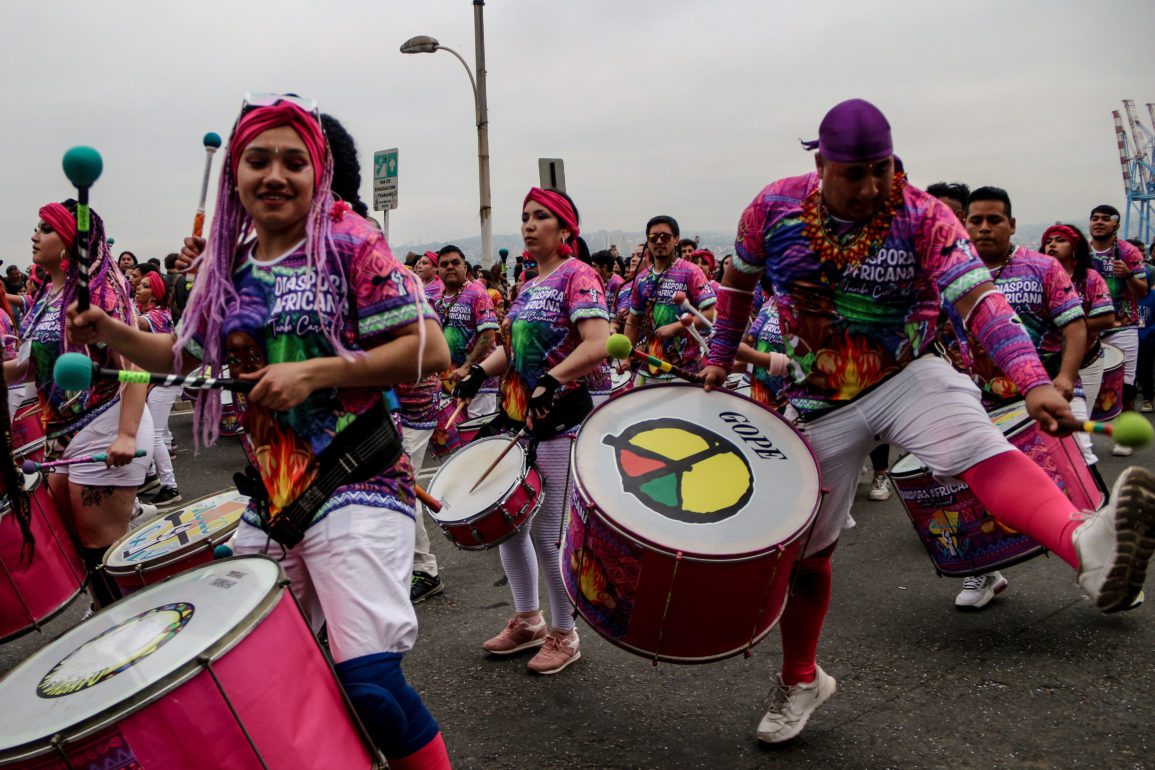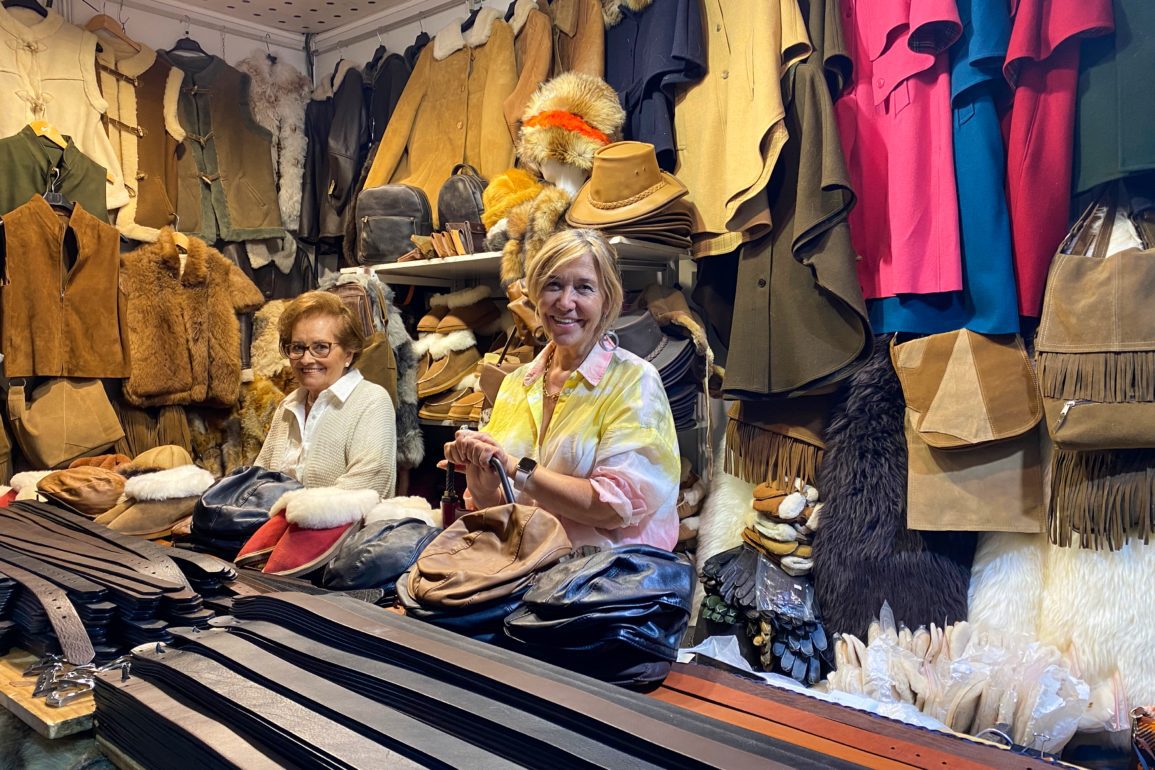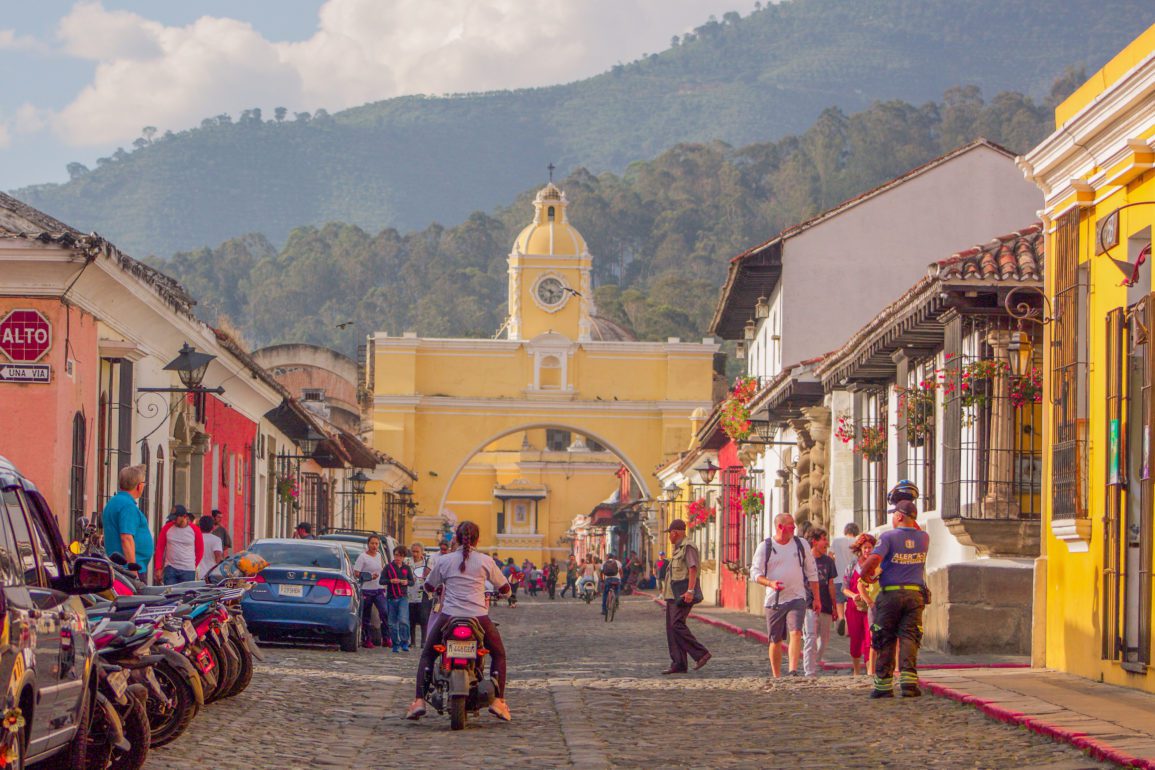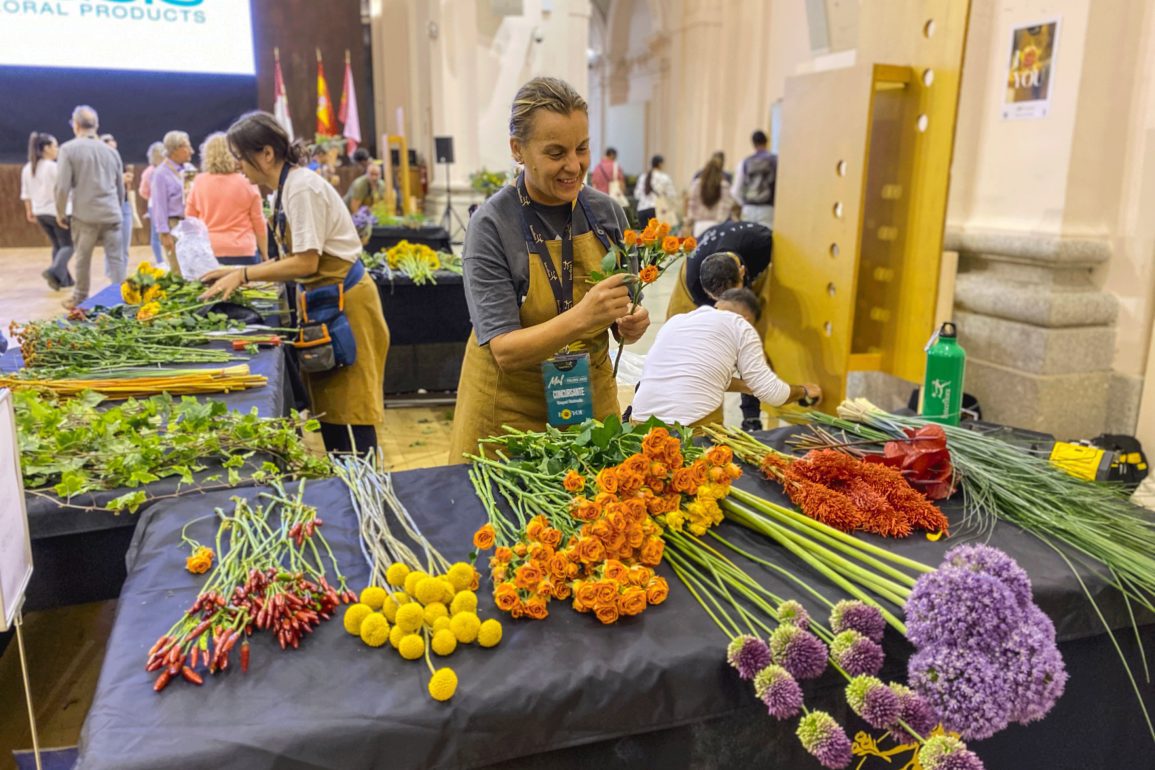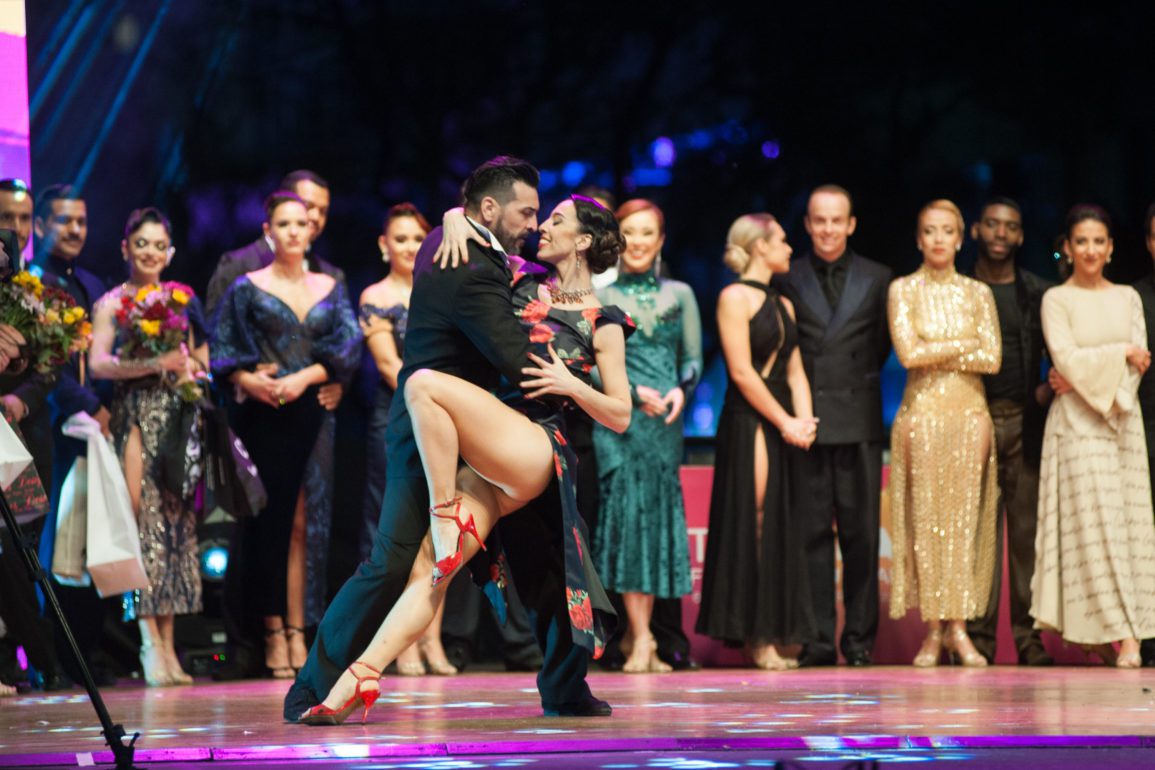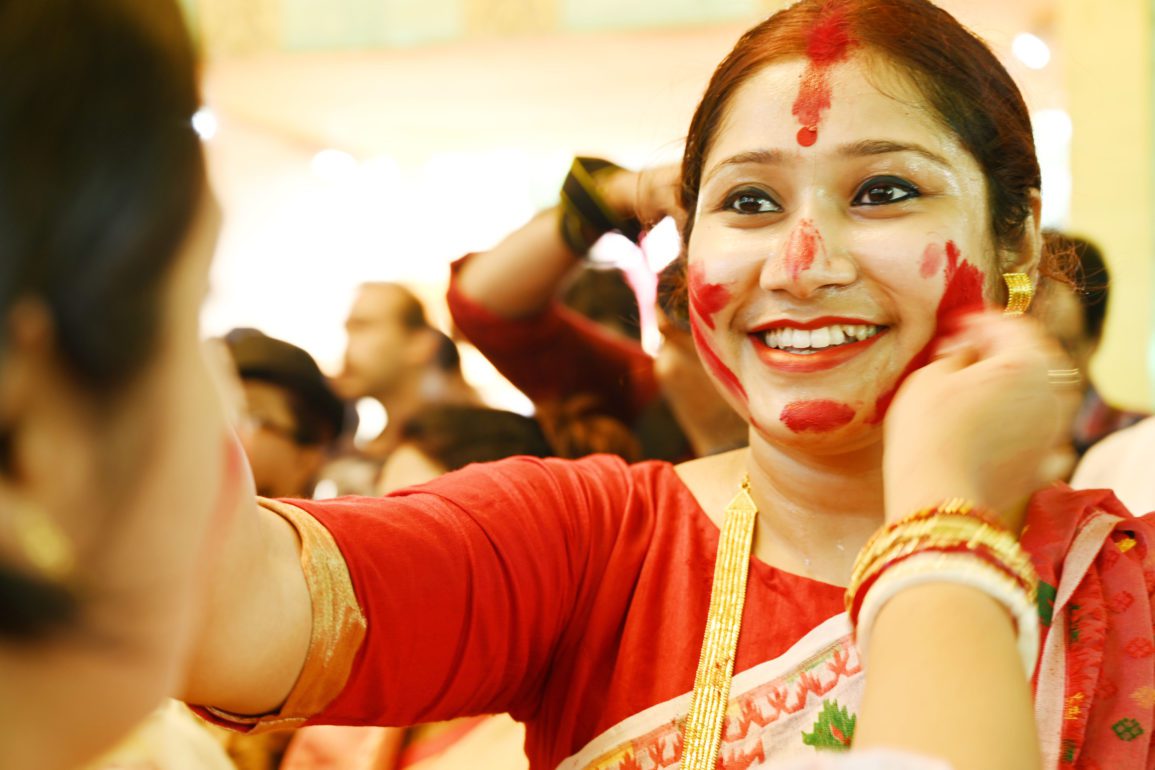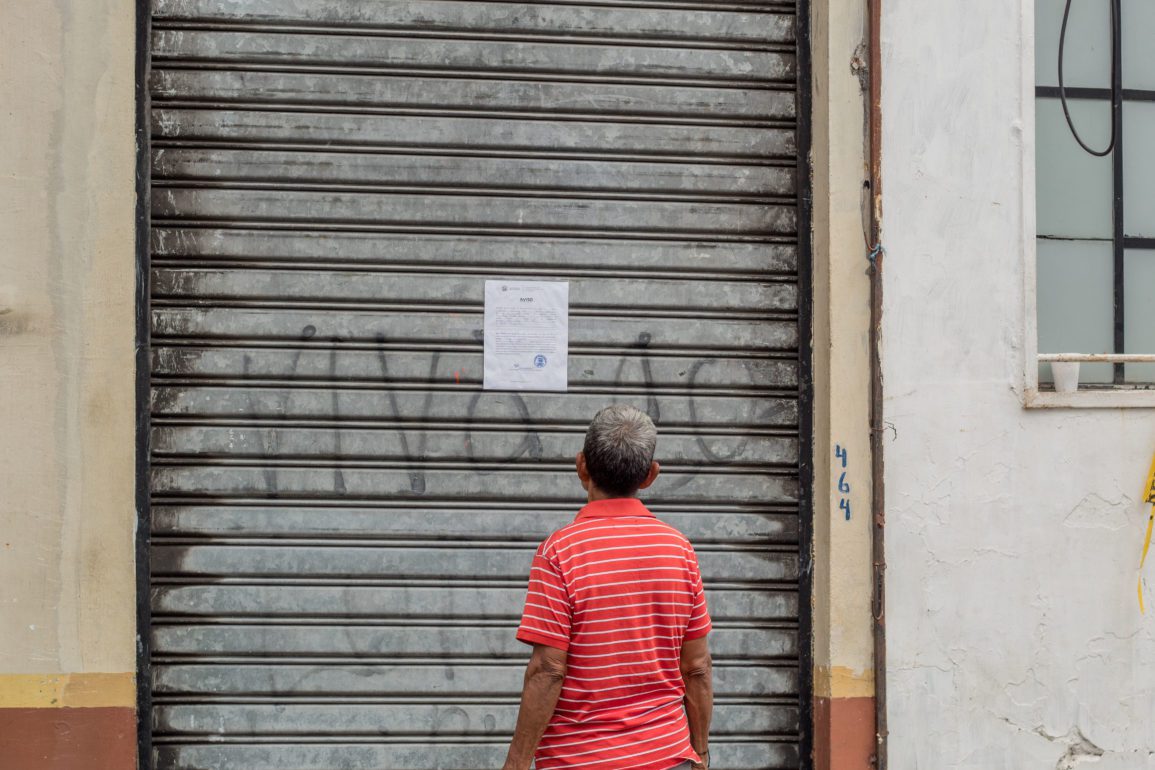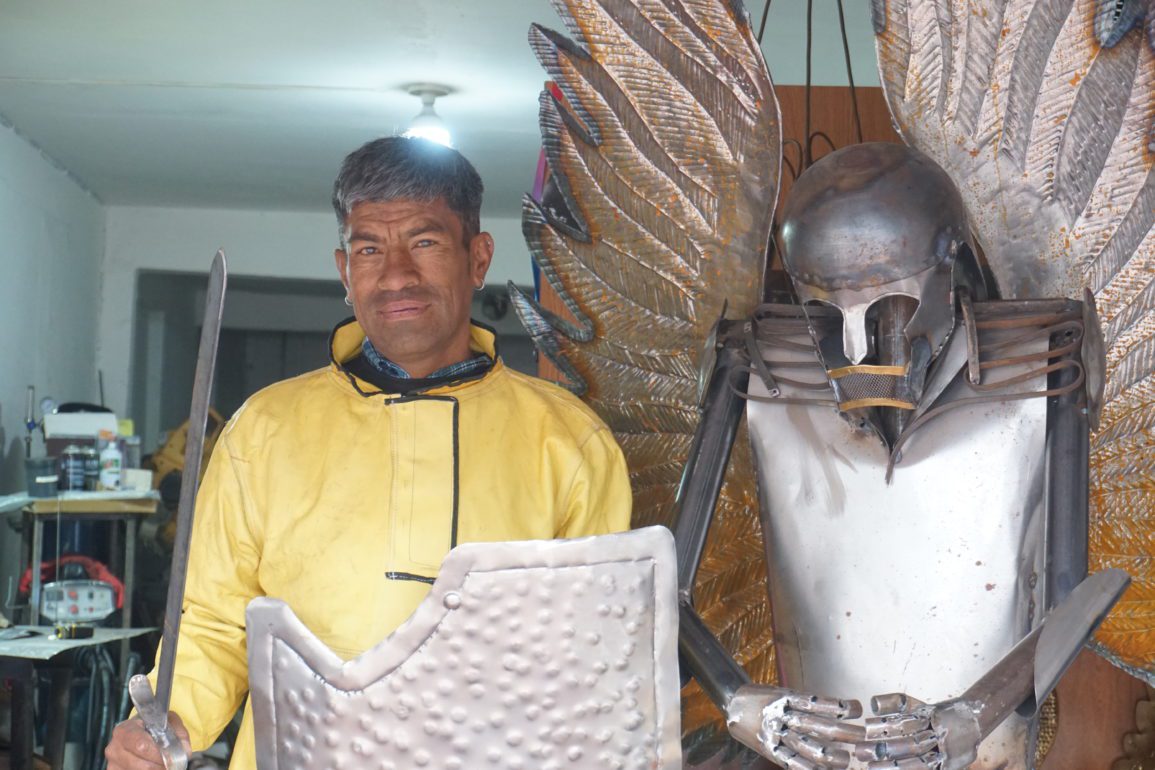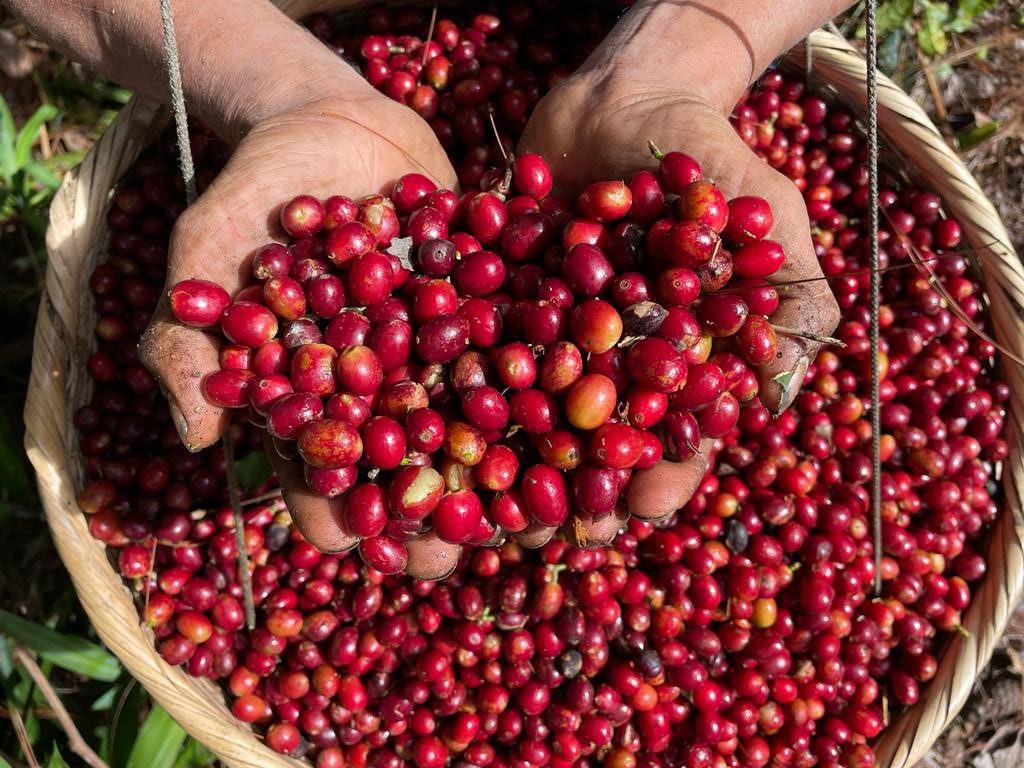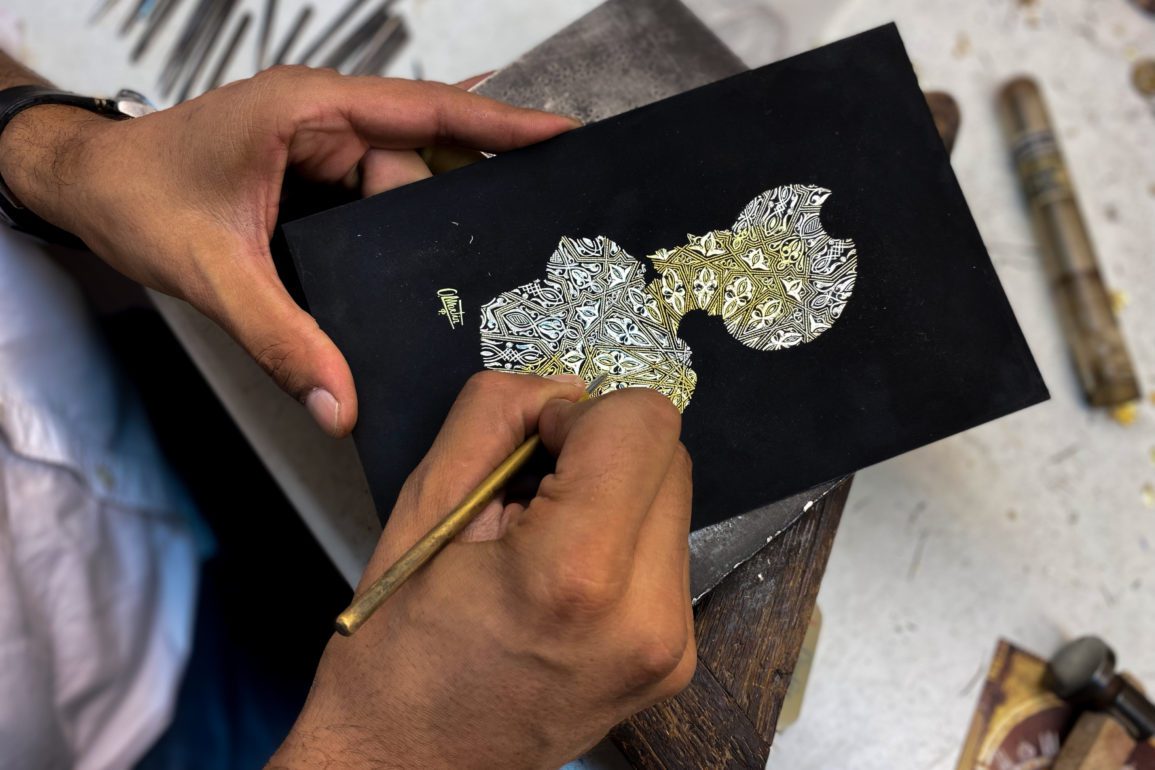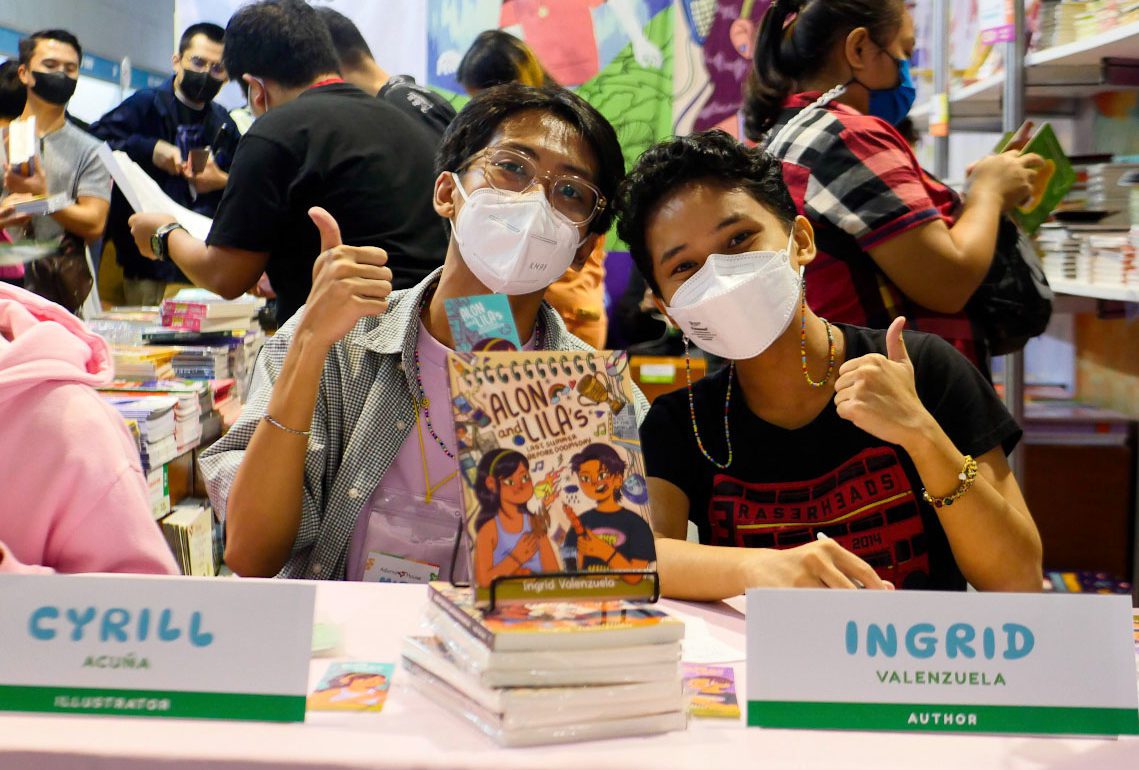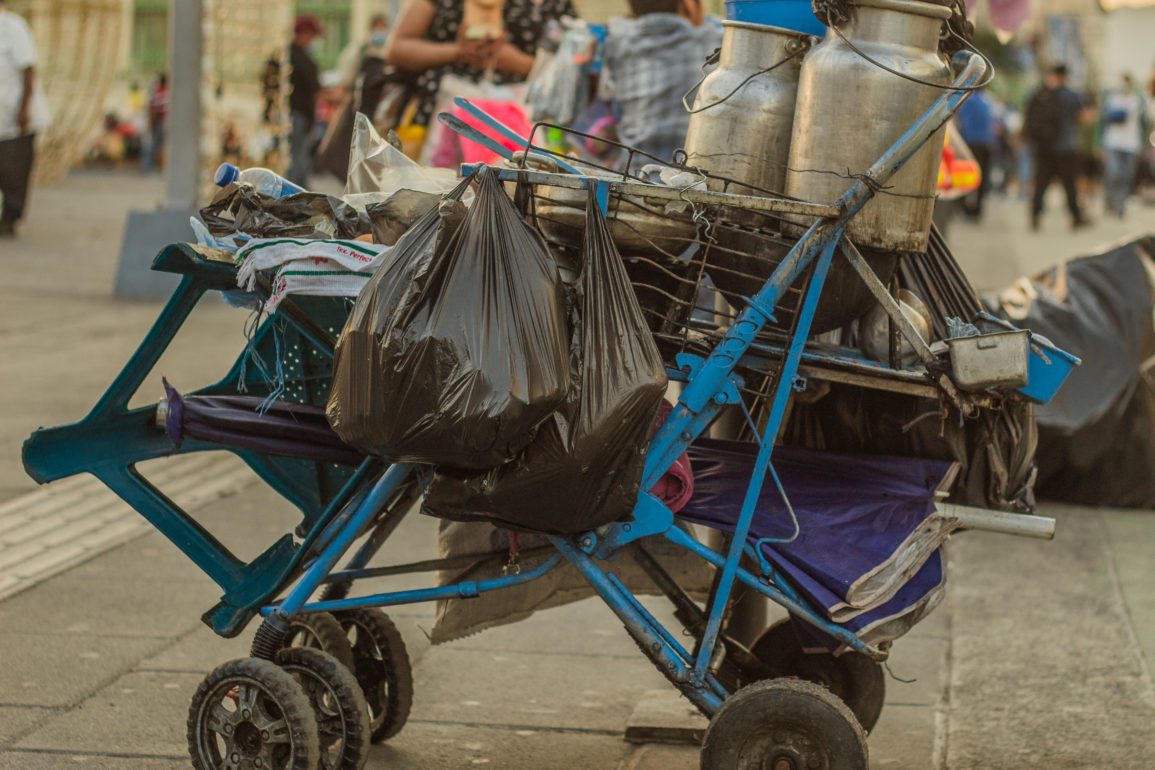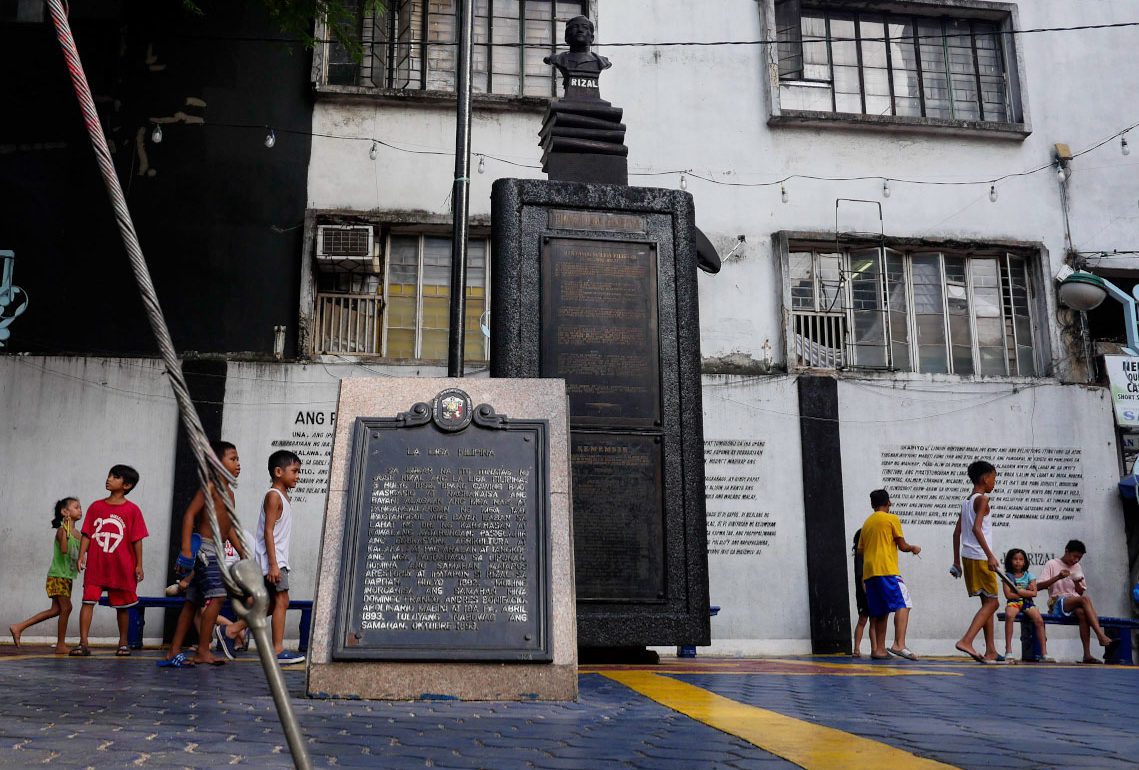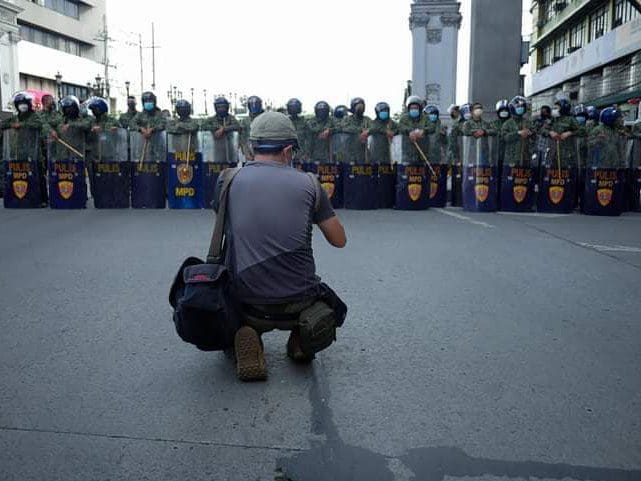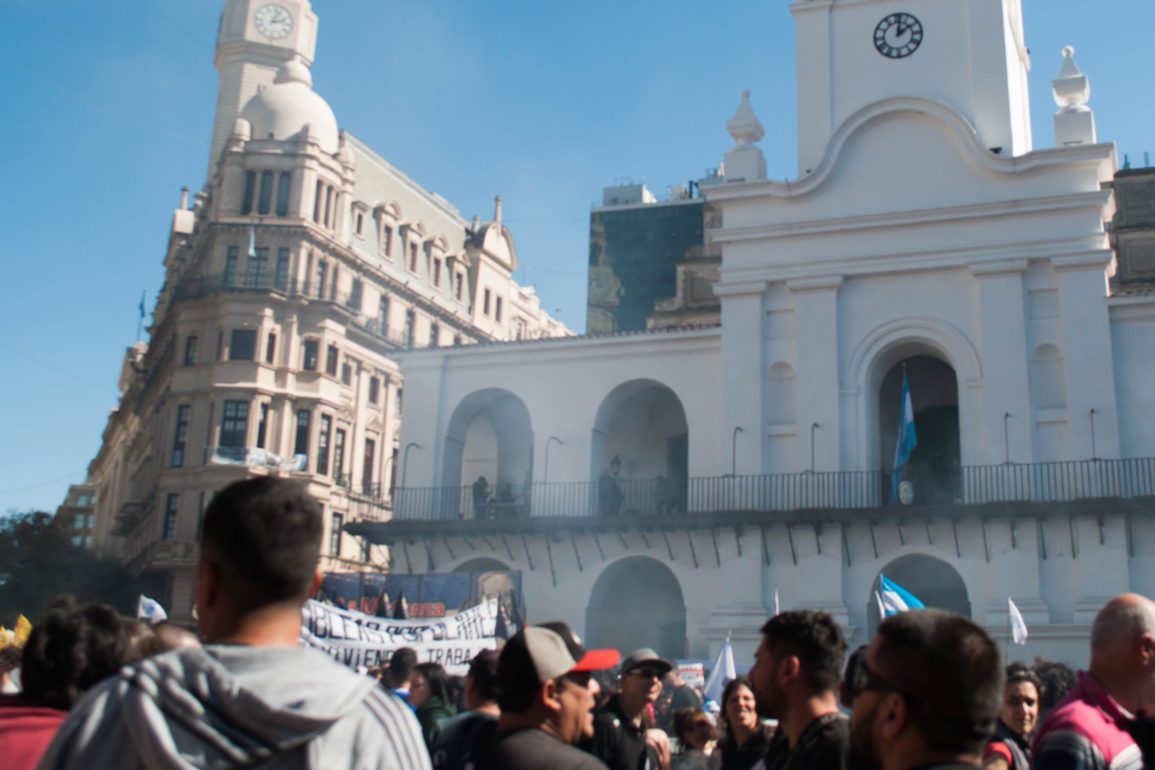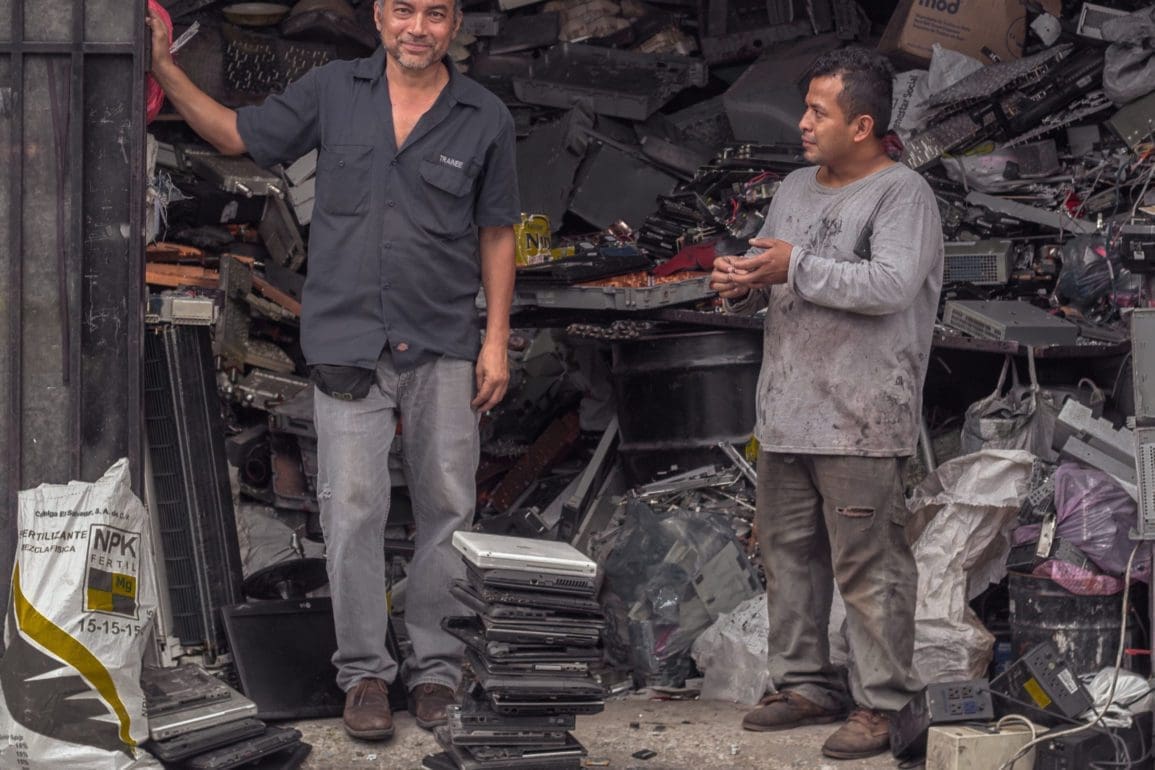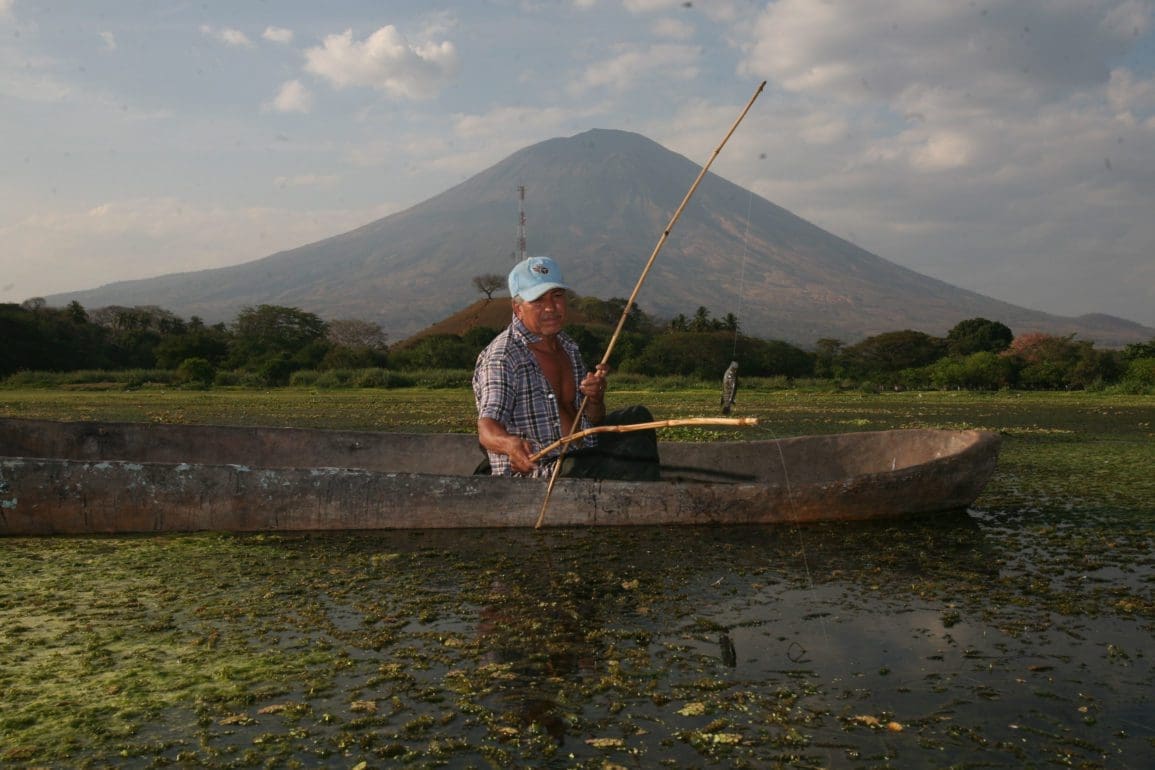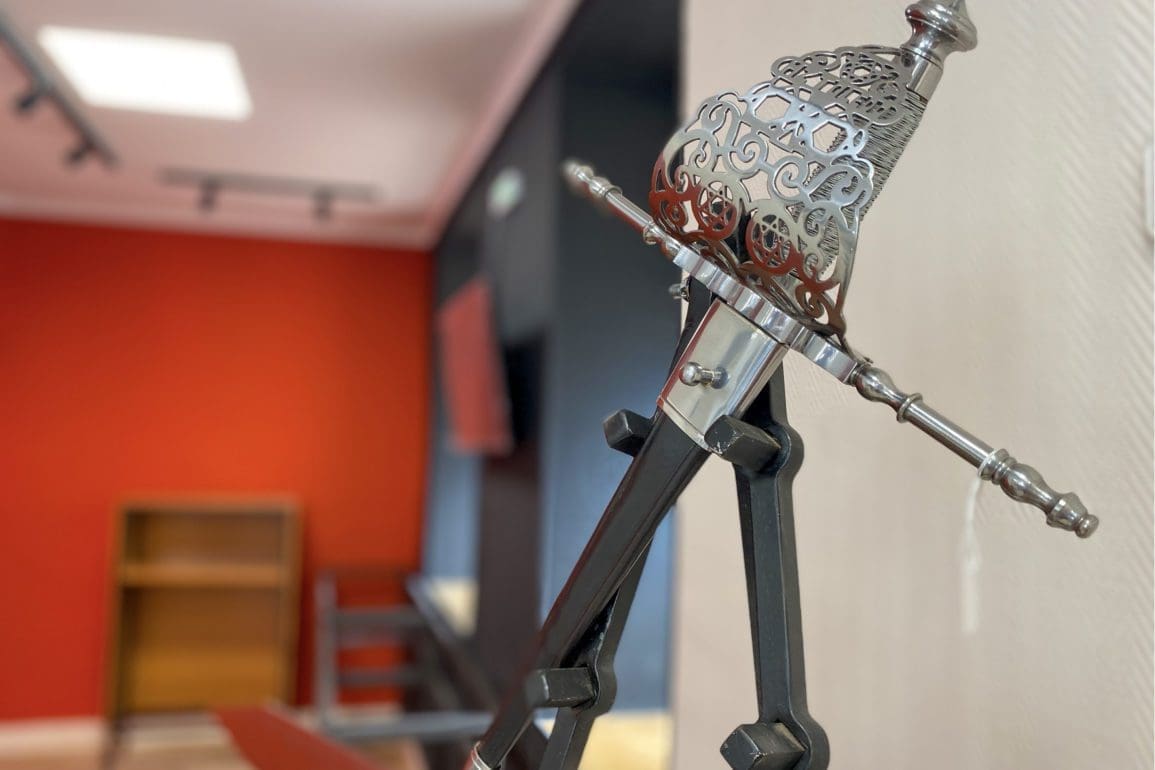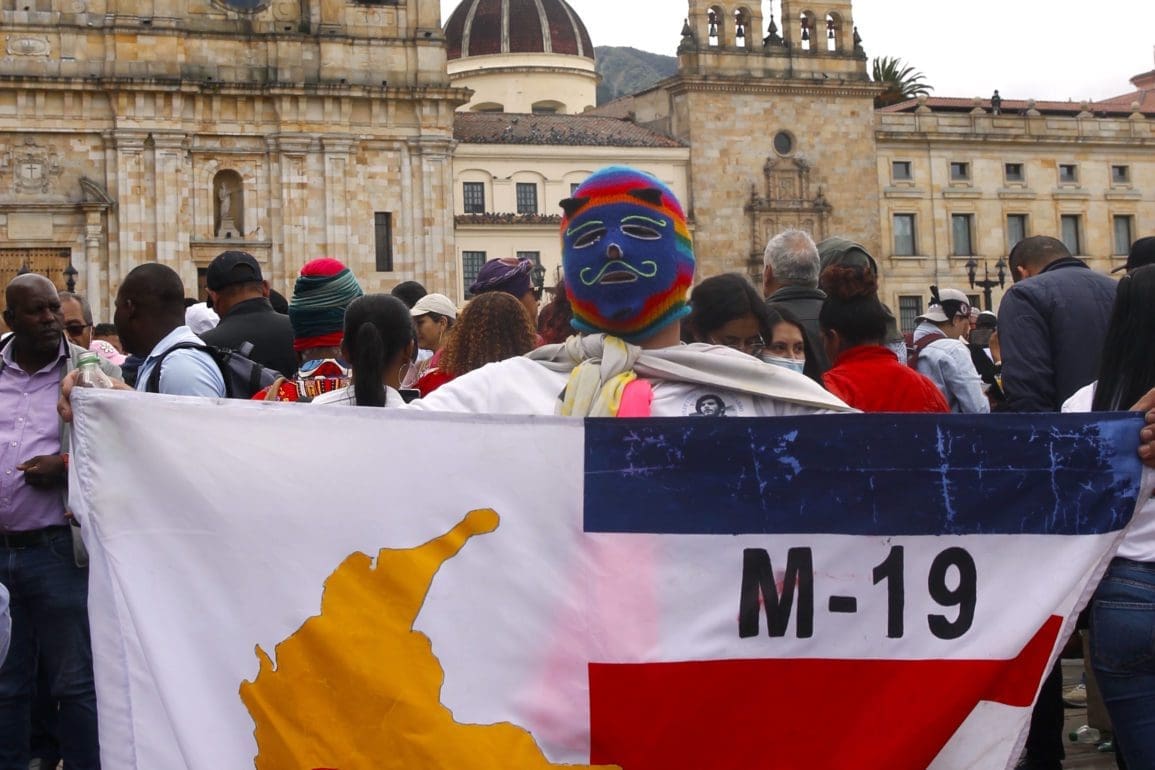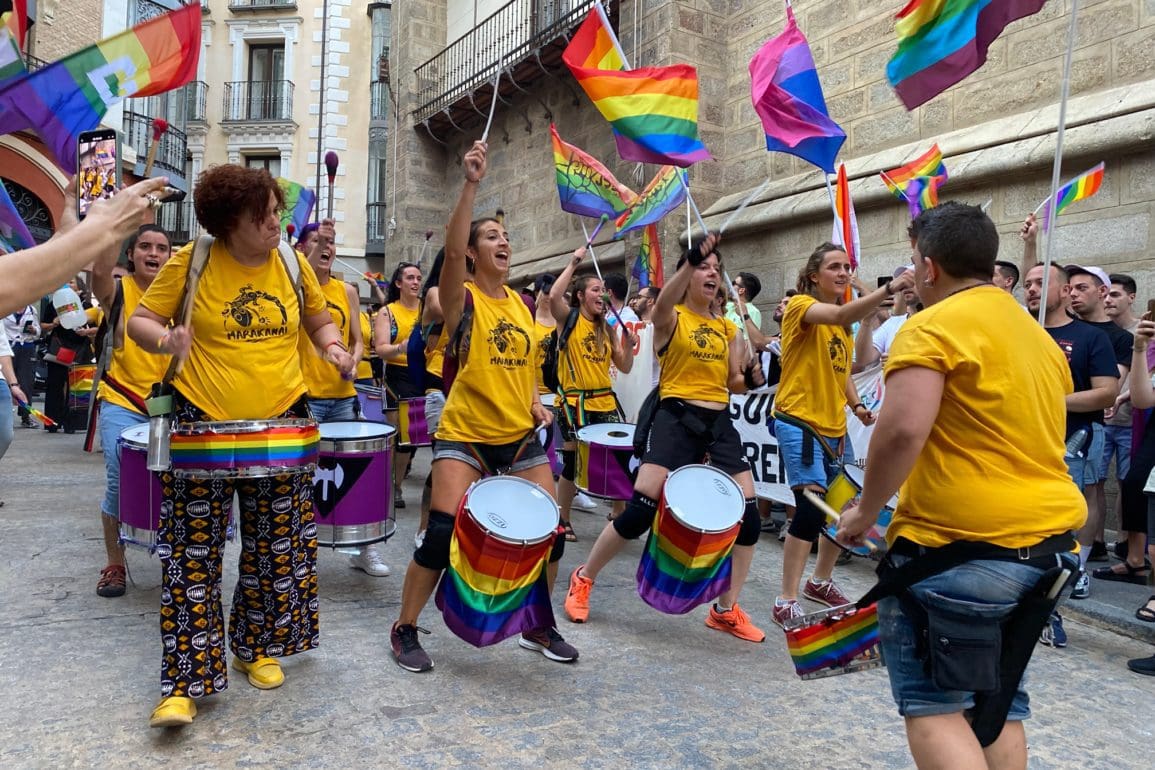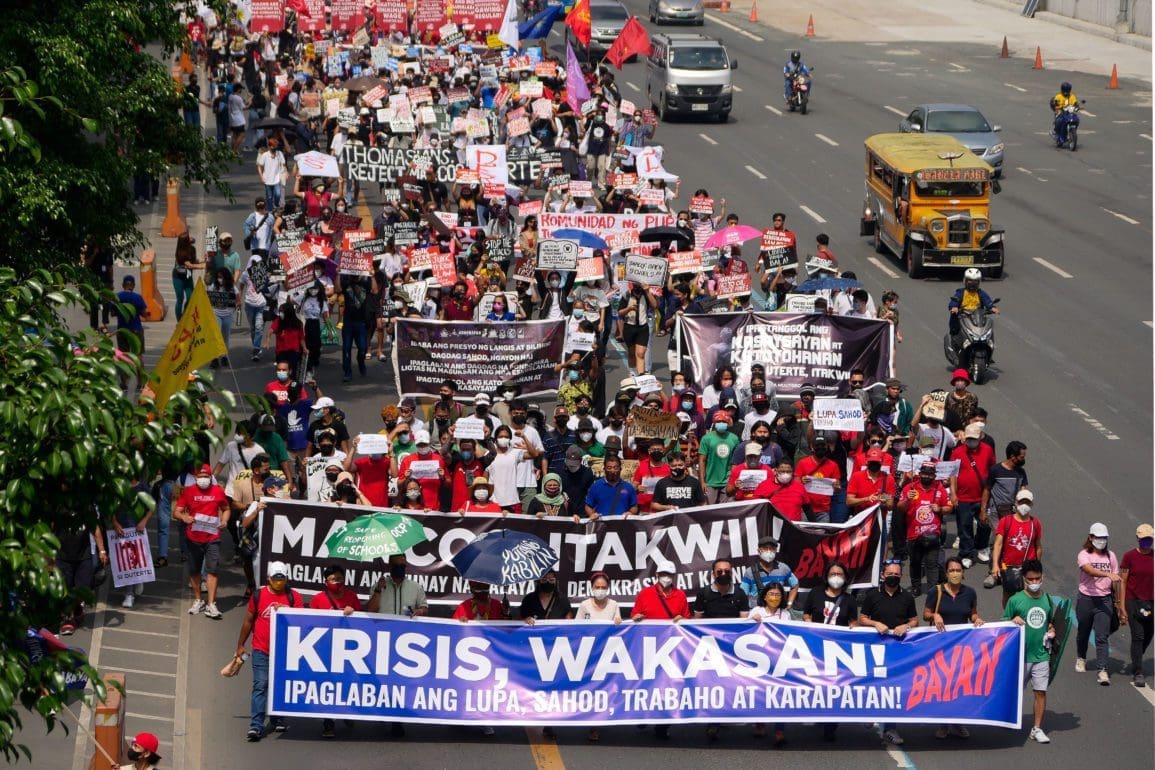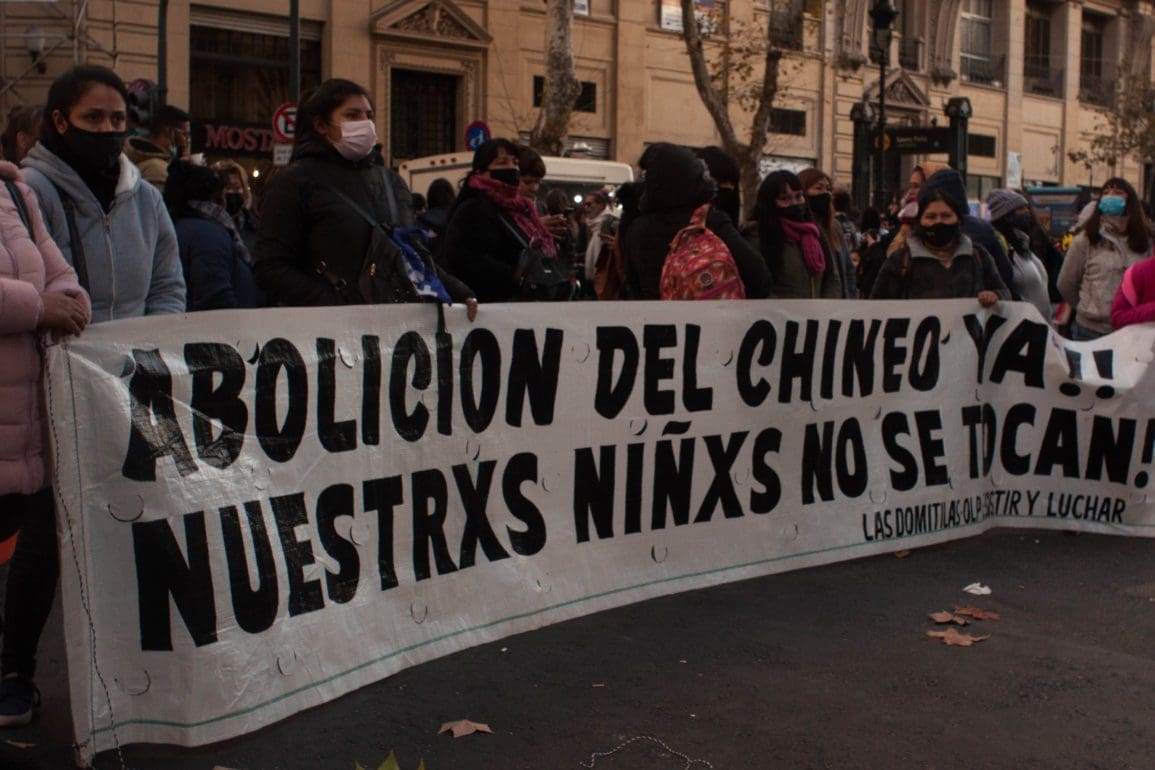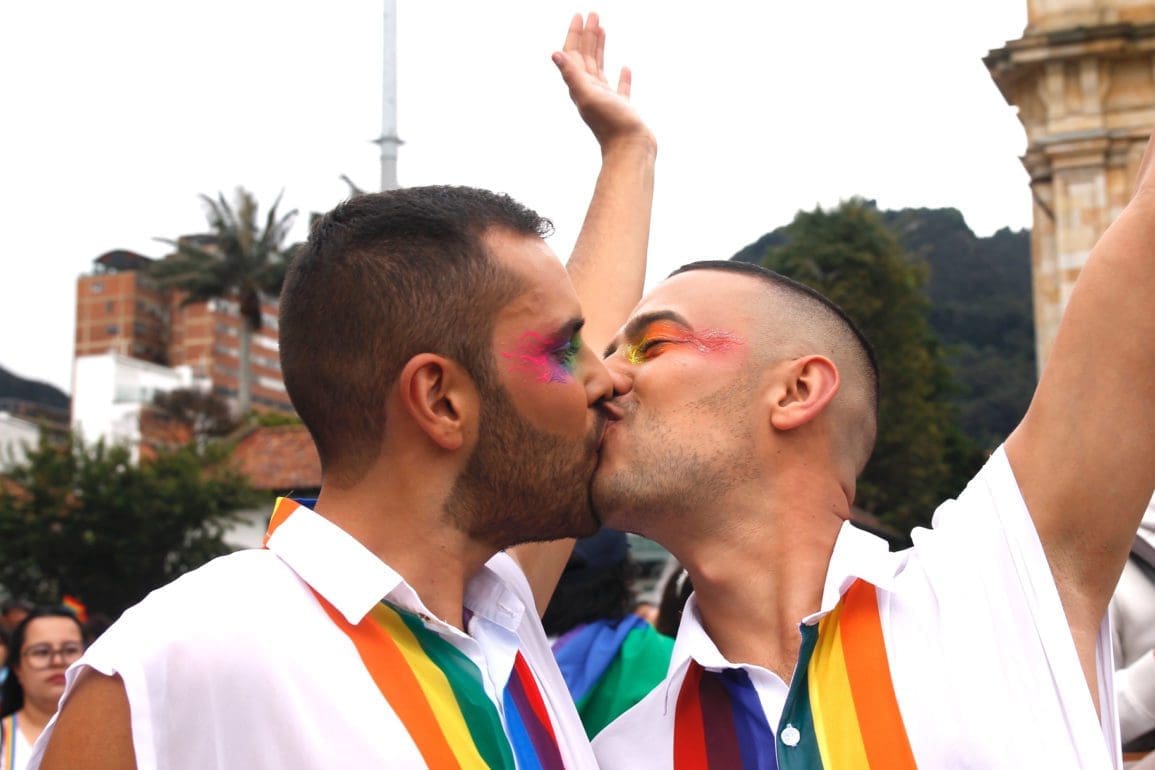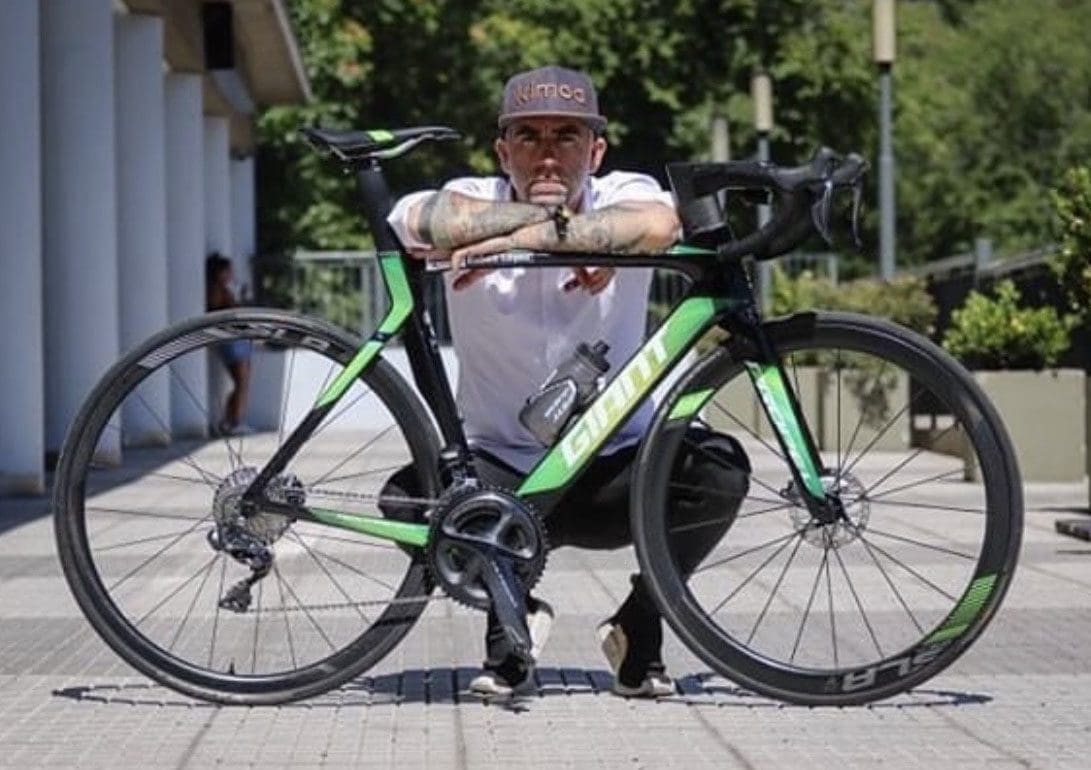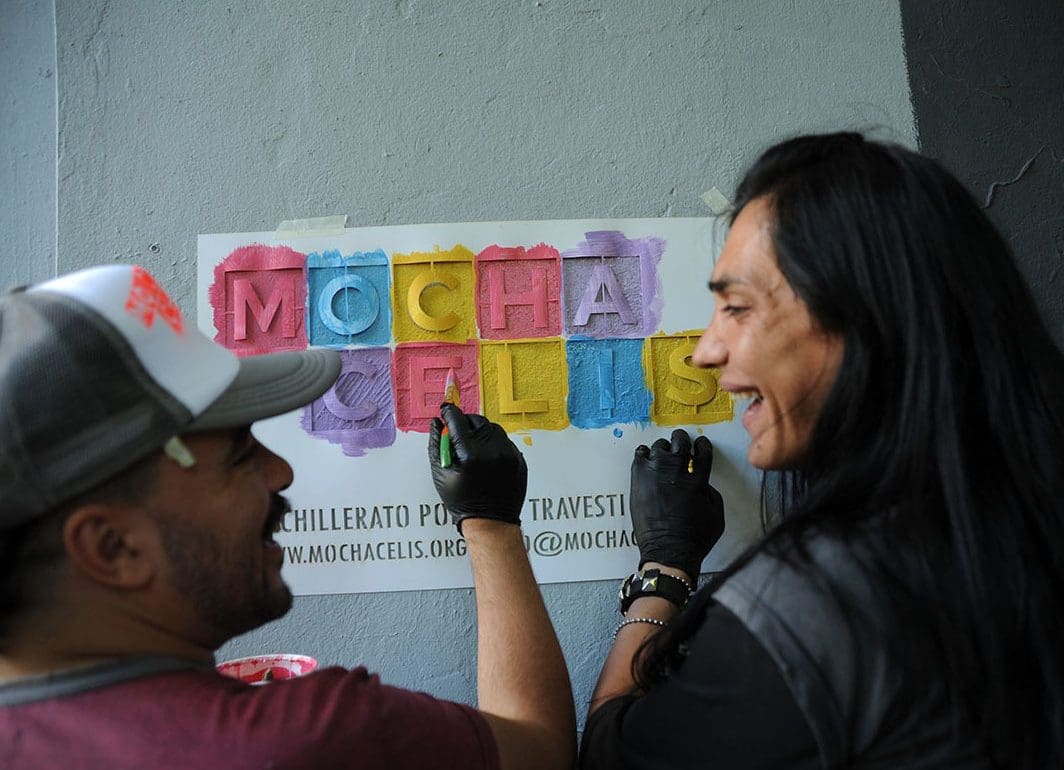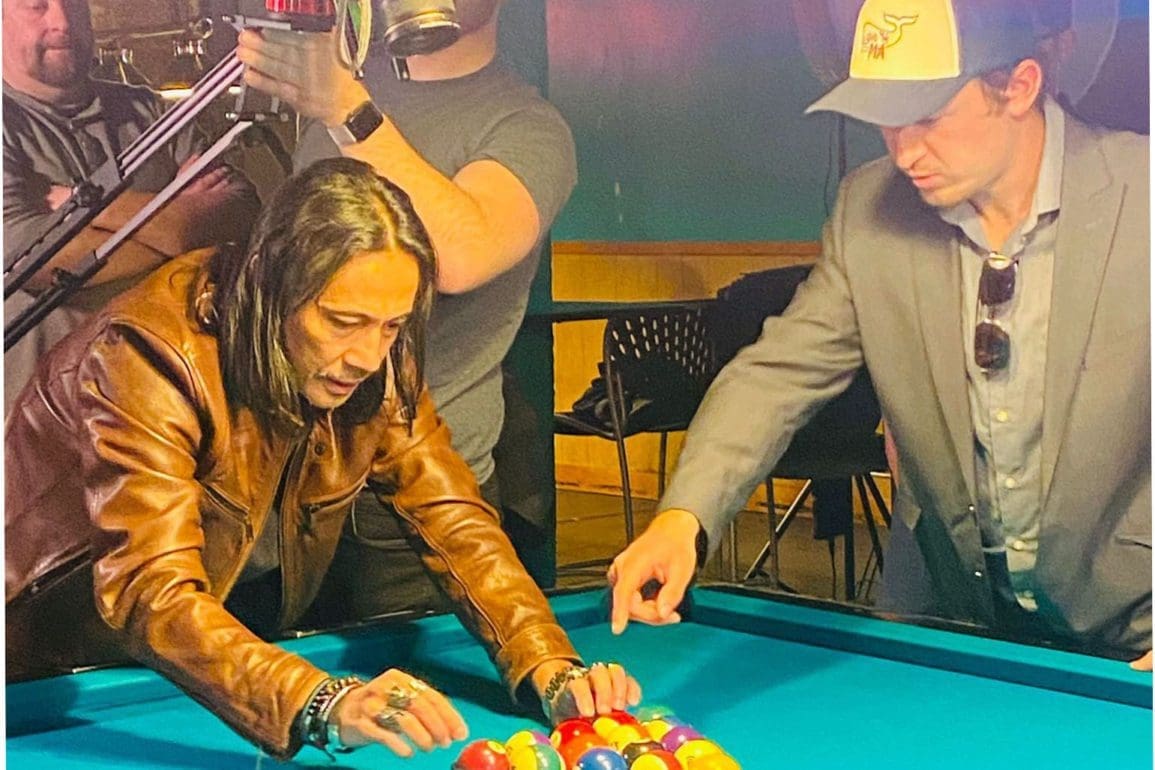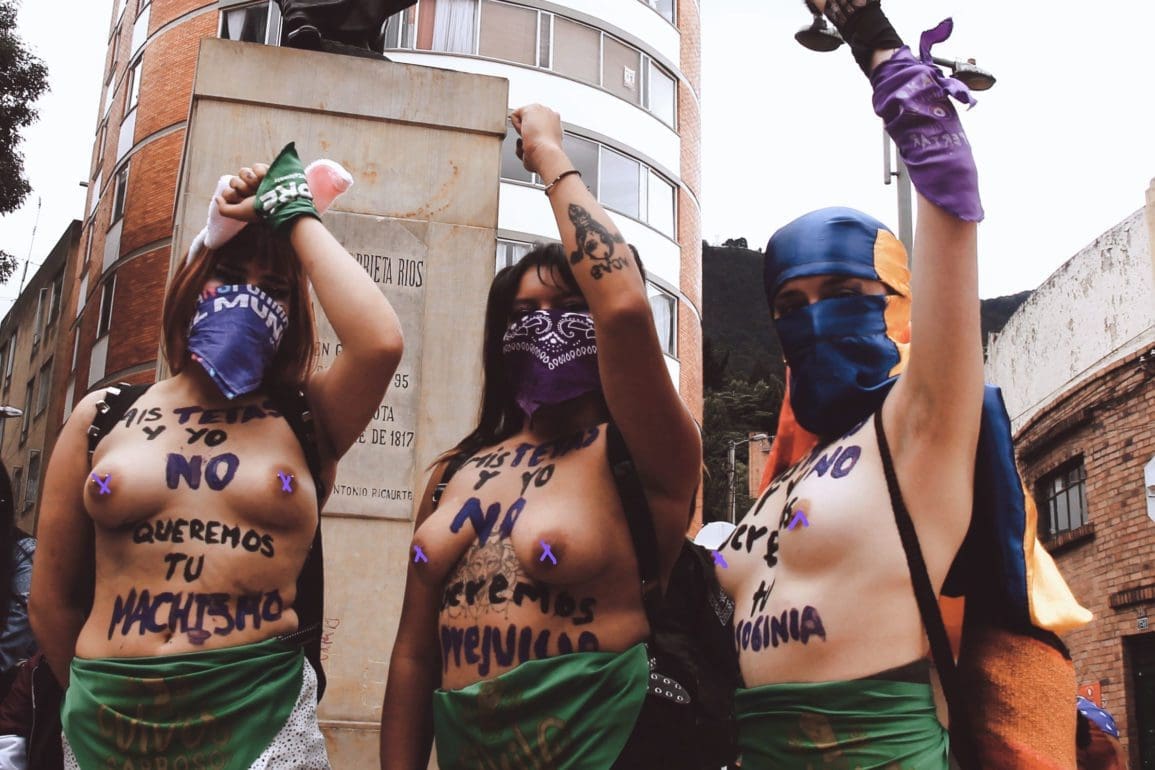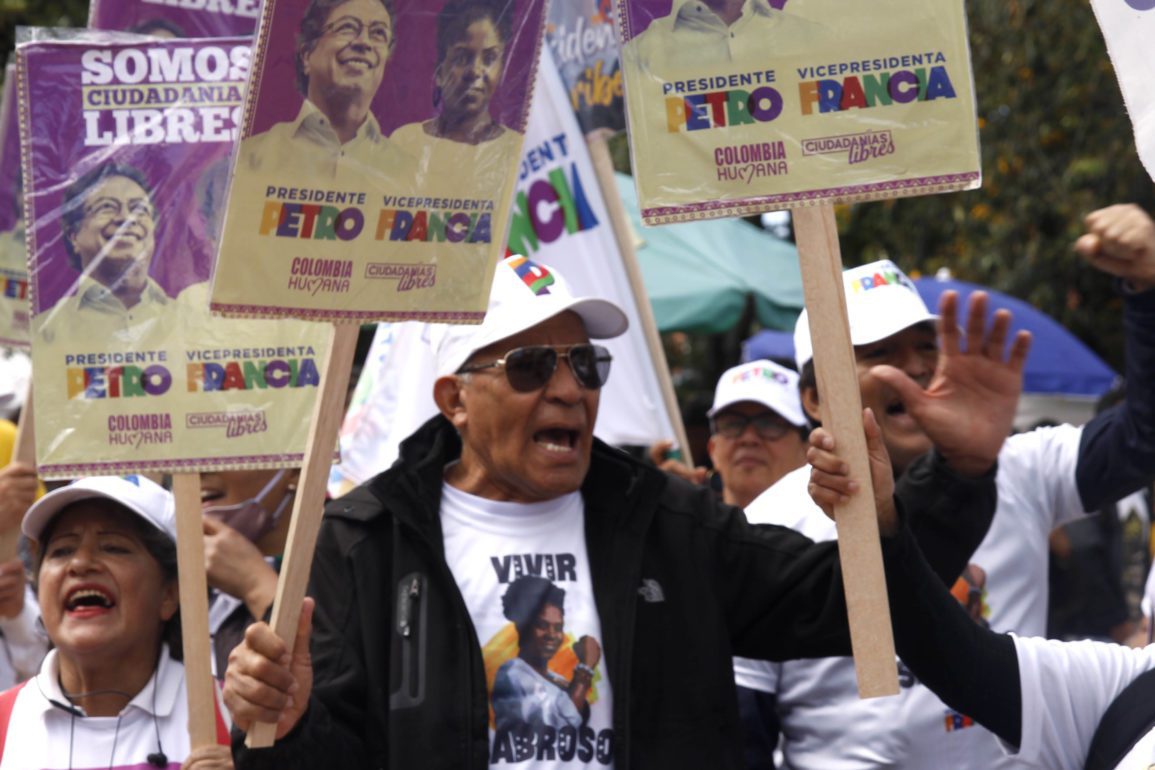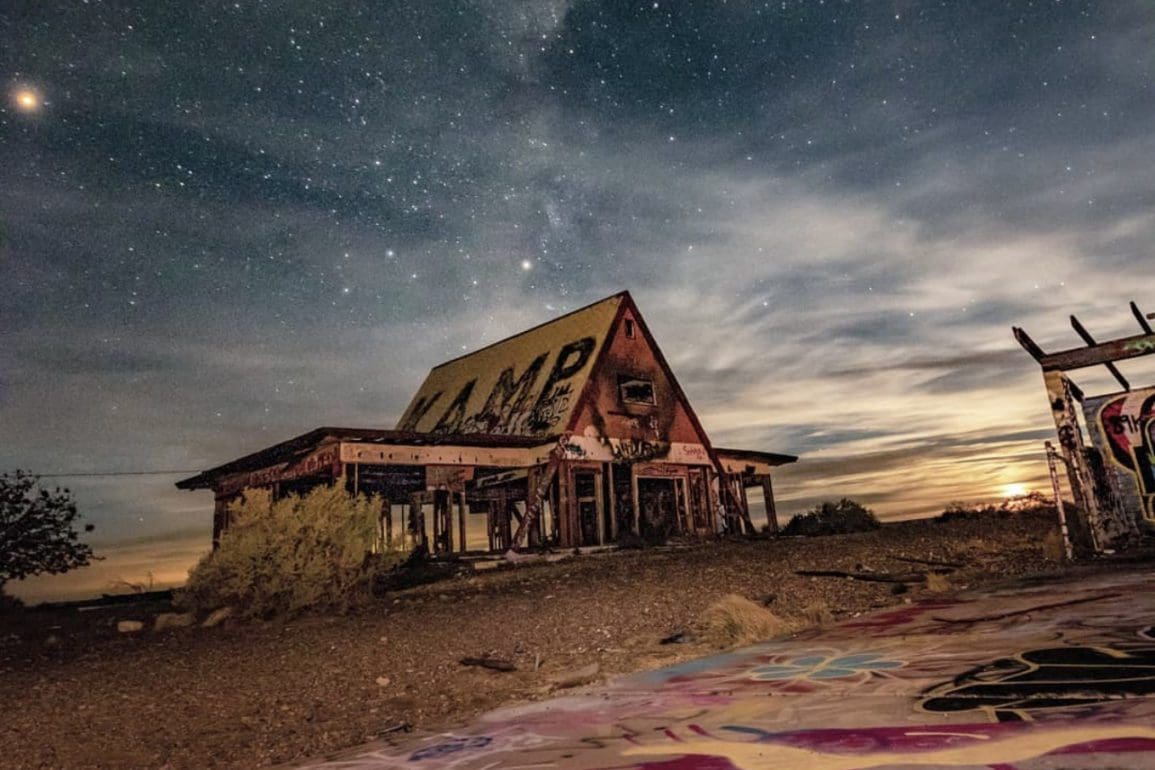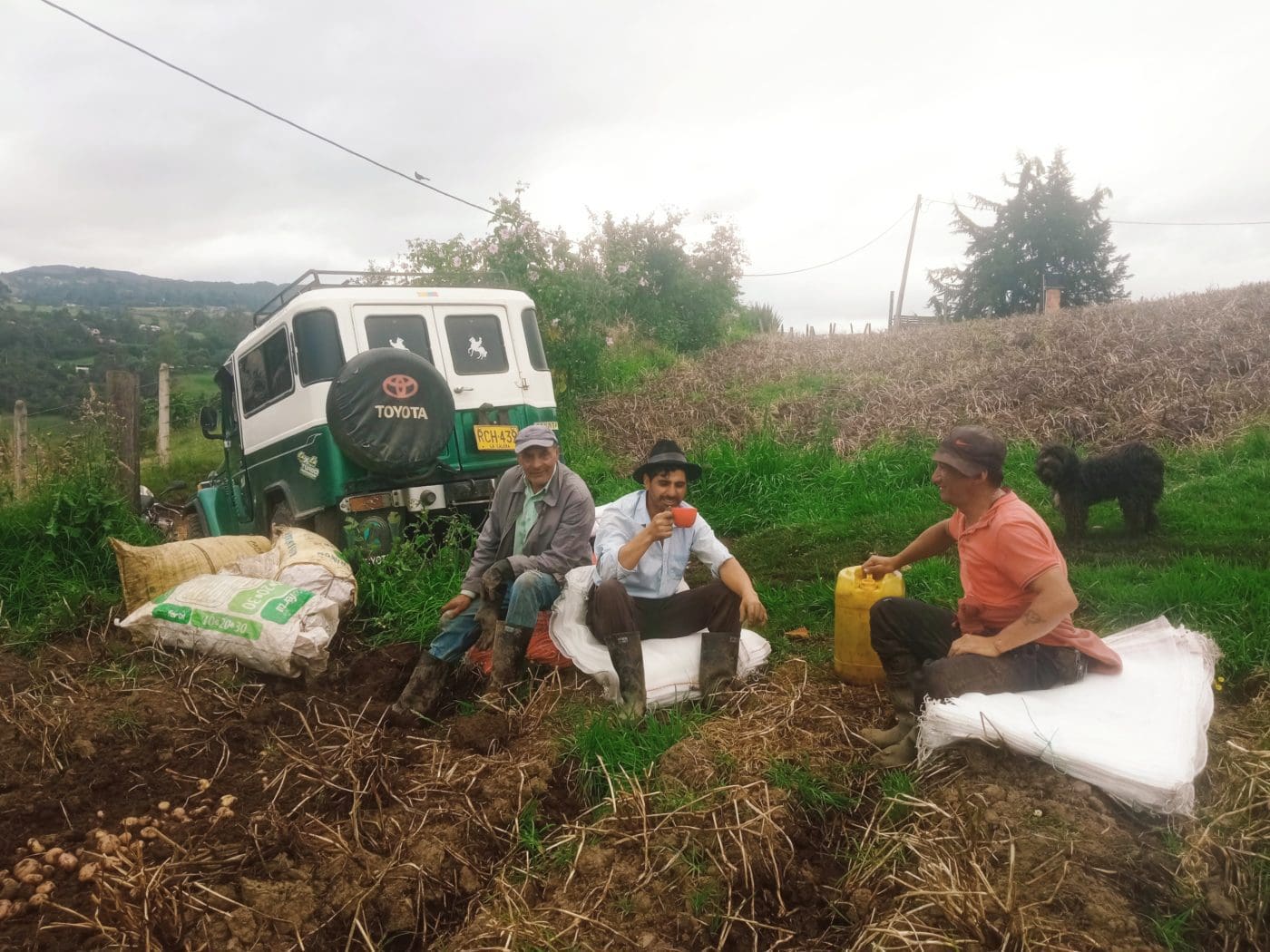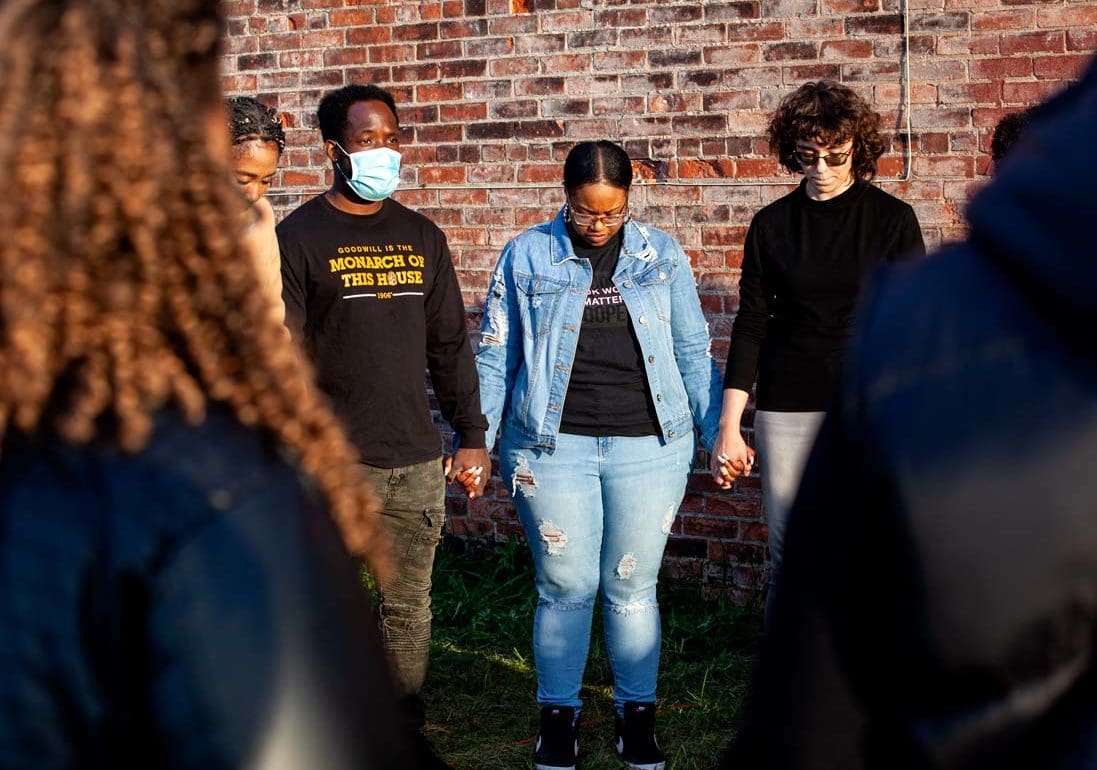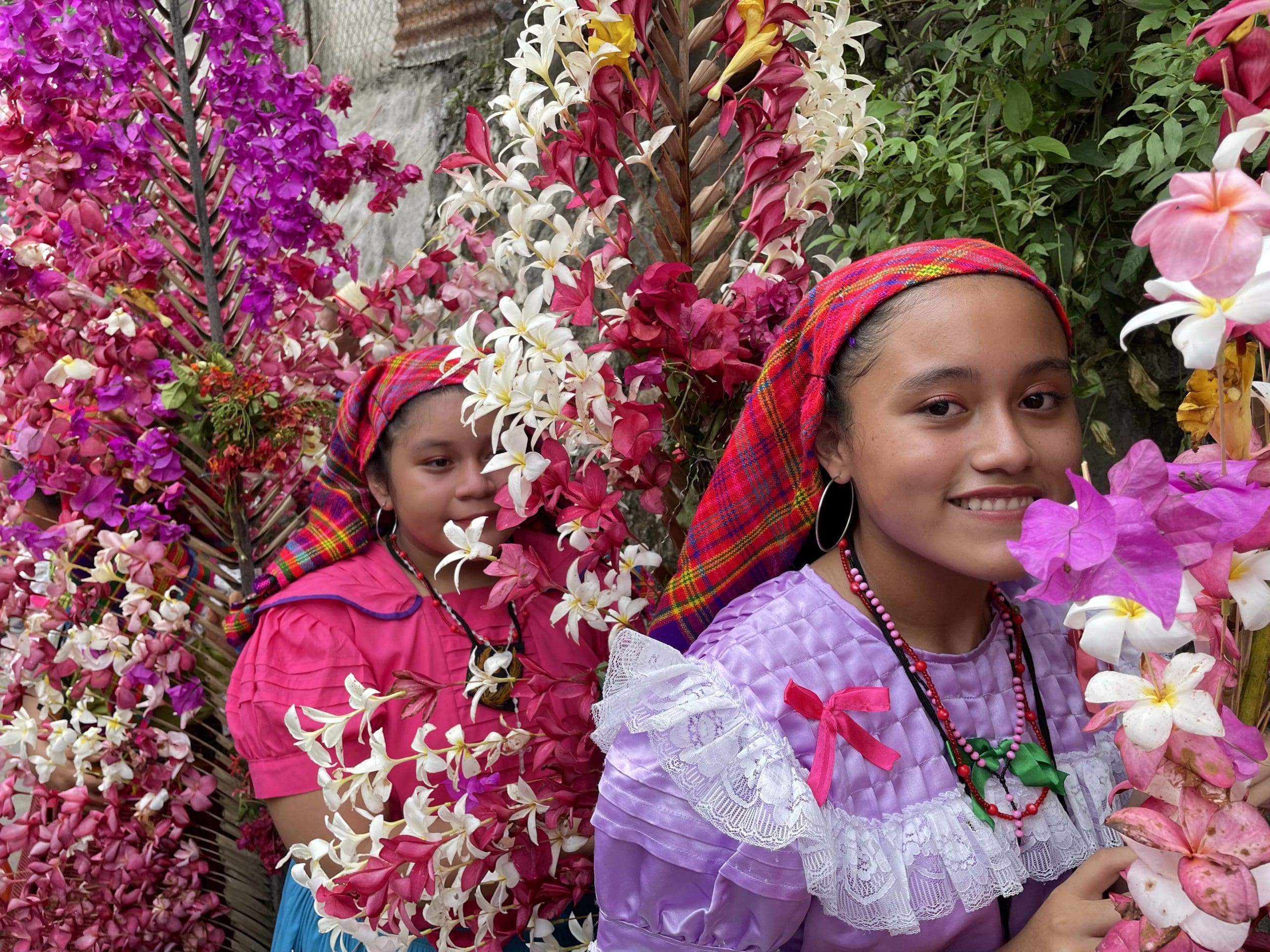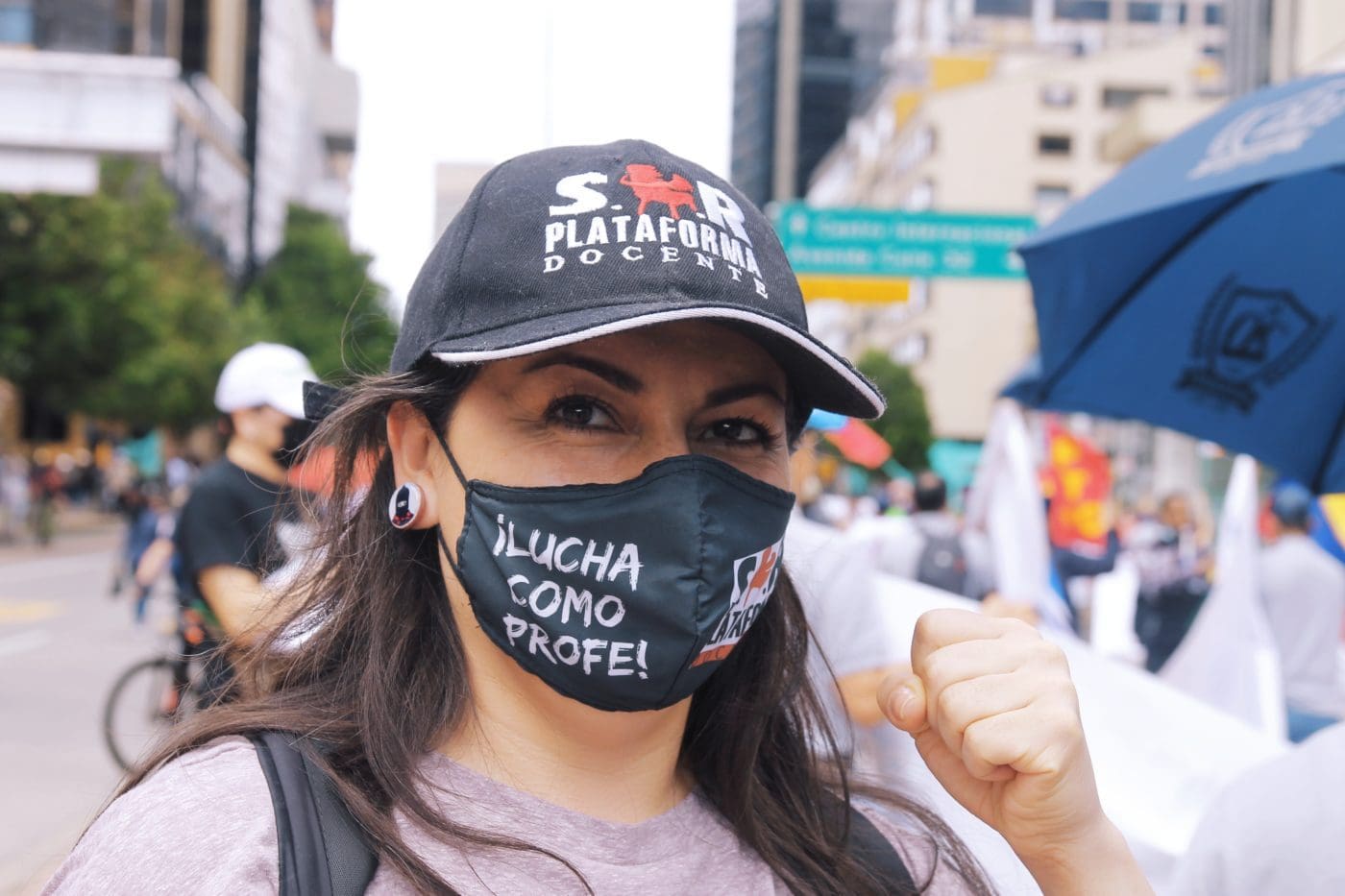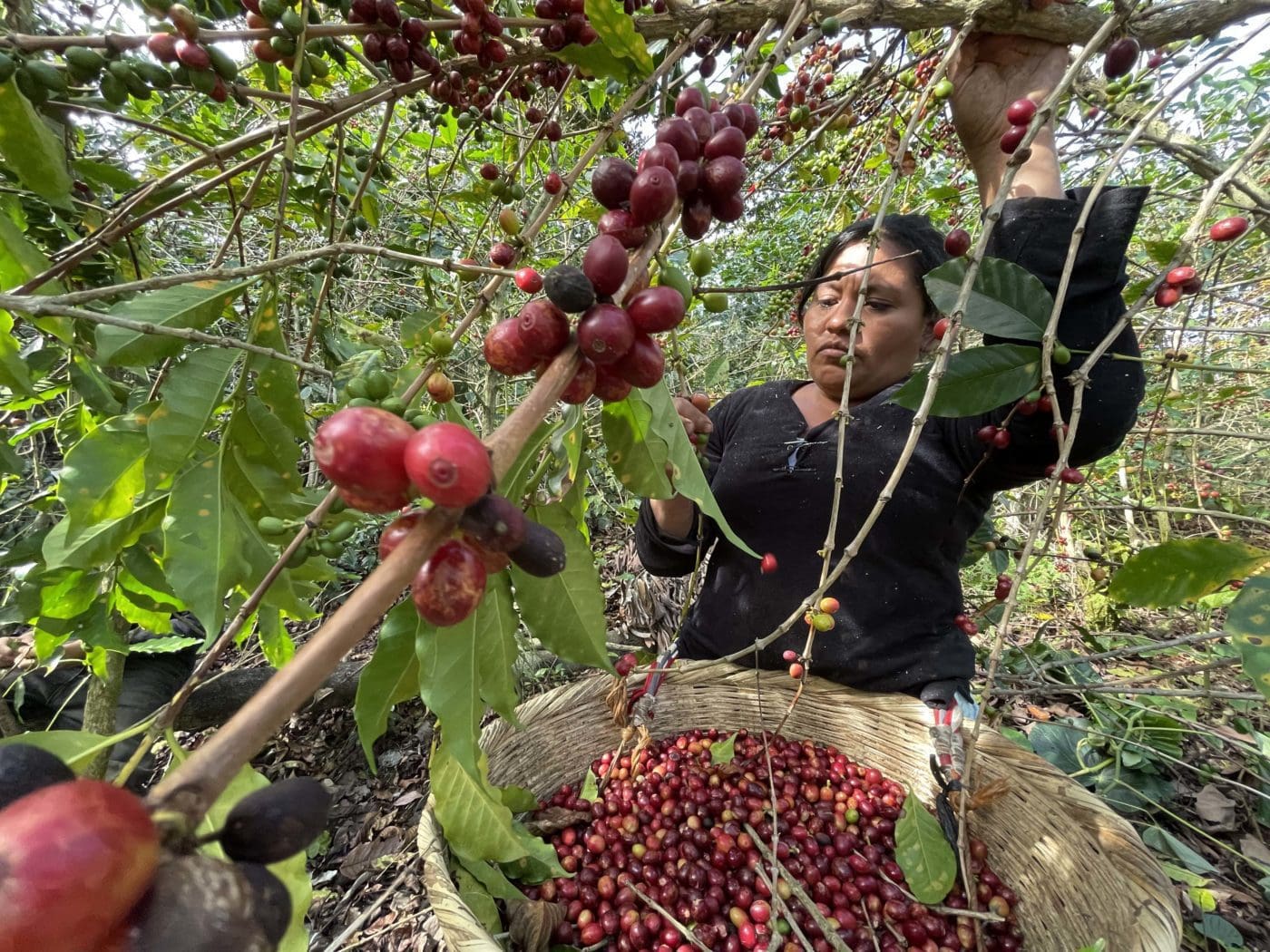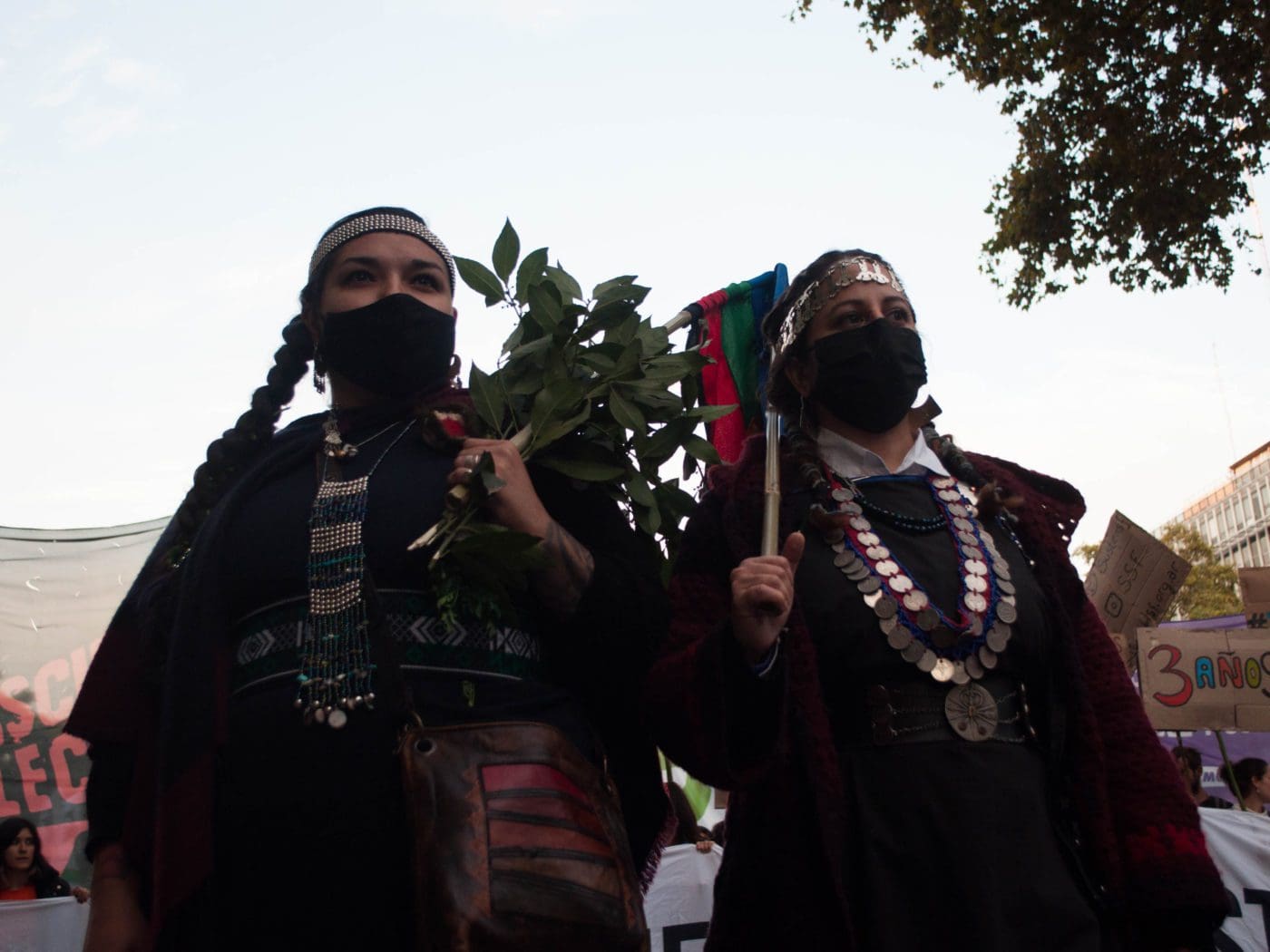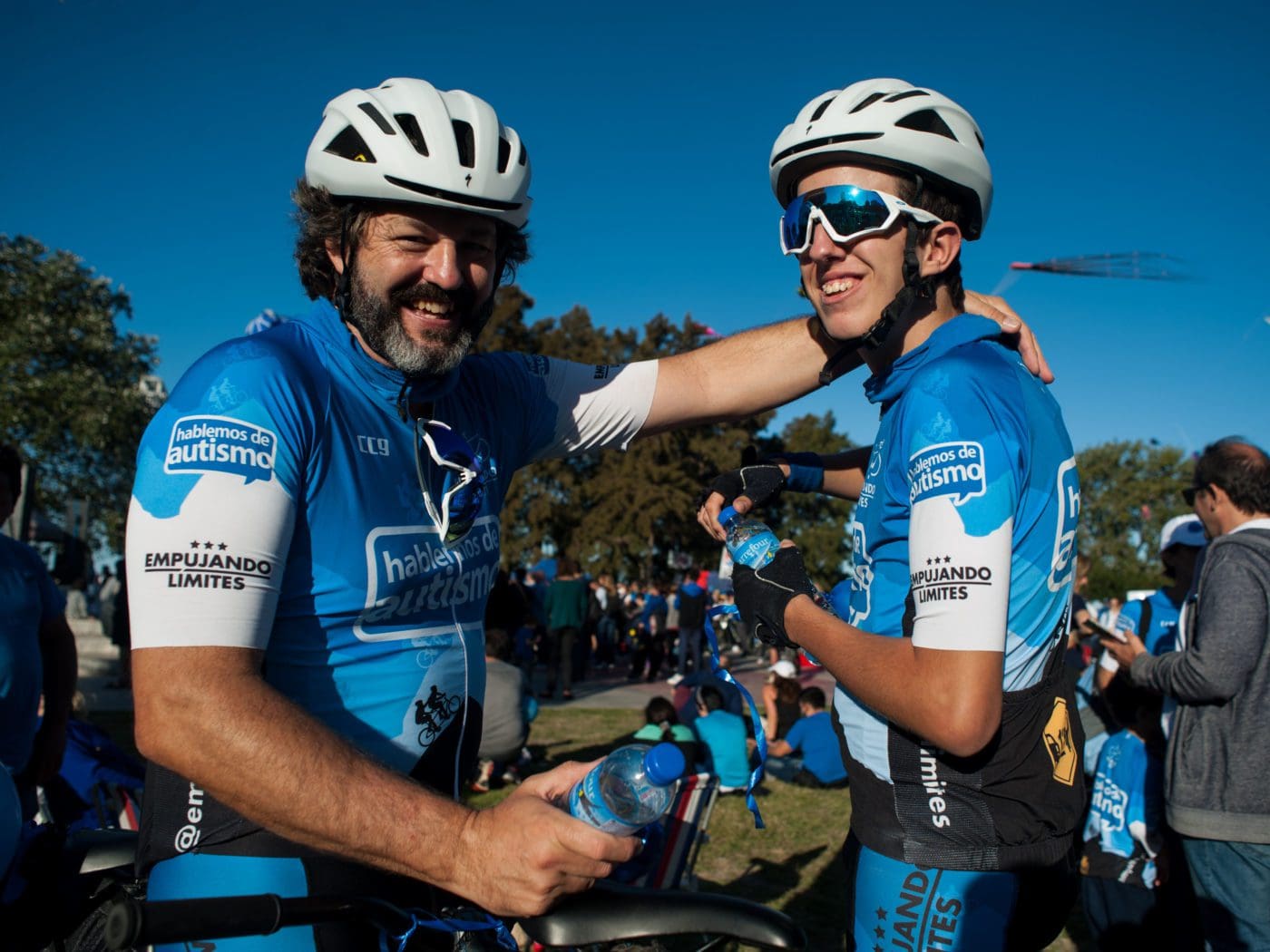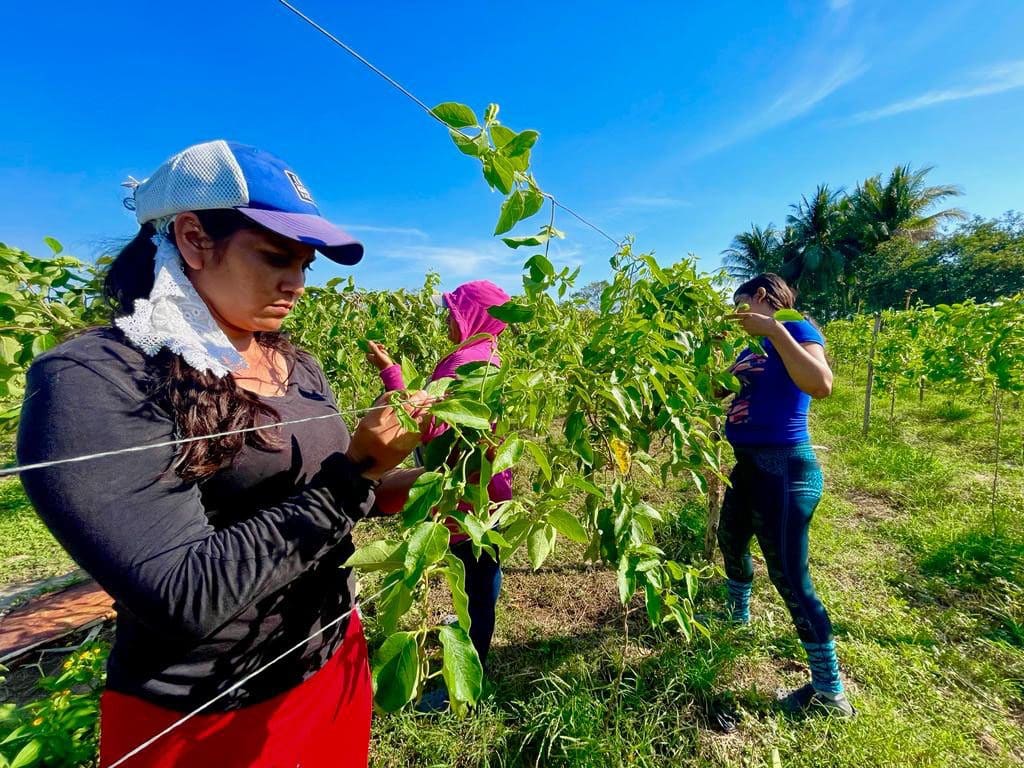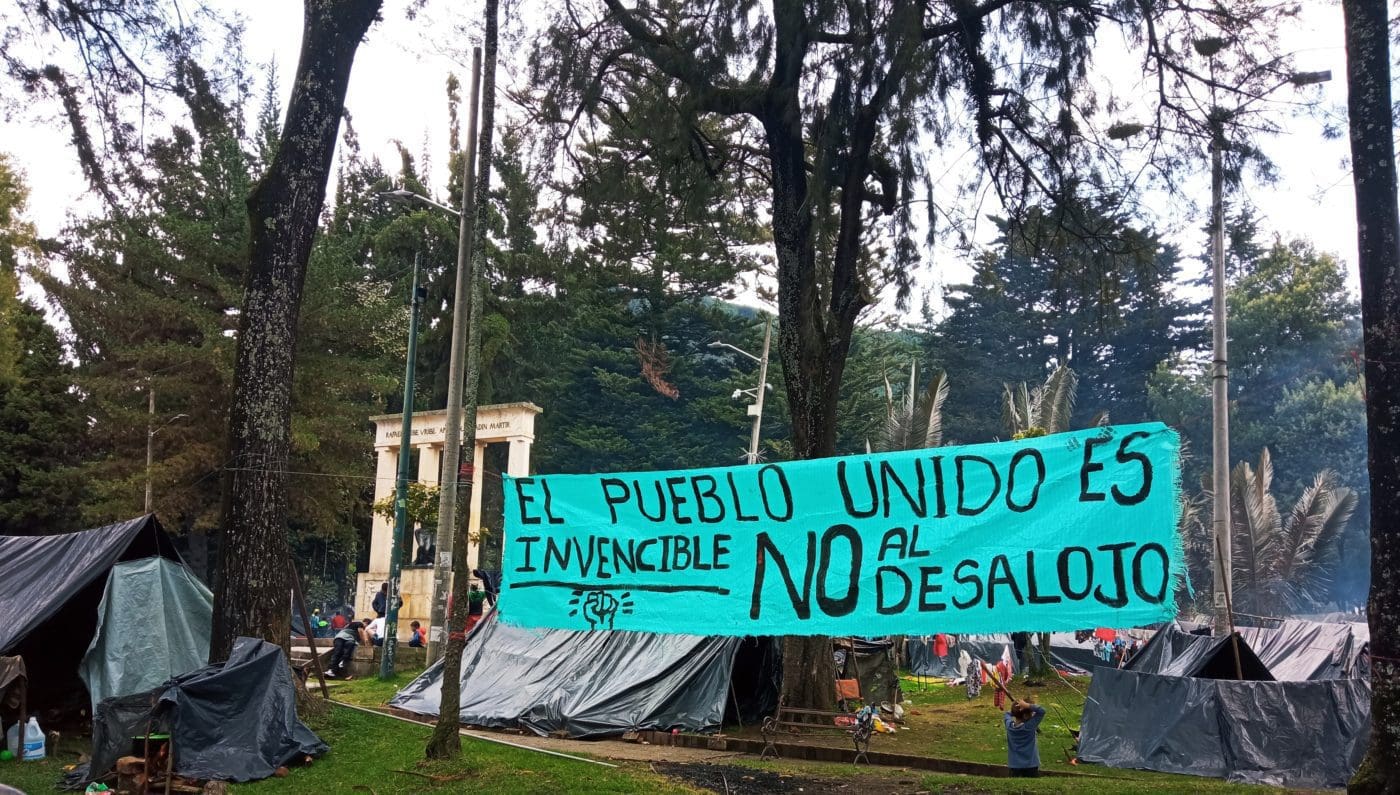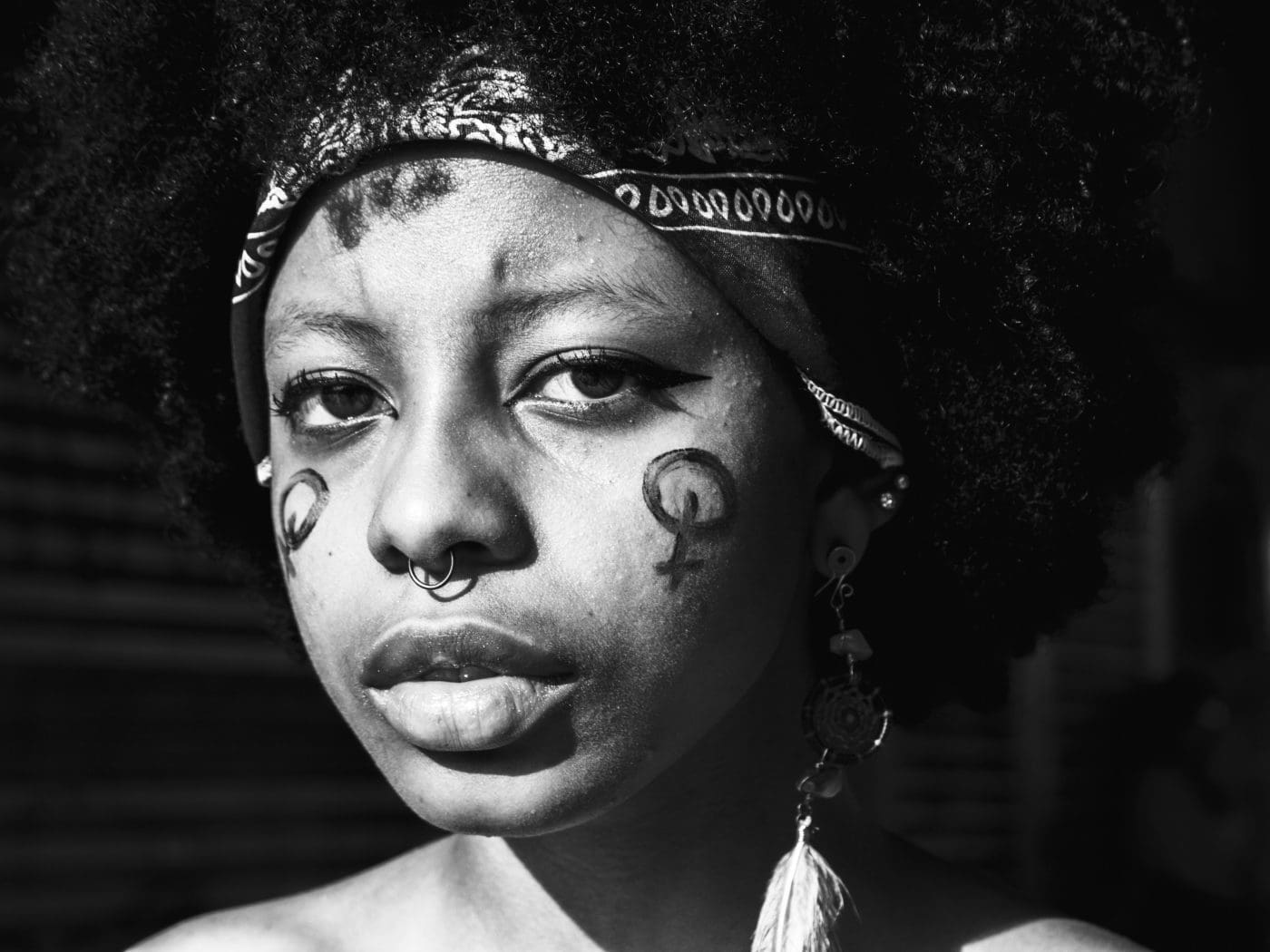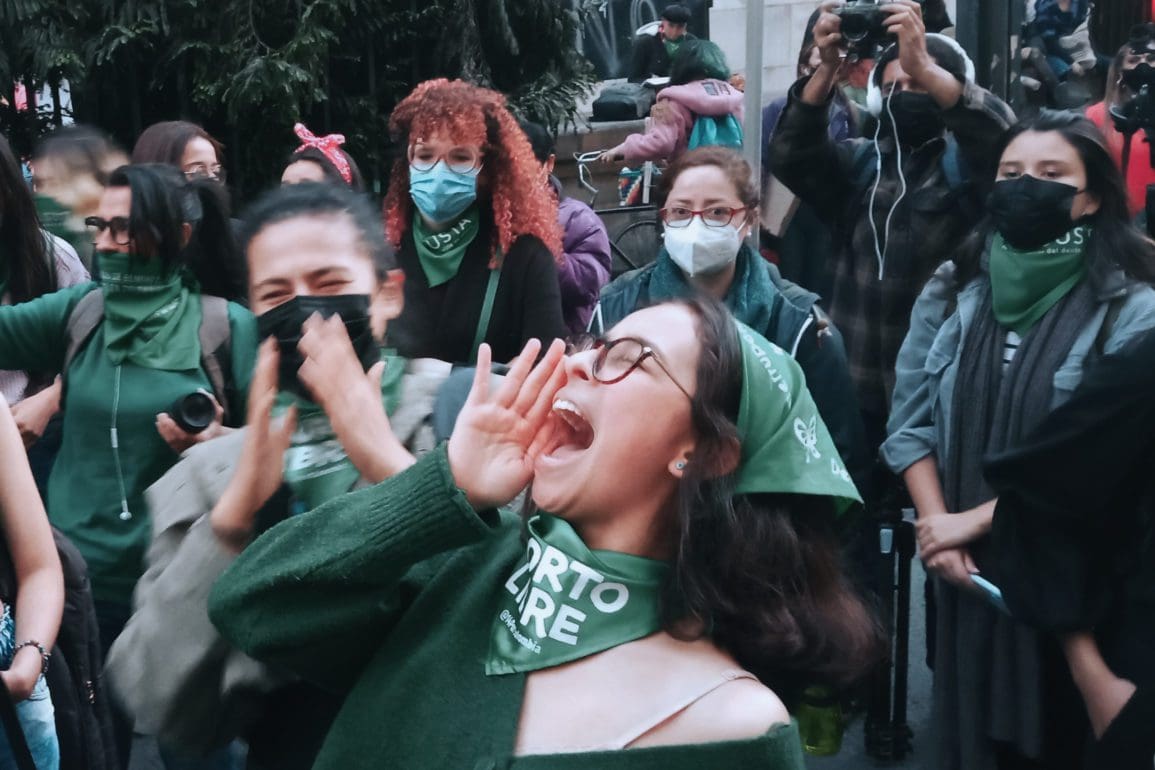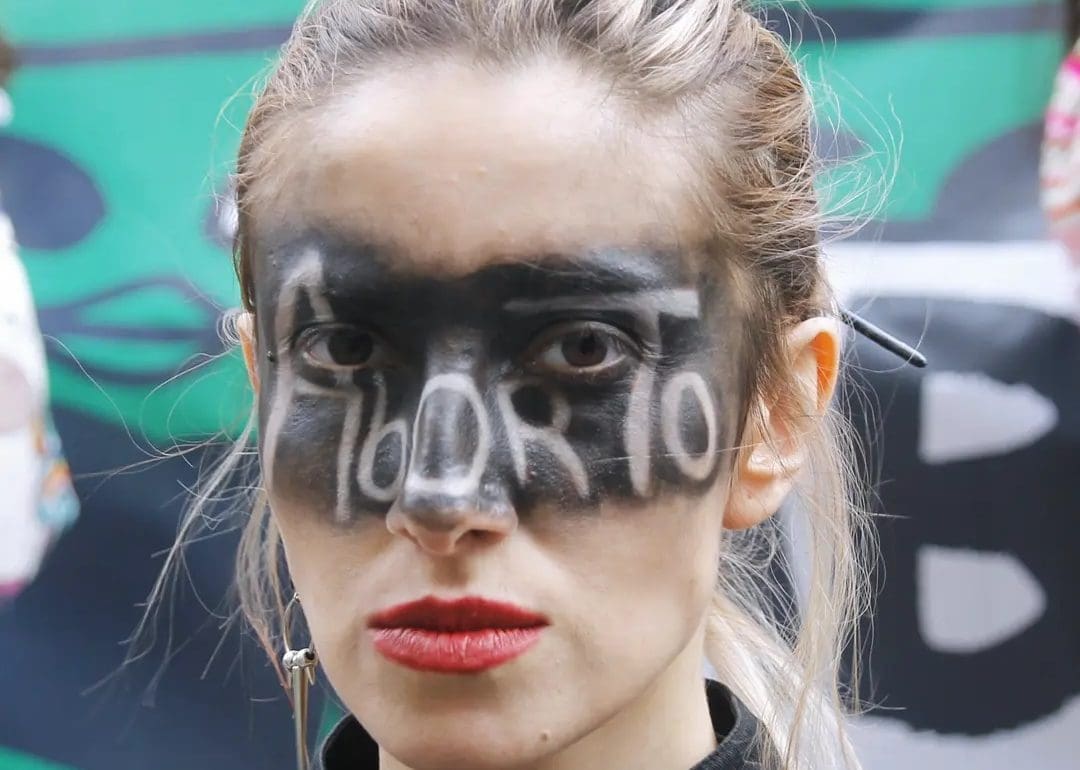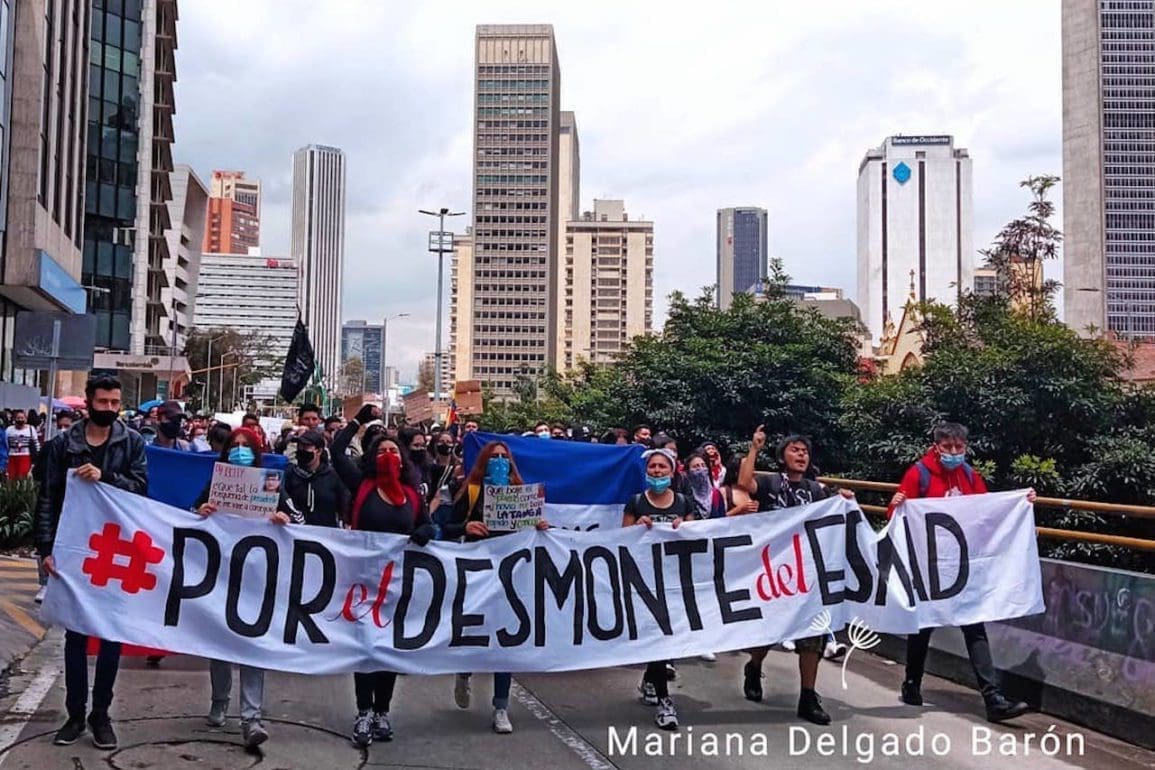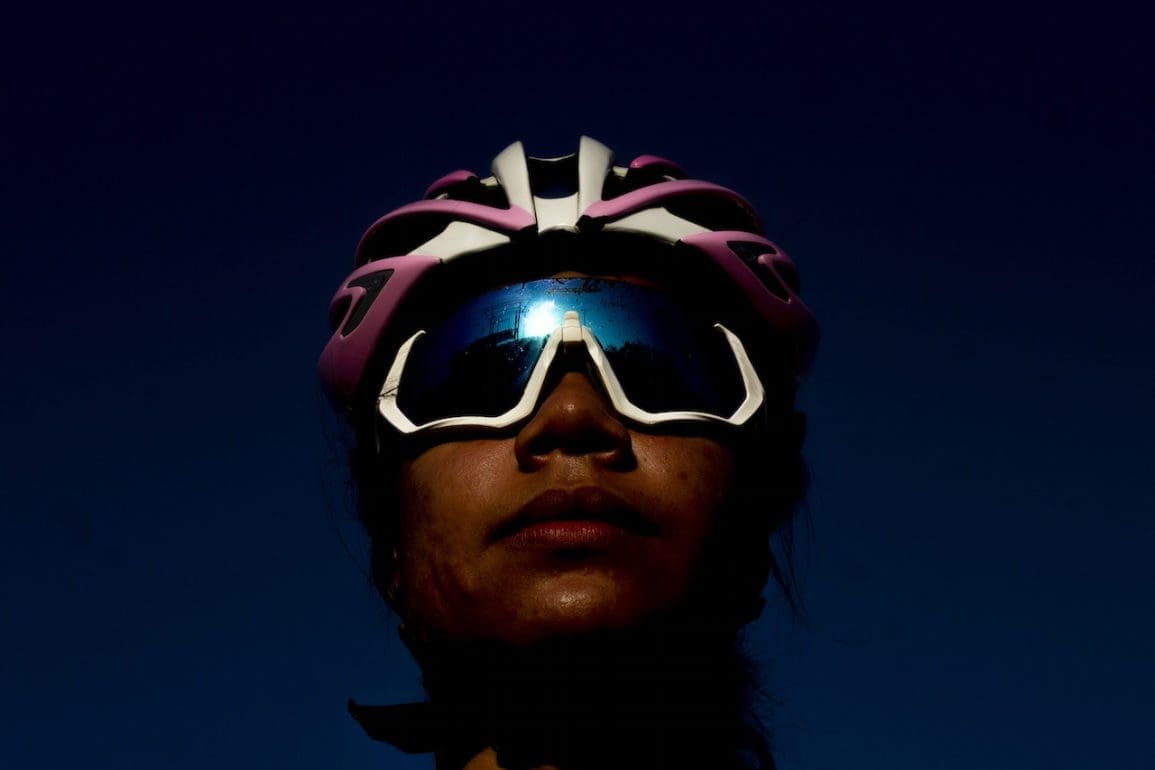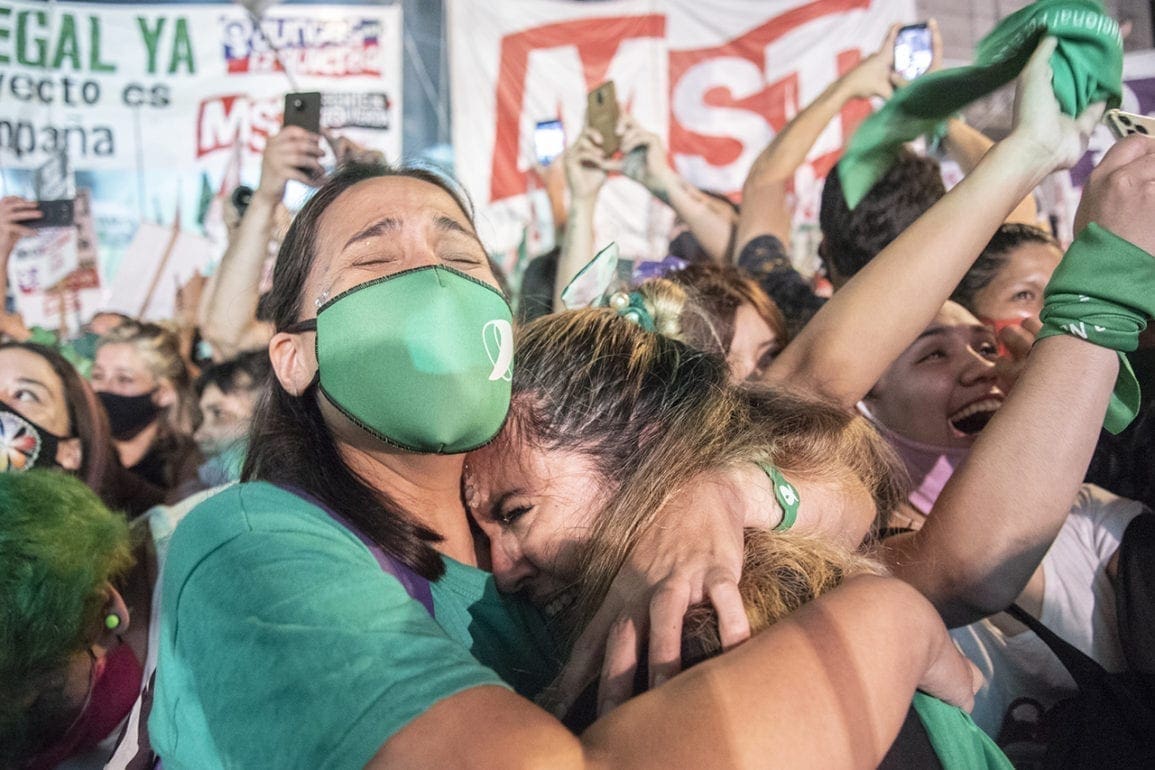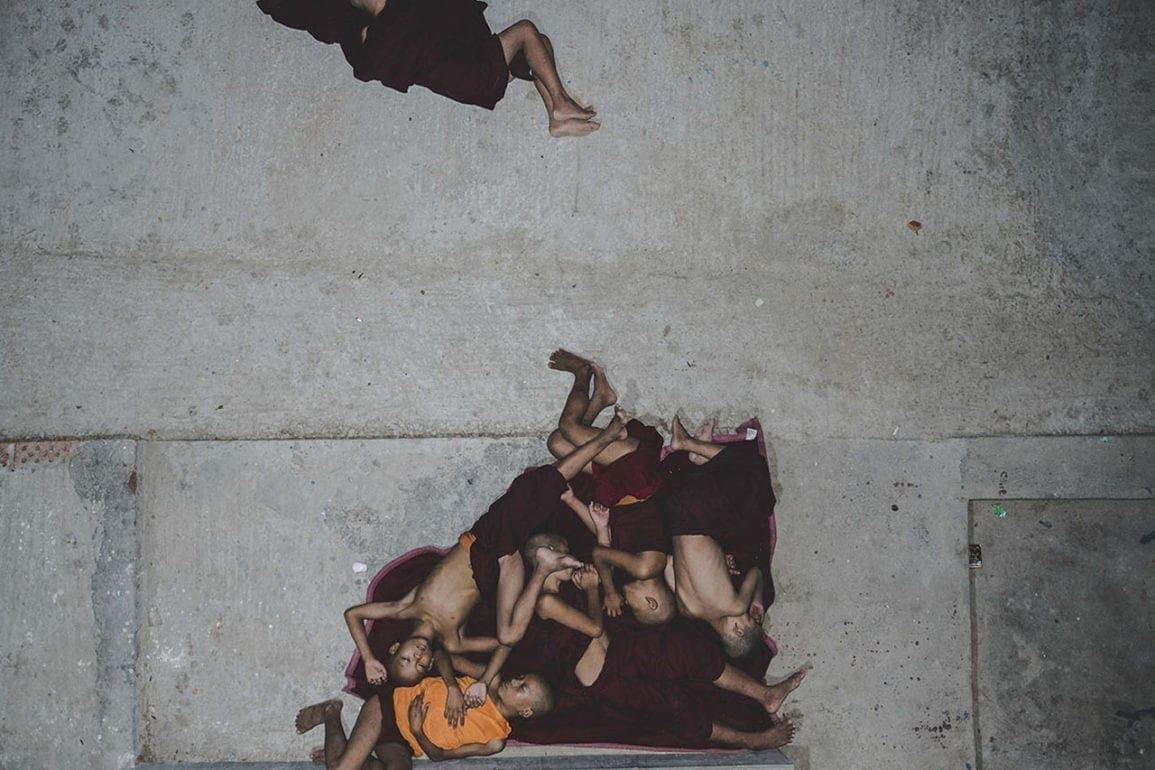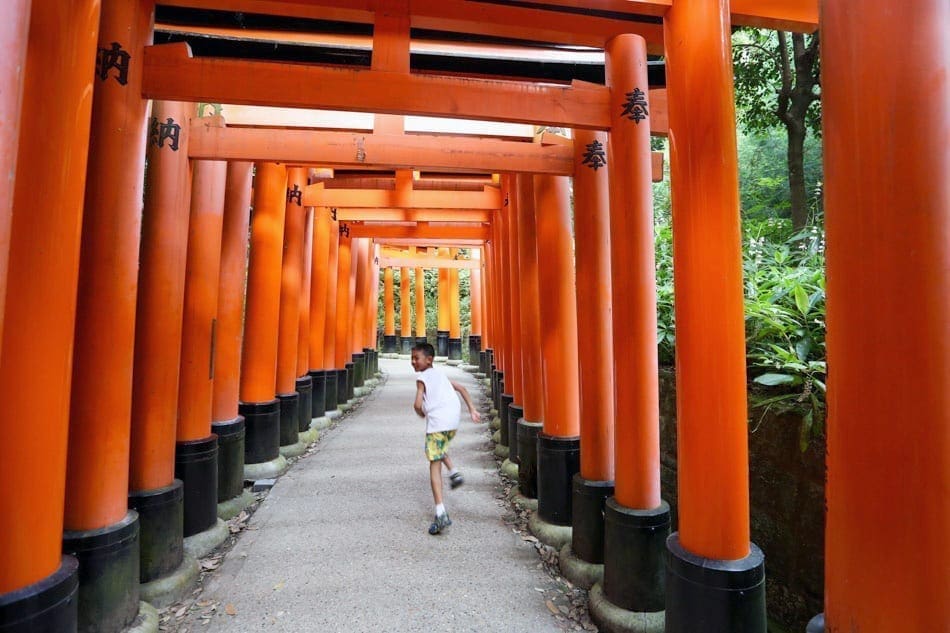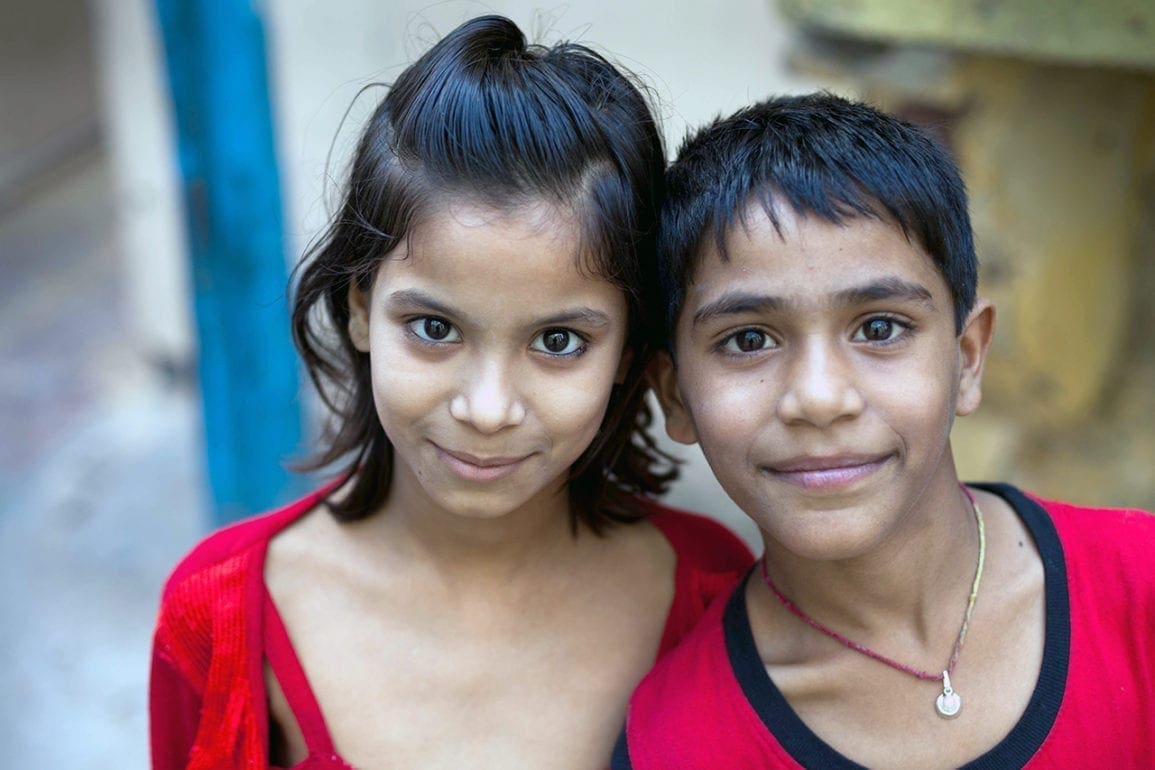Blind men find vocation making mattresses in El Salvador
I used to beg for work, but my new skills give me courage and satisfaction with my life. I enjoy what I do—my hands are my instrument.
- 2 years ago
April 27, 2022
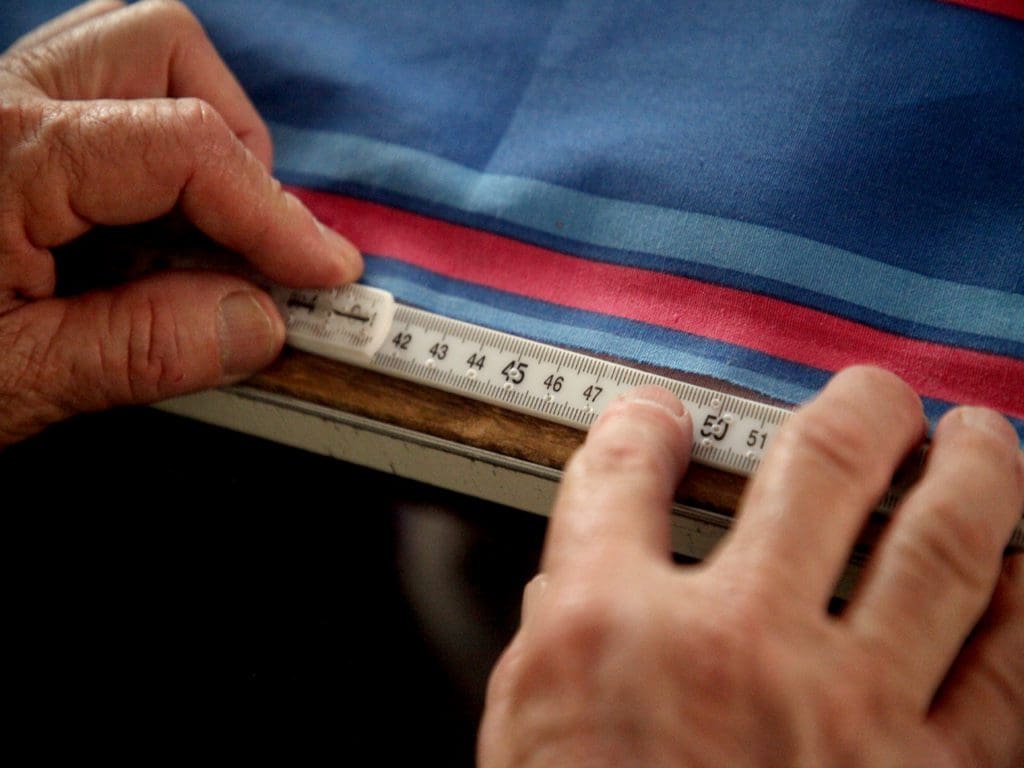
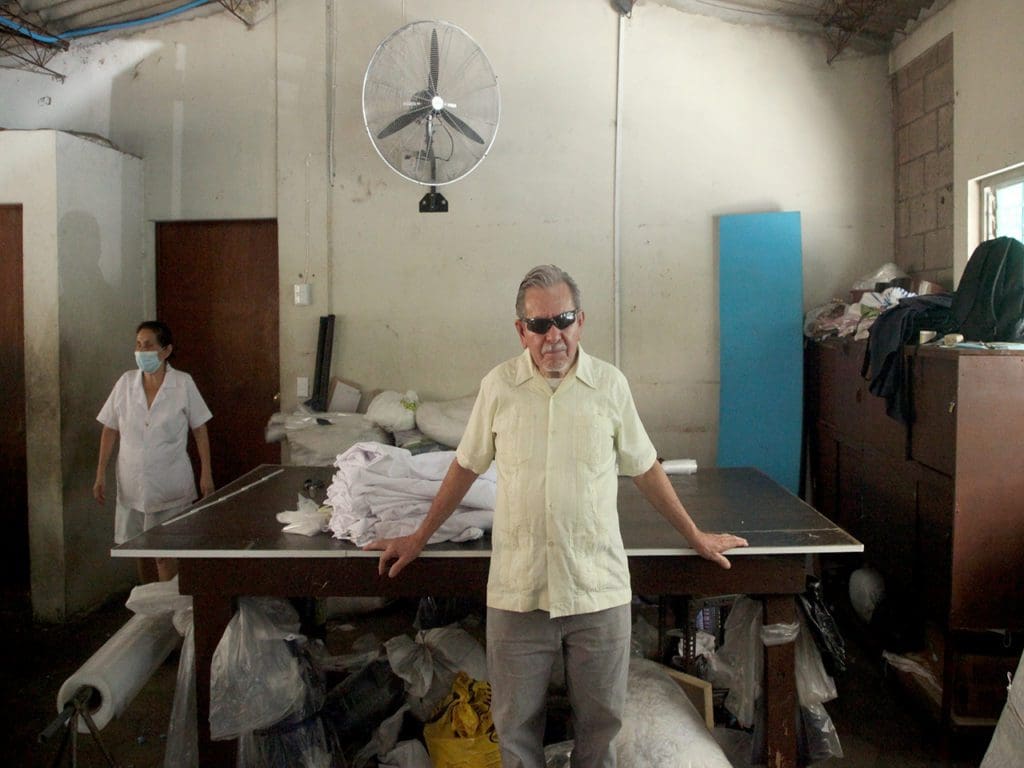
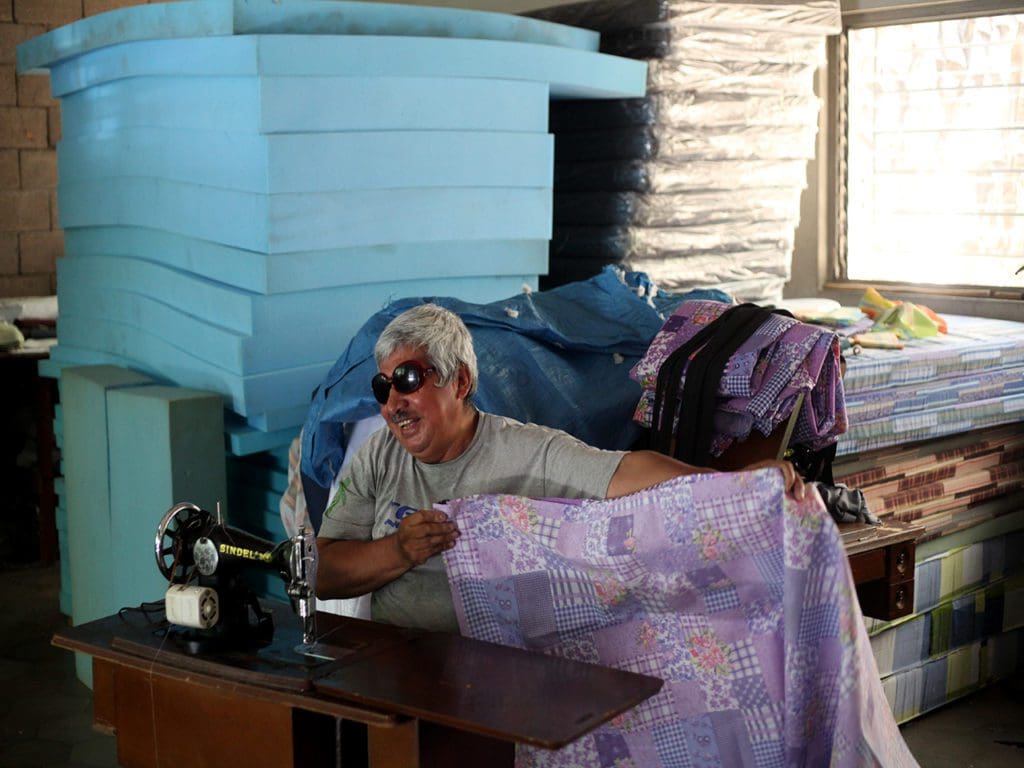
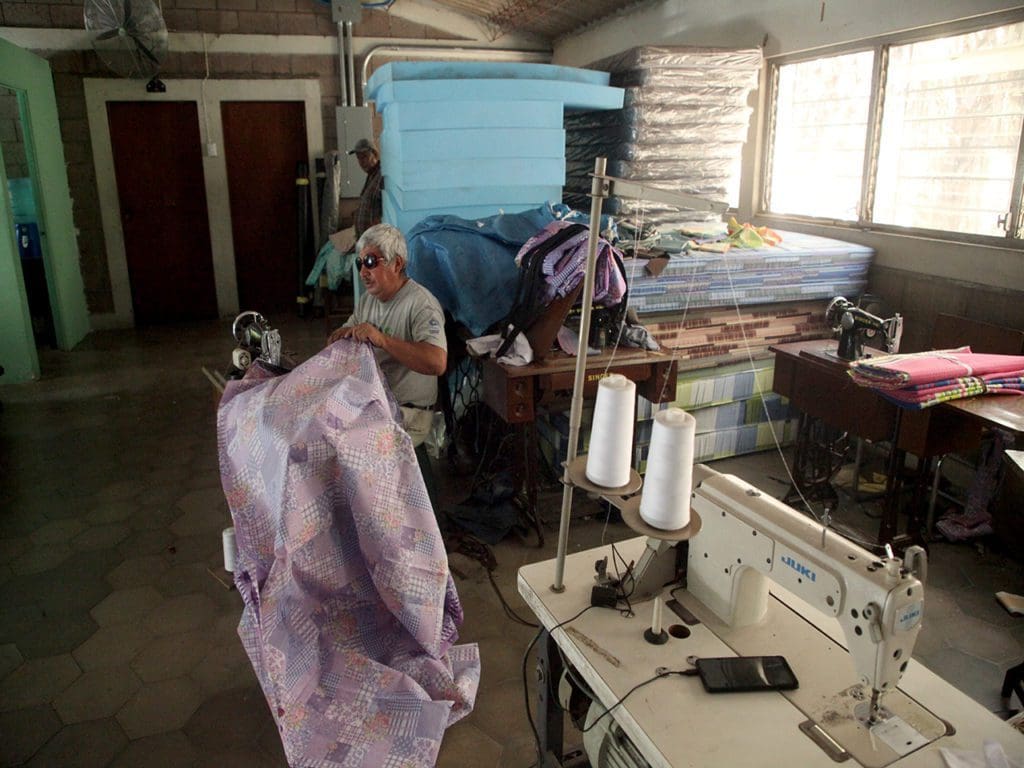
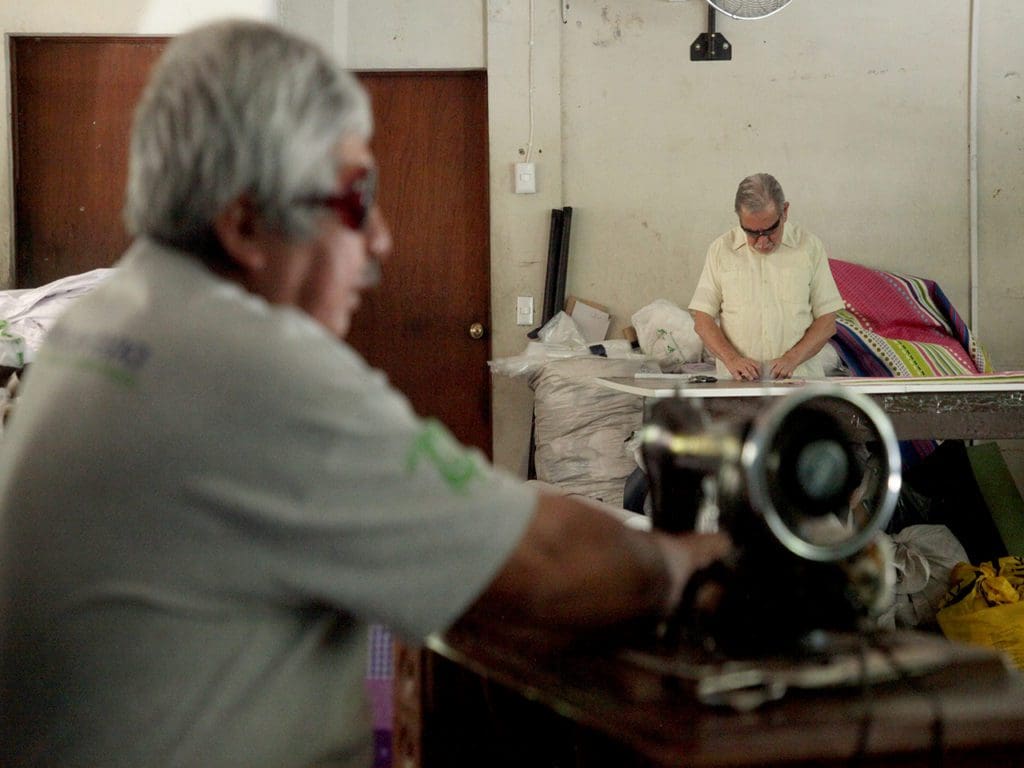
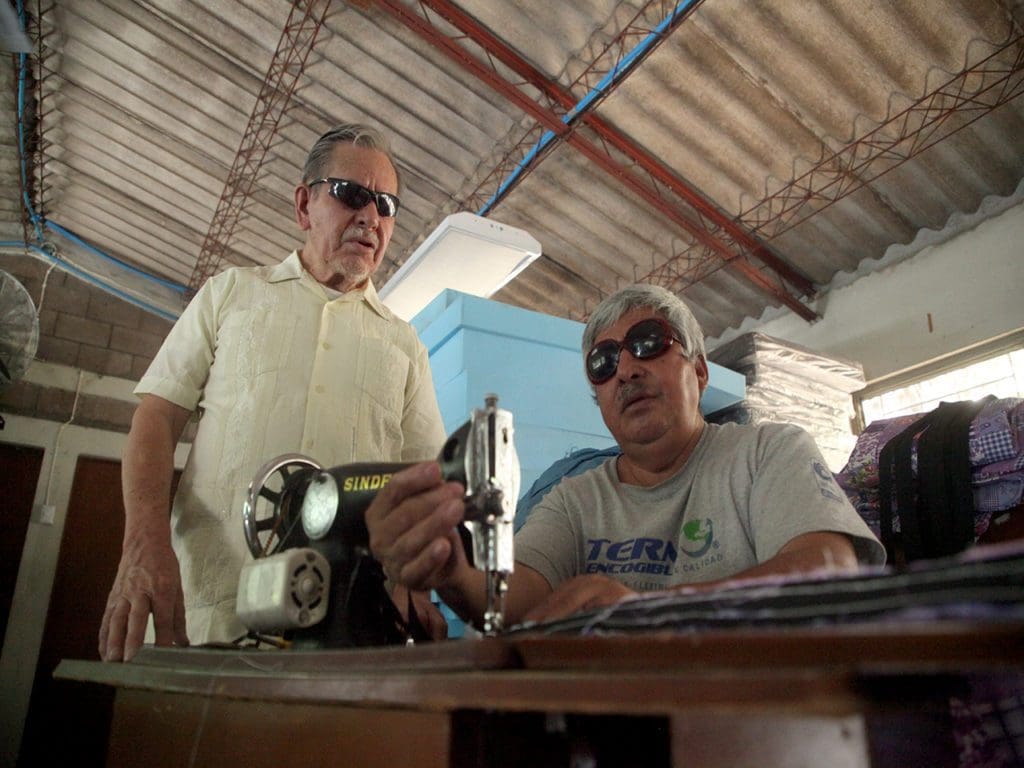
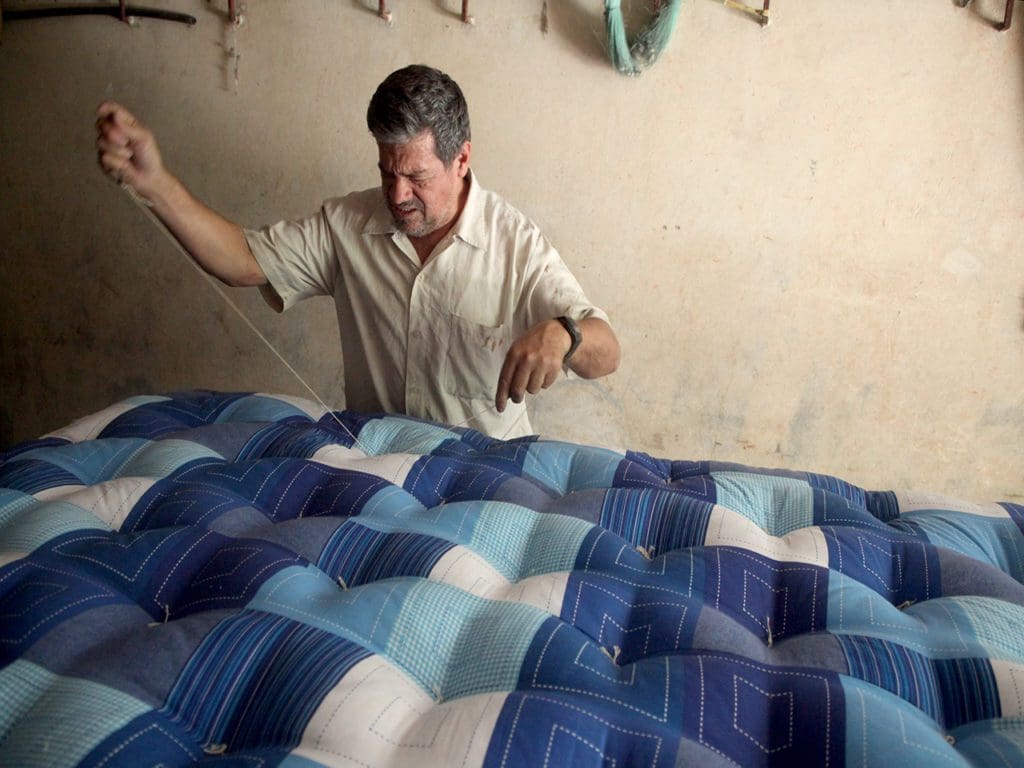
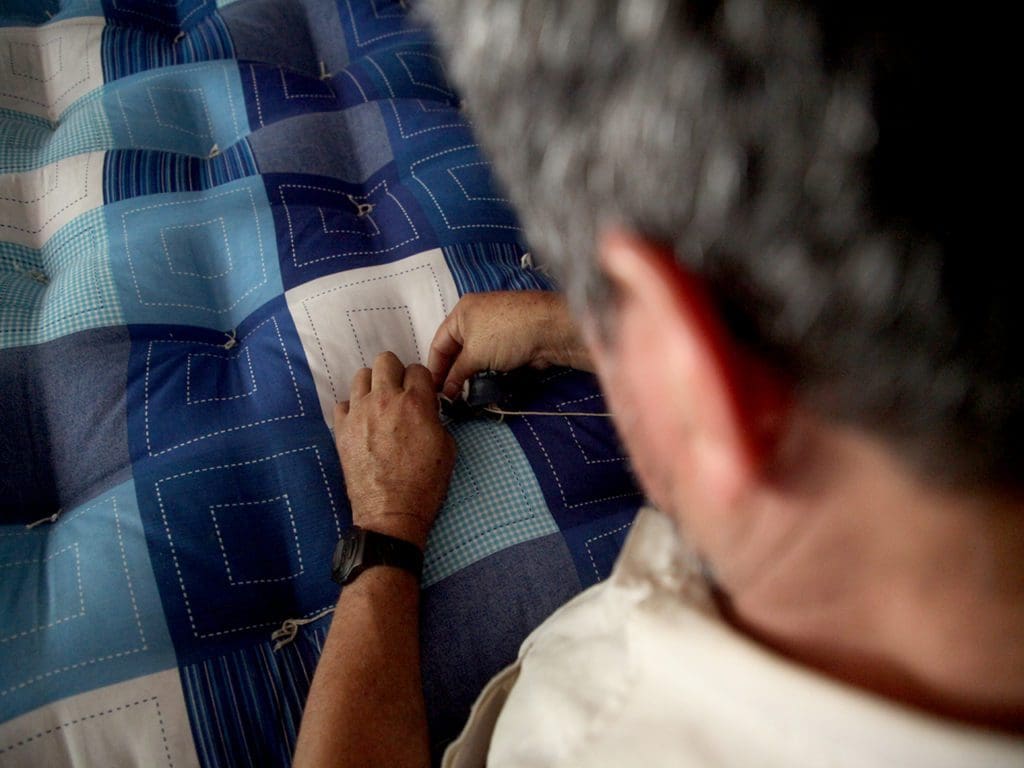
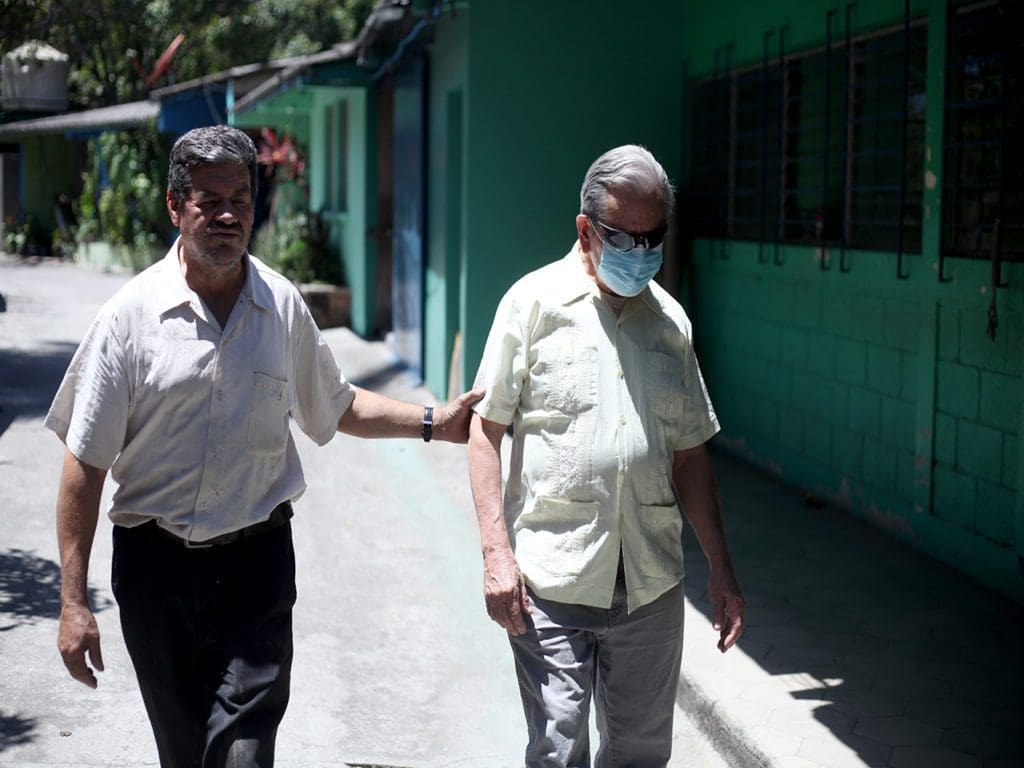
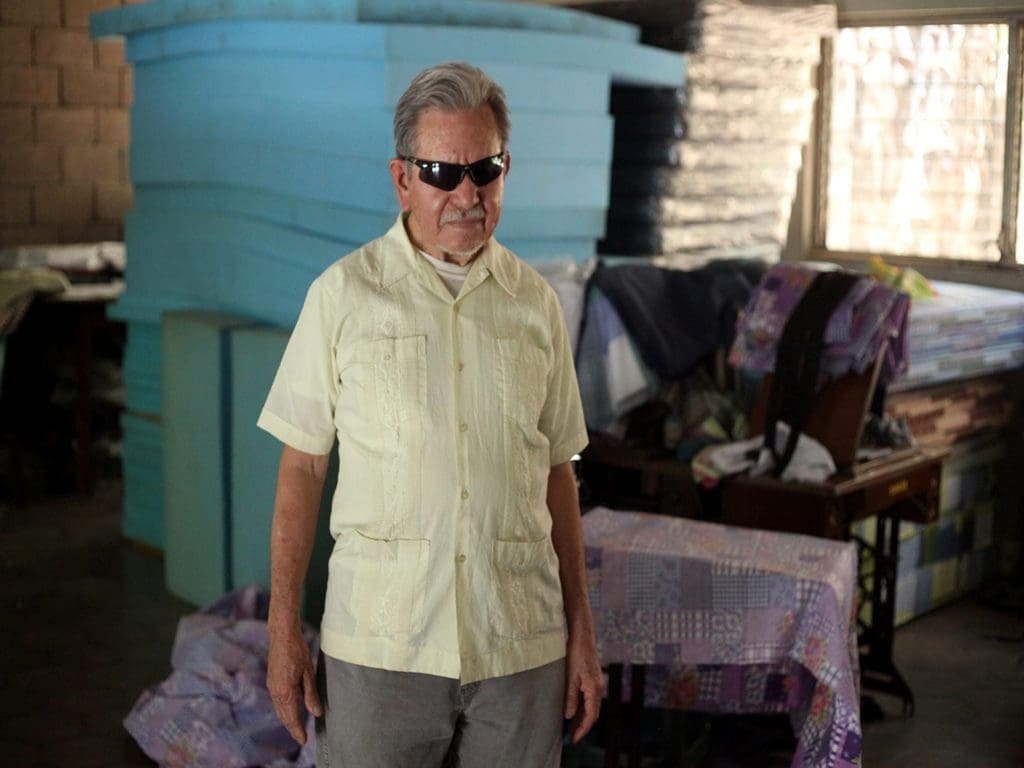
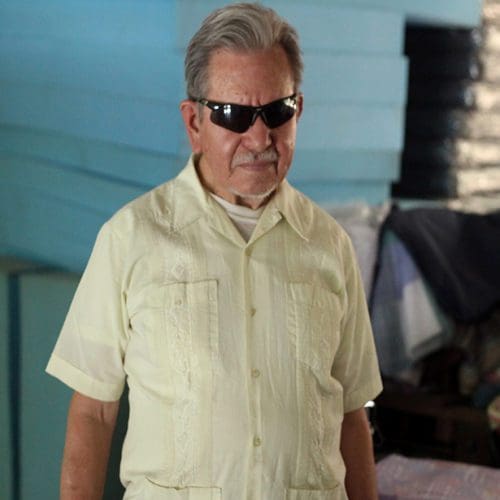
SAN SALVADOR, El Salvador— With solely touch at our disposal, my colleagues and I make mattresses and pillows at Colchonería (Mattress) Santa Lucía. My blindness has not prevented me from learning all the things that are done here, but it did scare me at first.
After going blind, I didn’t think I was going to be able to tell the time by touching a clock, much less cut and measure fabric and make a mattress by hand. It was difficult for me to learn, but my desire to learn and in turn be able to teach it to others overcame any fears.
My new skills give me courage and satisfaction with my life. I enjoy my work—my hands are my instrument.
My life changes overnight when I go blind
I’m not ashamed to say it—I have cried my eyes out over my blindness, but I always trust in God’s mercy. It was hard, after having sight, to lose such a critical sense. However, I’ve never reached the point on thinking of taking my own life.
It started with what I thought was a mild problem. The doctor told me at first that it was an infection in the optic nerve, but during a later examination, they found I had cataracts. I had surgery, but I already had retinal detachment and nothing could be done. My financial limitations did not allow seek further treatment with a specialist. I was now a blind man.
Before losing my vision, I worked in the fields: picking coffee, fertilizing the milpa (corn fields), and doing whatever else was needed. With that, I survived. Once I went blind though, I had to spend a lot of time doing nothing. I felt completely boxed in by my new limitations.
Finding a new start in San Salvador
When I was approximately 35, I migrated from the department of Cabañas to San Salvador, and my father helped me get into the School for the Blind. It was difficult to come to the capital and adapt. In the beginning, I sweated from nerves every time I walked through the streets and heard the cars. I have managed to overcome many of those fears with time.
When I got out of the School for the Blind, I spent a lot of time unemployed, sending job applications from place after place, never hearing back. It was a full year without working. After that, I came to the Association of the Blind, and they opened their doors to me in 1984.
I finally started working making materials for bathrooms, and it was there that I met two colleagues who could already make mattresses. They taught me in turn and I decided to join that venture, seeing the lack of opportunities for my current sector.
Here, we made cotton mattresses and mats. I spend much of my time here, but I also try to find balance and dedicate time to my wife, who has been with me since before I went blind. She is my only family, because we do not have children.
How to make a mattress without sight
I started with simple mattresses and small products. At first, they weren’t turning out great, but little by little I learned and have been improving. Now I pride myself on offering quality work strive to offer and make new products.
Currently, my role is supporting the fabric cutting for our products. I am in charge of cutting the covers, then it goes to the sewing stage and finally the sheathing.
Over time, I’ve learned to identify fabrics by touch, carefully placing my hands on top and trying to feel every single part of its surface. Plain fabrics are the hardest to work with—the lack of distinguishing features make it more complicated for me. However, sometimes that’s what you have to use.
To start, I take the fabric out of the roll and square it on my table (measuring 2.40 by 1 meters, or 7.8 by 3.2 feet) so that the cut is even in length and width. The table is my guide—it shows me where to go. I fold the material in two parts, place my index finger on the tip of the scissors, and slowly begin to cut. Sometimes I also use my thumb mounted on the other finger, so there is less chance of hurting myself.
Using scissors scared me at first, but I learned this to conquer this over time as well. Although I have cut myself several times and it still occasionally happens, my fears have dissipated.
From time to time I also support cutting foam of different sizes; they are measured using the braille method. After cutting the fabric, the other partners sew, and then the products are melted.
Trying to hold our own with an artisanal product
All of us who work here are blind. Though our work is high quality, we struggle because our traditional, artisanal and non-industrial process means it takes us longer to make the products. Our clients sometimes tell us commercial mattresses are cheaper, but we show them our process so that they can appreciate the quality they’re getting.
We also can’t produce large quantities at a time, and what we are able to earn suffers as a result.
The salary is not enough for me; before the pandemic it was a little better, but now I come to work a little just to help, knowing I will not make enough to support my family. However, I feel satisfied with my co-workers. Our team supports each other.
There are good and bad days. I make an effort to advertise our products, and sometimes we get enough projects to keep ourselves busy. When there is a lot of work, we even involve relatives to support us.
Even though we encounter challenges at Colchonería Santa Lucía, I feel good regardless. Before I used to beg for work; since I learned this new trade I feel incredibly proud and satisfied when I finish a new product. This achievement is not only because of my efforts but because of what God has achieved me. It fills me with joy.
All photos by Cecilia Fuentes
